Are you a real history buff and are you looking for the best history museums to visit in Saxony? These are the ones:
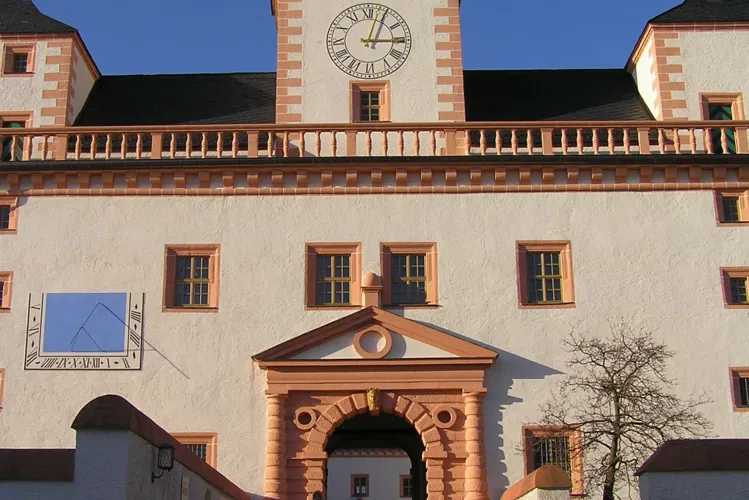
Augustusburg Castle
AugustusburgThe Augustusburg hunting lodge, a significant landmark, was constructed between 1568 and 1572. It is situated above the town of Augustusburg, on a hill known as the Schellenberg. This location offers a panoramic view of the surrounding area, making it a notable point of interest for visitors.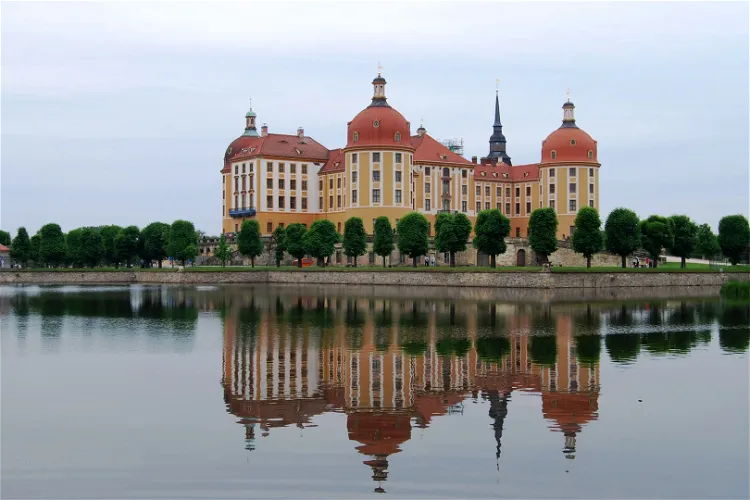
Moritzburg Castle
MoritzburgSchloss Moritzburg, a baroque hunting lodge, is located in the municipality of Moritzburg, near Dresden in the Free State of Saxony, Germany. The castle was built in the 16th century by Elector Moritz of Saxony and was later remodeled by Augustus the Strong. This historical monument is a testament to the architectural prowess of the time and offers a glimpse into the lives of the nobility who once resided here.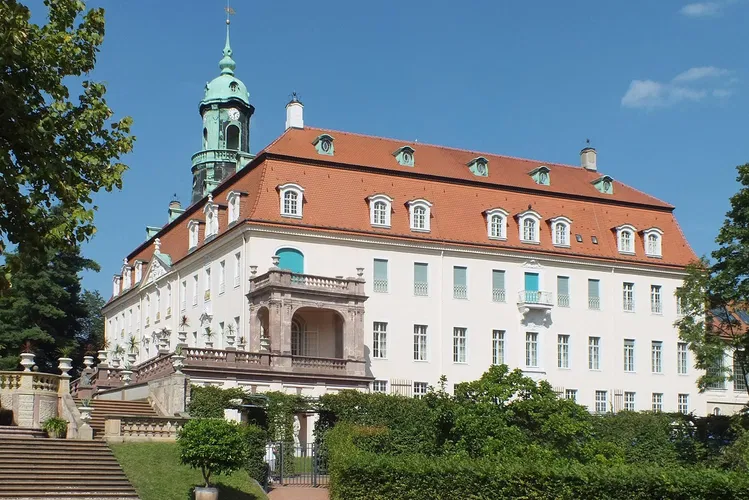
Castle and Park Lichtenwalde
Niederwiesa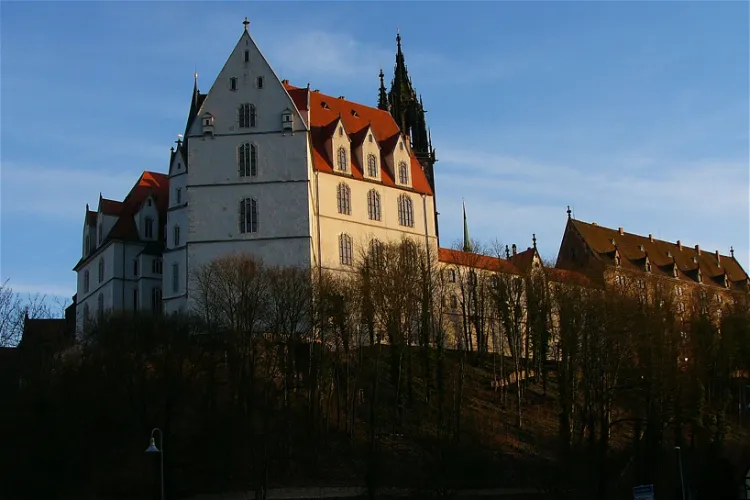
Albrechtsburg Castle
MeissenAlbrechtsburg is a late Gothic castle situated in the heart of Meissen, in the federal state of Saxony, Germany. This historic castle, with its rich history and architectural beauty, offers a unique glimpse into the past. It was built in the late Gothic period and has since been a significant landmark in the city. The castle's location in the city center makes it easily accessible for tourists.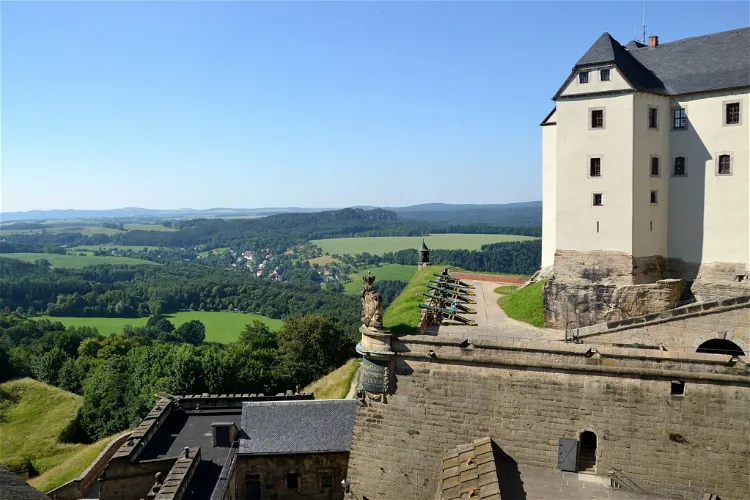
Königstein Fortress
KönigsteinKönigstein Fortress, located in the German state of Saxony, is one of the largest mountain fortresses in Europe. It is situated in Sächsische Schweiz, a part of the Elbe Sandstone Mountains. The fortress is built on a plateau named after it, standing 352 meters above sea level and to the west of the town of Königstein on the left bank of the Elbe in the district of Sächsische Schweiz-Osterzgebirge.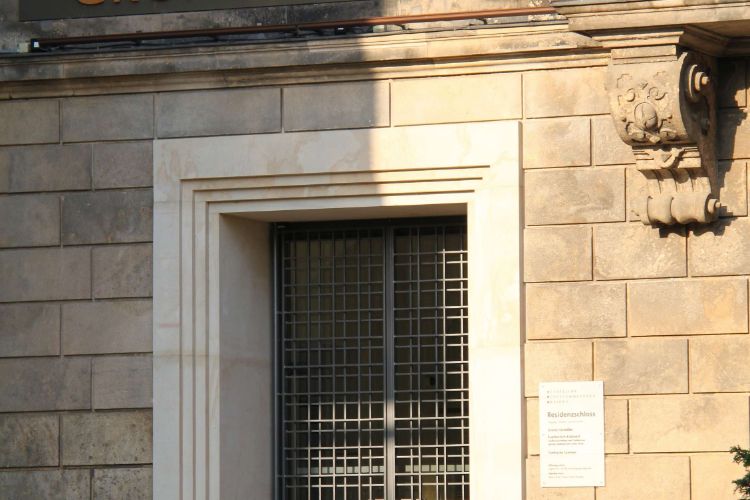
Green Vault
DresdenThe Green Vault (Grünes Gewölbe) is a museum in Dresden that holds the largest collection of treasures in Europe and contains many exhibits from the Baroque to Classicism. The Green Vault is named after the formerly malachite green painted column bases and capitals of the main rooms. The museum open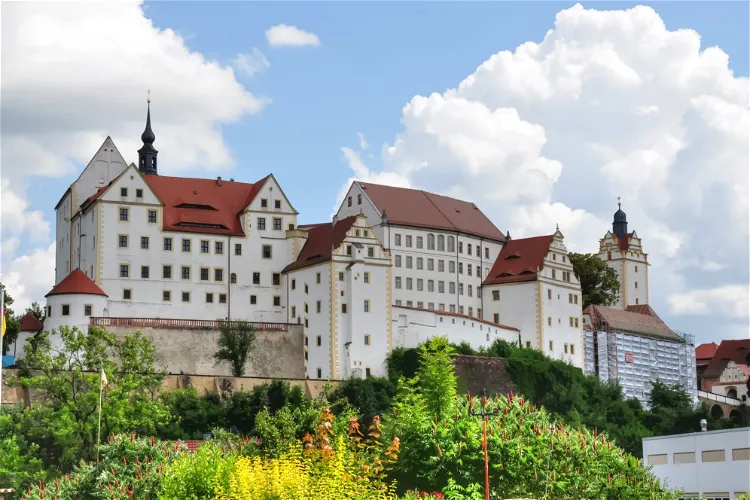
Colditz Castle
ColditzColditz Castle, a historical monument with origins dating back to the 11th century, is situated in the town of Colditz, nestled between Leipzig and Dresden in Saxony. The castle was built under the permission of Emperor Henry IV by Margrave Wiprecht of Groitzsch. It was strategically placed on a hill, providing a commanding view over the left bank of the Mulde river.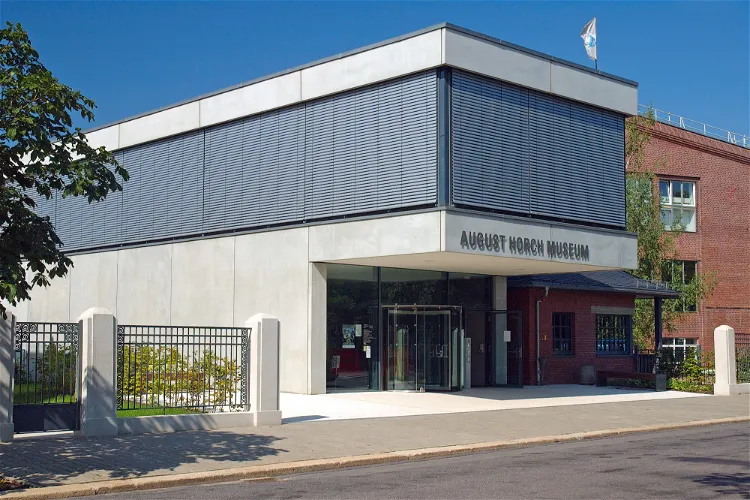
August Horch Museum
ZwickauThe August Horch Museum in Zwickau, an automobile museum, has a rich history dating back to its opening in 1988. After undergoing extensive renovations and reconstructions in the oldest part of the former Zwickau Audi factory, it was reopened in September 2004. The museum saw further expansion in November 2017, enhancing its offerings and space for exhibits.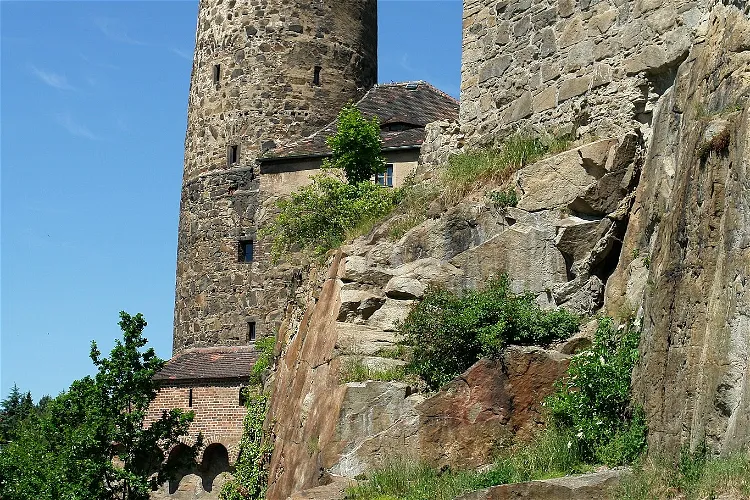
Old Waterworks Tower
BautzenThe Old Waterworks Tower, also known as Alte Wasserkunst, is a significant landmark in Bautzen. It is located on the edge of the old town, close to the Mühltor. The tower is situated by the Spree river, making it a prominent sight for visitors entering the city via the Peace Bridge. This historical structure, along with the nearby Michaeliskirche, is considered a symbol of the city.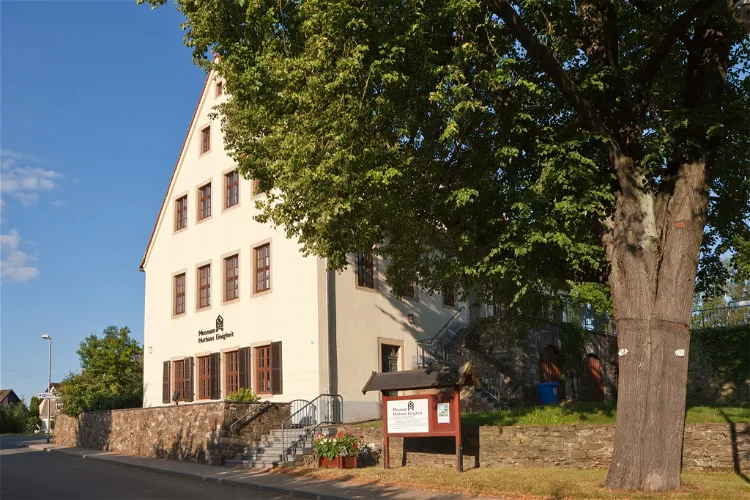
Museum Huthaus Einigkeit
Brand-Erbisdorf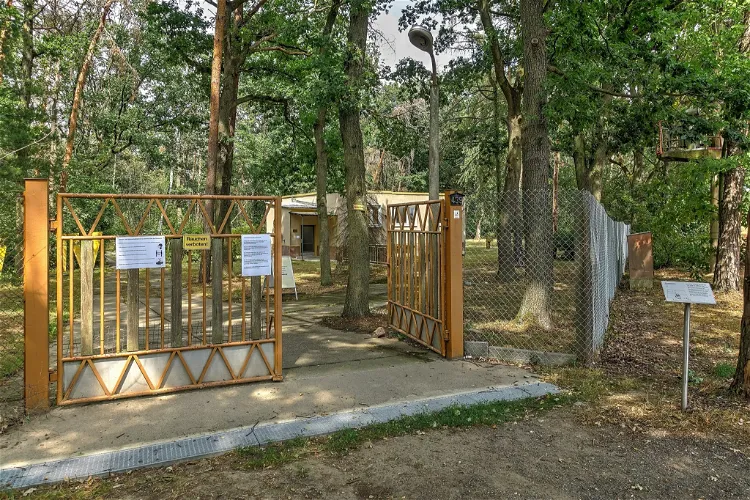
Stasi Bunker Museum
LübschützThe Lübschützer Teiche Bunker Complex, constructed from 1968 to 1972, was intended to serve as an emergency command centre for the District Administration for State Security, Leipzig, in the event of war or a nuclear attack. This historical context provides a unique insight into the Cold War era and the measures taken by the Stasi to ensure their operational continuity in extreme circumstances.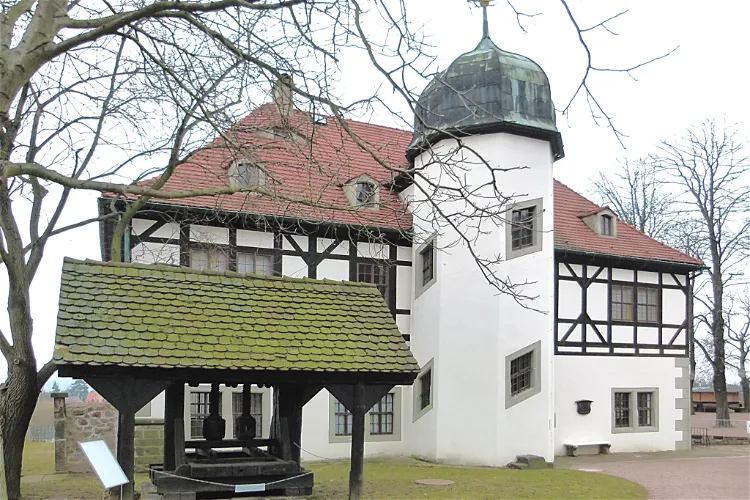
Sächsische Weinbaumuseum
RadebeulThe Berg and Lusthaus Hoflönitz, located in Radebeul Oberlönitz, is the primary structure of the former royal Saxon vineyard, Hoflönitz, which is now municipally owned. This historic building has a rich history and is a significant part of the vineyard.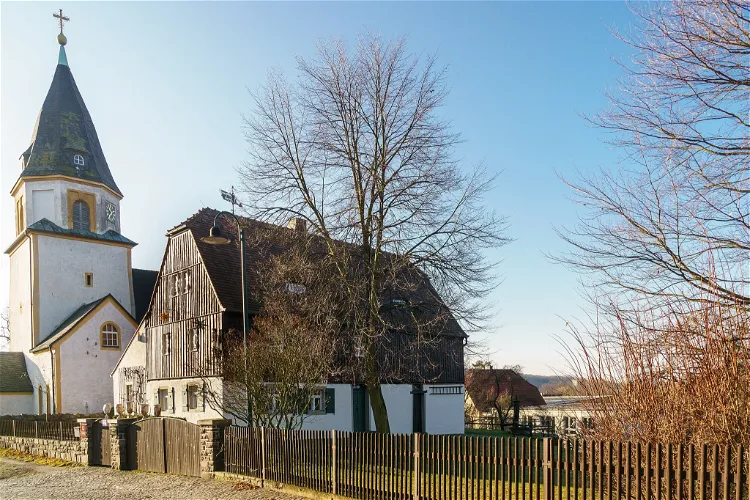
Museum Steinarbeiterhaus Hohburg
Lossatal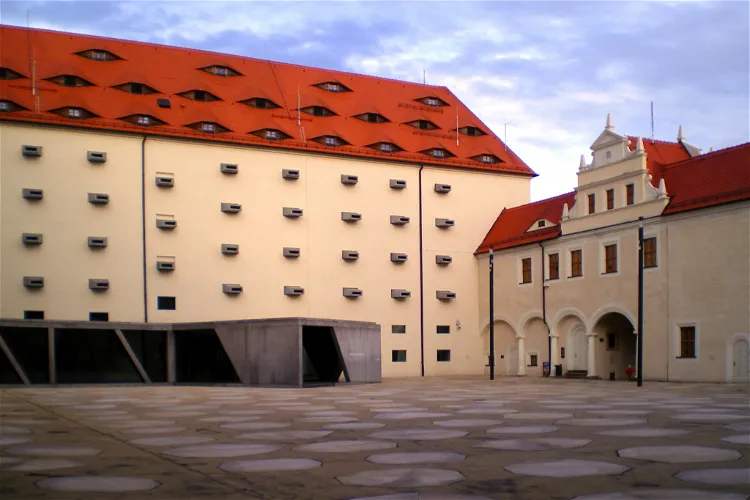
terra mineralia
FreibergTerra Mineralia, located in Freudenstein Castle in Freiberg, is a mineral exhibition that boasts over 3500 exhibits. This makes it one of the largest mineral exhibitions in the world, offering a unique opportunity for visitors to explore a vast collection of minerals, gemstones, and meteorites from around the globe.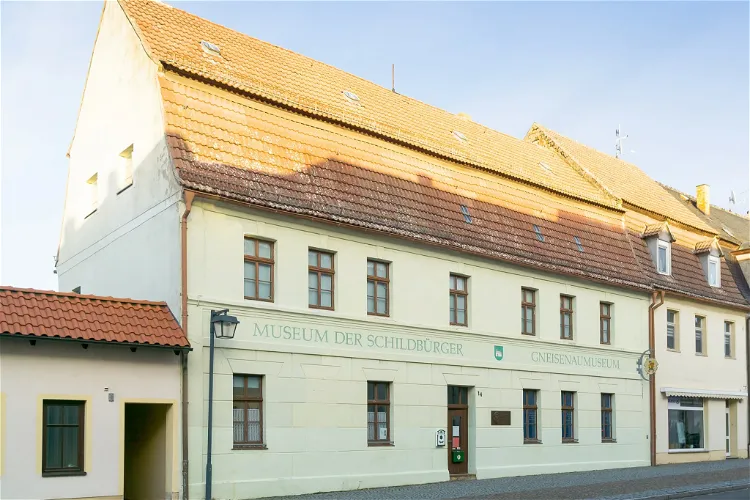
Schildbürger- und Gneisenaumuseum
Belgern-Schildau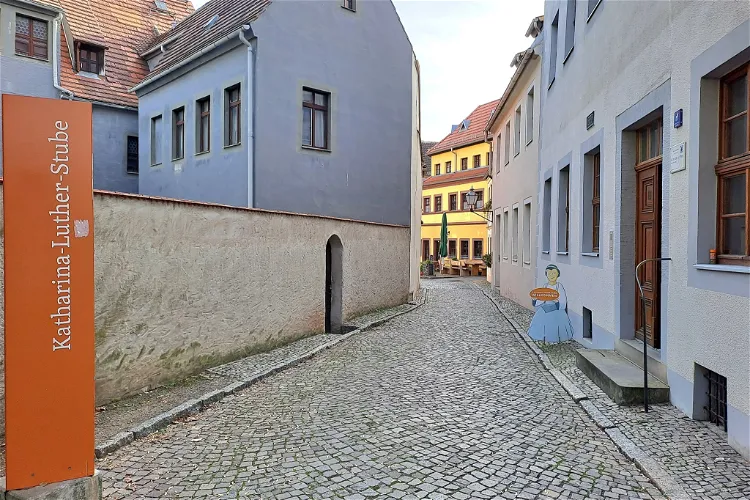
Katharina-Luther-Stube
Torgau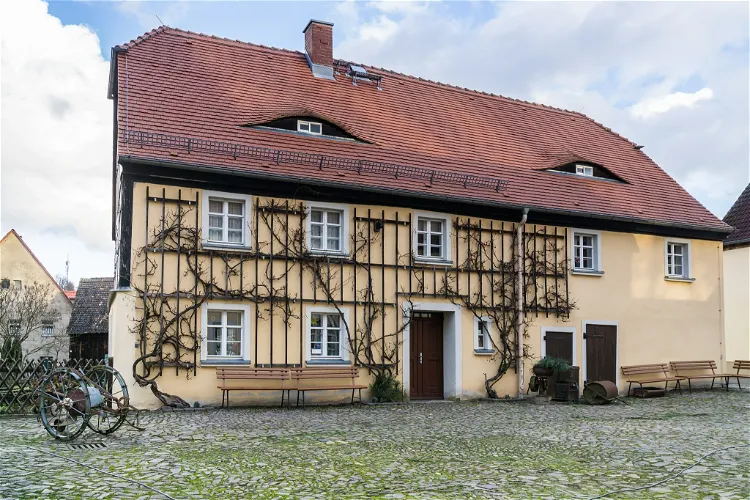
Bäuerliches Museum Schmannewitz
Dahlen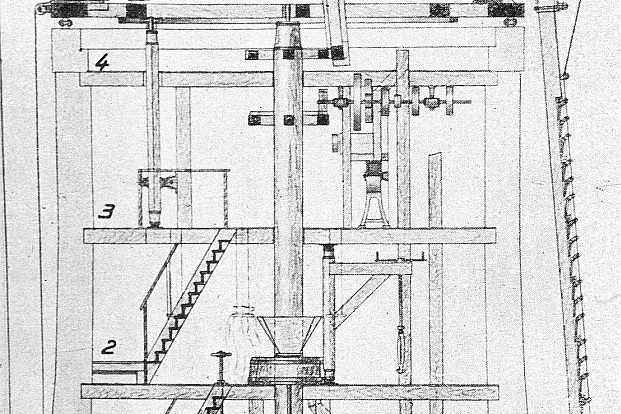
Holländerwindmühle Syrau
SyrauThe Holländerwindmühle Syrau in Syrau is the only Dutch windmill in Vogtland, Germany. This unique feature makes it a distinctive landmark in the region, offering visitors a glimpse into the historical and cultural significance of windmills in the area.
Sonnenstein Euthanasia Centre
PirnaSonnenstein Castle in Pirna, Saxony, Germany, was the site of the Nazi extermination center, Pirna-Sonnenstein. The castle, which had been serving as a hospital since 1811, became a significant location in the history of the Holocaust. It was here that the Aktion T4 and Aktion 14f13 programs were carried out, leading to the death of approximately 15,000 disabled individuals and concentration camp detainees.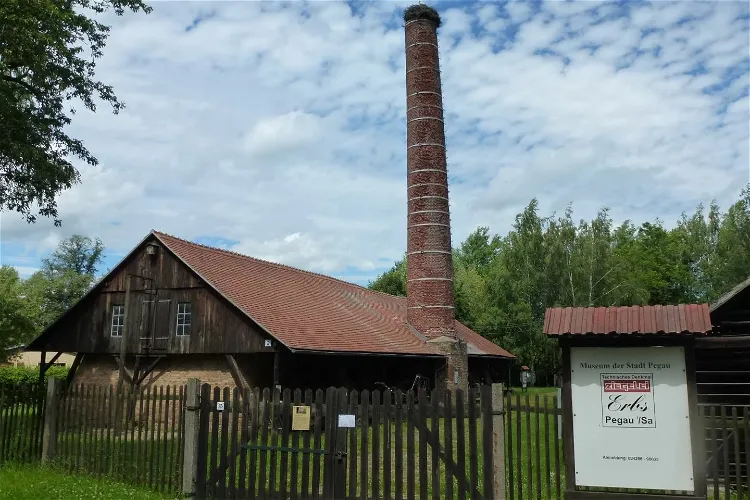
Technisches Denkmal Ziegelei Erbs
PegauThe Ziegelei Erbs in Pegau is a technical monument that serves as a museum. This historical site offers a unique insight into the early phase of industrial brick production. The brickyard is under monument protection and is affiliated with the Pegau Museum. With its preserved, subtly restored technical facilities and equipment, it demonstrates how bricks were made in the first half of the 20th century.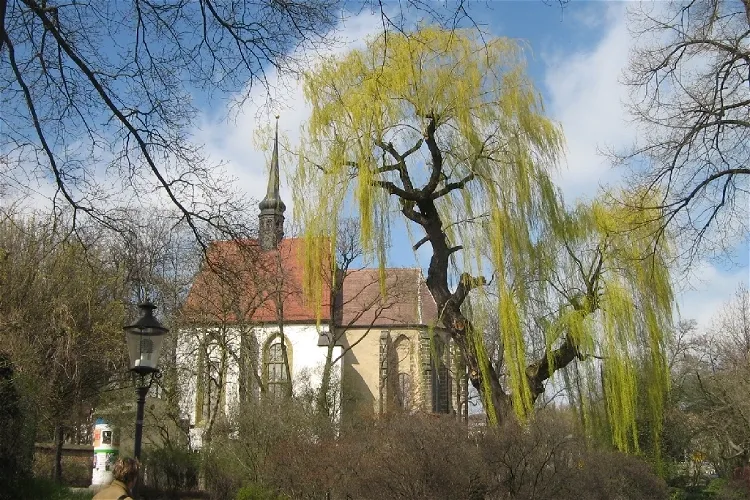
Museum Church of the Holy Cross
ZittauThe Church of the Holy Cross in Zittau, located in Saxony, is a secularized Gothic church. It is known for being the largest single-support room in Germany. The church now serves as a museum, where the Great Zittau Lenten Veil is exhibited. This historical artifact is a significant part of the museum's collection and is a major attraction for visitors.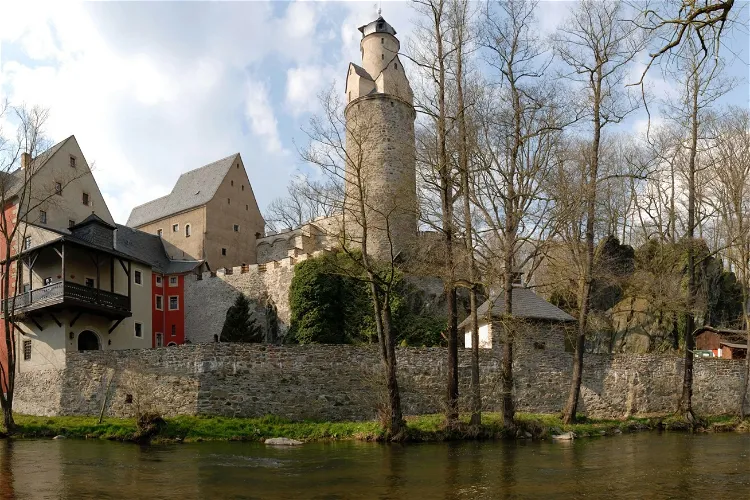
Stein Castle
HartensteinStein Castle, also known as Burg Stein or Burg und Schloss Stein, is a historic Saxon castle situated in the village of Stein, within the municipality of Hartenstein. The castle is located southeast of Zwickau, on the rocky banks of the Zwickauer Mulde, in the eastern German state of Saxony. This location offers visitors a unique blend of natural beauty and historical significance.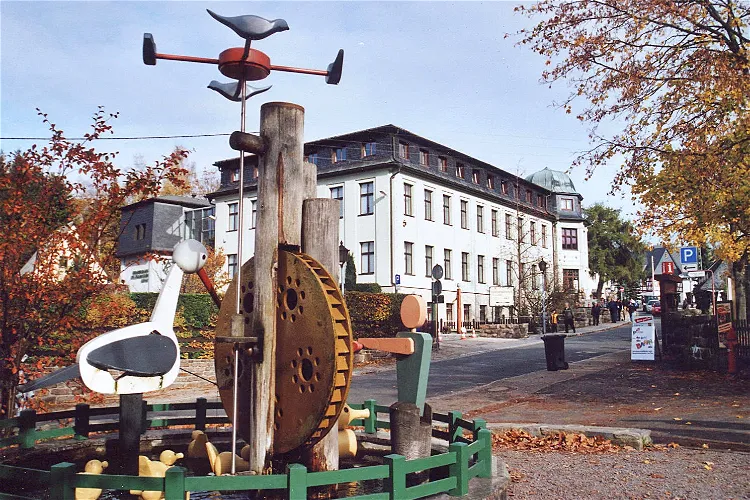
Ore Mountain Toy Museum
Seiffen/ErzgebirgeThe Ore Mountain Toy Museum, located in Seiffen, is a globally recognized institution that showcases the unique toys and folk art of the Ore Mountain region. The museum was inaugurated in 1953 and has since been a significant cultural landmark in the area, attracting visitors from all over the world.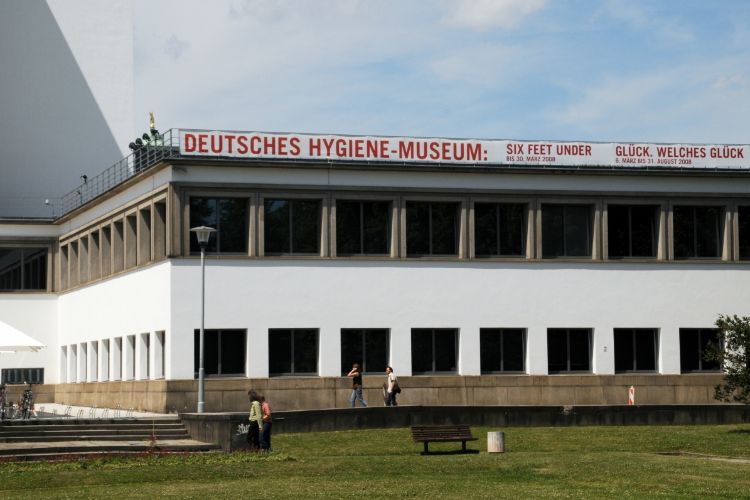
German Hygiene Museum
DresdenThe German Hygiene Museum (Deutsches Hygiene-Museum) is a medical museum in Dresden. It sees itself as a public forum for science, culture and society. On permanent display are the permanent exhibition "Abenteuer Mensch" and the "Kinder-Museum Unsere fünf Sinne". The permanent exhibition puts the hu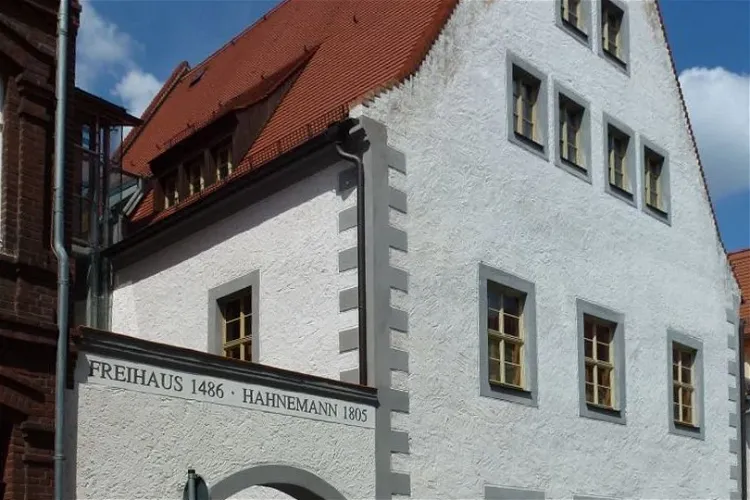
Hahnemann-Haus
Torgau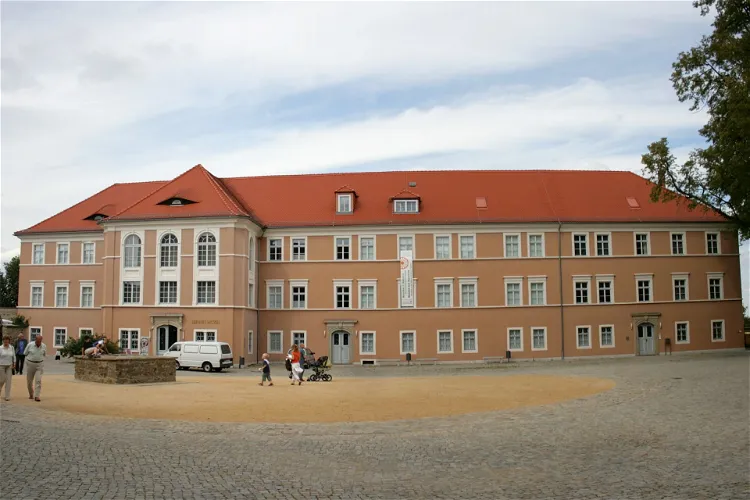
Sorbian Museum
BautzenThe Sorbian Museum, located in the salthouse of the Ortenburg in Bautzen, is a significant repository of Sorbian culture and history. With a collection of approximately 35,000 inventarized objects, it stands as the most important museum dedicated to the preservation and exhibition of Sorbian heritage.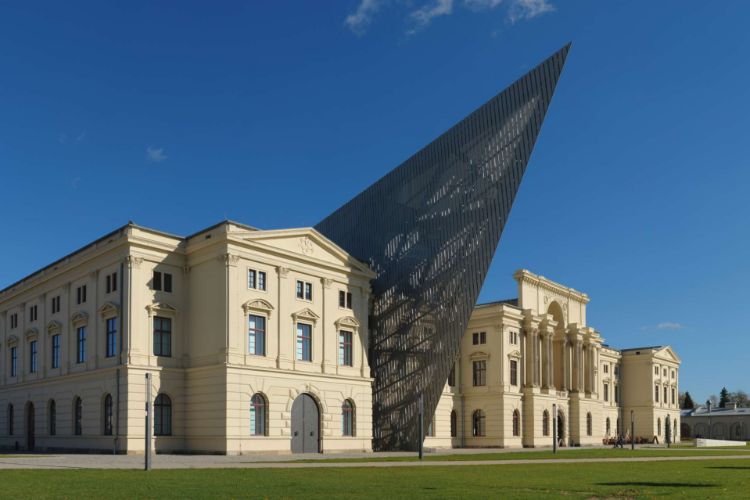
Military History Museum
DresdenThe Bundeswehr Military History Museum (Militärhistorisches Museum der Bundeswehr Dresden, MHMBw) is the military museum of the Bundeswehr (the German Armed Forces). The museum is housed in a former military arsenal and is one of the major military history museums in Germany. The Military History Mu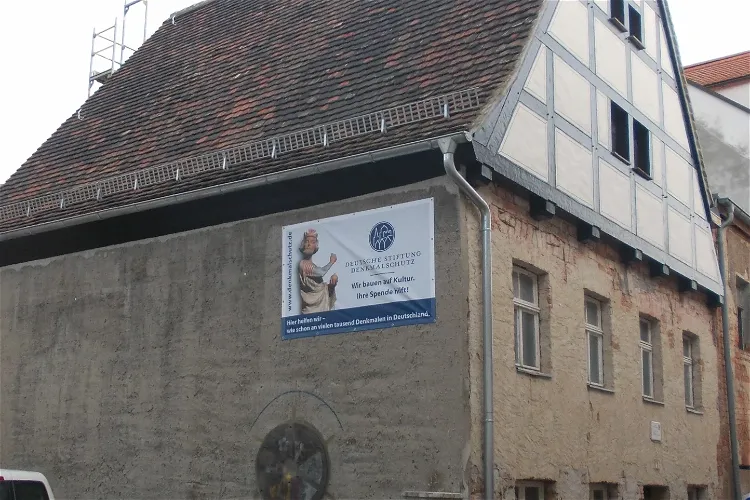
Spalatinhaus
Torgau
Bach Museum
LeipzigThe Bach Museum is a museum in Leipzig that is dedicated to the composer Johann Sebastian Bach and his family. It is located in the Bosehaus where the Bach Archive is located. In addition to original pieces from Bach's life, interactive elements have also been added to the presentation. There are mu- 30
Historisches Handwerkerhaus
Torgau - 31
Bartholomäusschacht
Brand-Erbisdorf 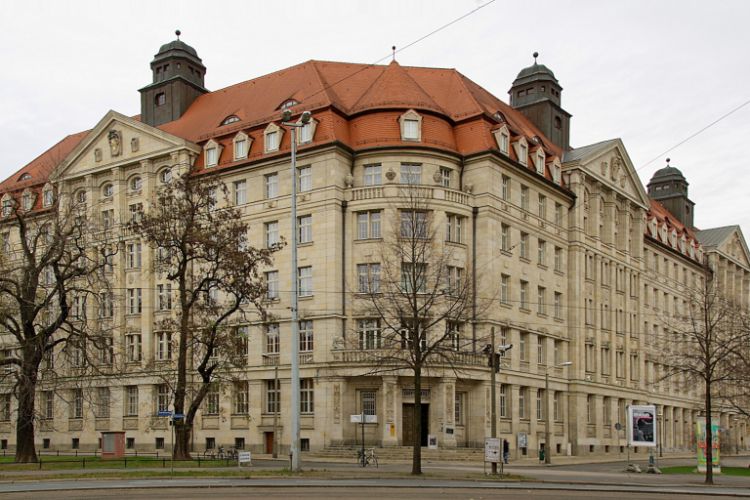
Museum in der Runden Ecke
LeipzigThe Museum in der Runden Ecke is a museum in Leipzig on the history, structure and operation of the Ministry of State Security (MfS) in the GDR. The museum houses the permanent exhibition "Stasi - Power and Banality".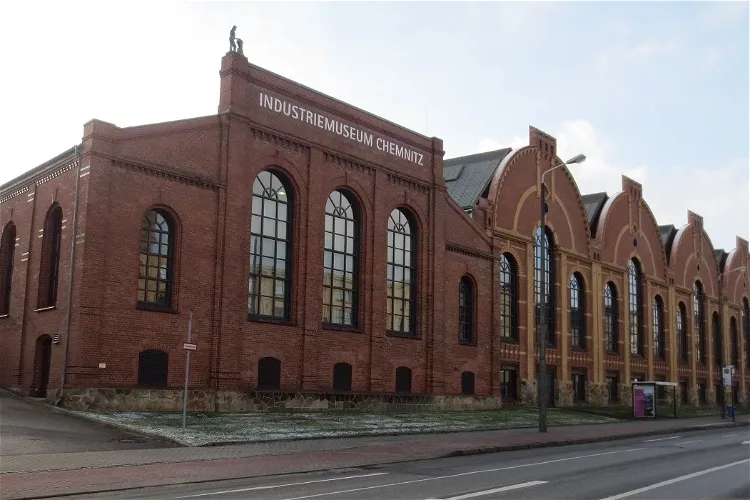
Industriemuseum Chemnitz
ChemnitzThe Industriemuseum Chemnitz is a significant repository of Saxony's industrial history. It is situated in a former foundry hall of the erstwhile tool machine factory Hermann and Alfred Escher AG. This location adds a unique historical context to the museum, making it a fascinating destination for those interested in the industrial past of the region.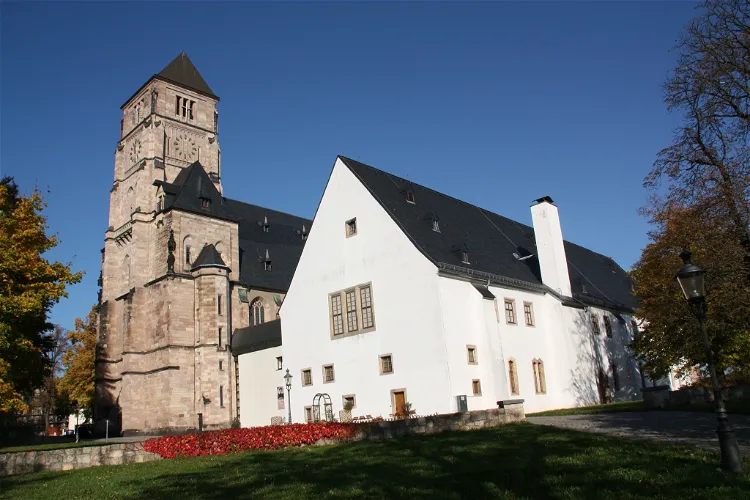
Schloßbergmuseum Chemnitz
ChemnitzThe Schloßbergmuseum is the city history museum of Chemnitz. It is situated in the Schloßchemnitz district on the grounds of an old Benedictine monastery. This location adds a historical charm to the museum, making it a unique place to learn about the city's history.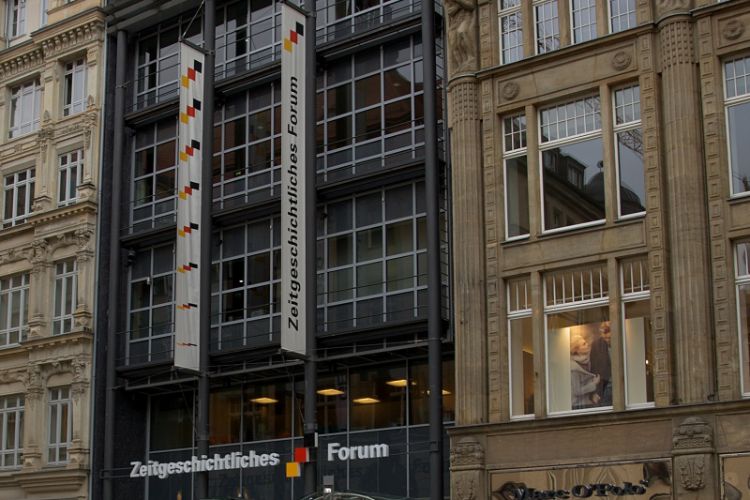
Zeitgeschichtliches Forum
LeipzigThe Zeitgeschichtliche Forum is a museum in Leipzig that illustrates the history of the German division, of everyday life in the communist dictatorship of the GDR and of the reunification process as well as the challenges that face the reunited Germany in the 21st century. The permanent exhibition b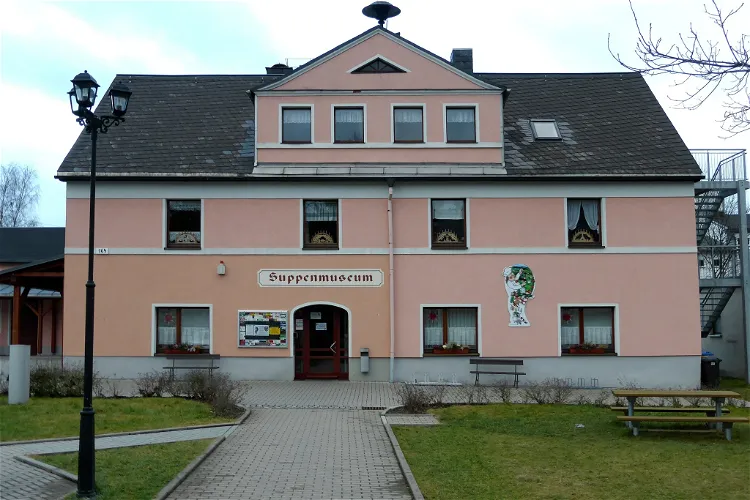
Suppenmuseum Neudorf
SehmatalThe Suppenmuseum, located in Neudorf, a district of the municipality of Sehmatal in the upper Ore Mountains, is a unique attraction as it is the first of its kind in Germany. This museum is dedicated to the history and culture of soup, making it a unique destination for food enthusiasts and history buffs alike.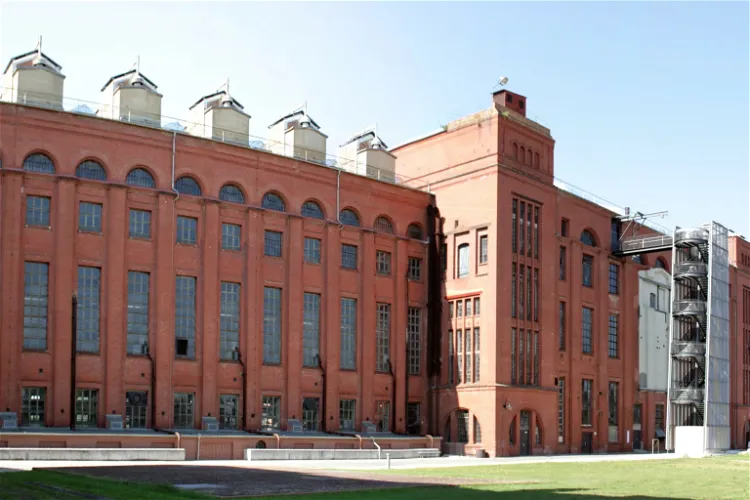
Knappenrode energy museum
HoyerswerdaThe Knappenrode Energy Factory, also known as Energiefabrik Knappenrode, is a significant part of the Saxon Industrial Museum. It is located in the eastern part of Saxony, specifically in the southeast of Hoyerswerda city center. The museum is situated on the grounds of the former Knappenrode briquette factory, which has been decommissioned and is now a protected monument.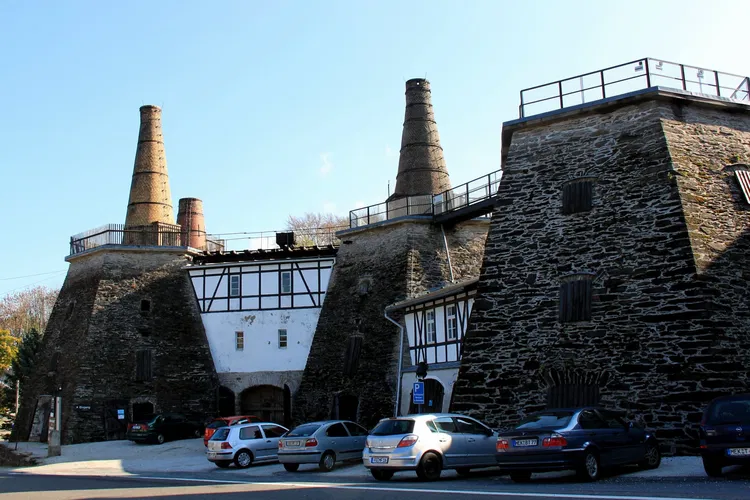
Lengefeld Lime Works
Pockau-LengefeldThe Lengefeld Lime Works, a former limestone mine, is situated in the southwest of Lengefeld in the Saxon town of Pockau-Lengefeld, nestled in the Ore Mountains. The mine was operational until 2016 when it was closed. Despite its closure, the site remains a significant part of the region's industrial history.
Ore Mountain Museum
Annaberg-BuchholzThe Ore Mountain Museum, situated in Annaberg-Buchholz, is a cultural hub that displays a variety of exhibits related to Ore Mountain folk art. The museum's collection includes a wide range of artifacts, with a particular emphasis on carving and bobbin lace works. These exhibits provide a unique insight into the region's rich cultural heritage and the artistic skills of its people.
Factory of Dreams
Annaberg-BuchholzThe Factory of Dreams, located in Annaberg-Buchholz, is an interactive museum that offers a unique experience to its visitors. It is home to the Marie-Ströher Memorial Collection, which is a significant private collection of folk art from the Ore Mountains region. The museum was opened to the public on October 29, 2010, and has since been a popular destination for tourists and art enthusiasts alike.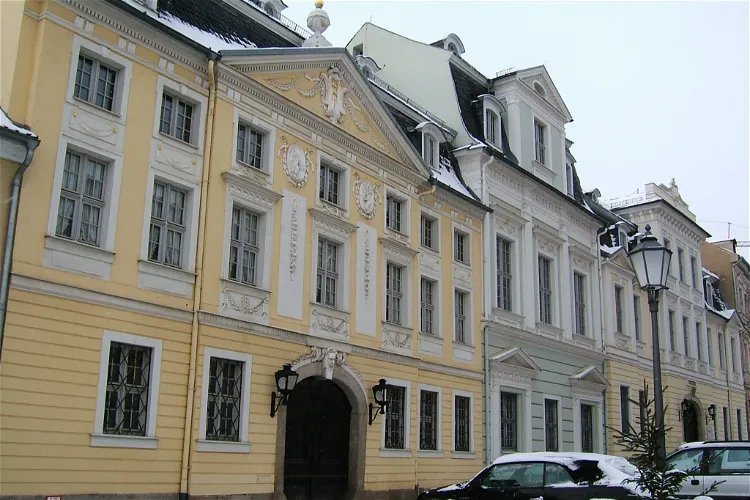
Vogtlandmuseum
PlauenThe Vogtlandmuseum Plauen is a cultural-historical museum that provides a deep dive into the history and culture of the Saxony Vogtland region. The museum is housed in three protected former residential and commercial buildings located in Nobelstraße, Plauen. These buildings themselves are a part of the region's history, adding an extra layer of authenticity to your visit.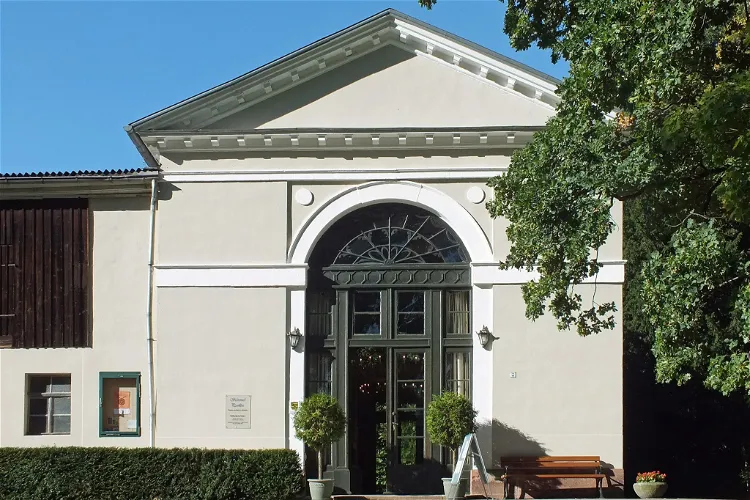
Schwind-Pavillon
Kohren-SahlisThe Schwind-Pavillon, located in Kohren-Sahlis, is a former music salon of the Orangerie of the Rittergut Rüdigsdorf. It is named after the painter Moritz von Schwind, who played a significant role in the interior design of the pavilion. This historical site is a well-preserved example of neoclassical room design and is part of the 'Museen Kohren-Sahlis' of the city of Frohburg.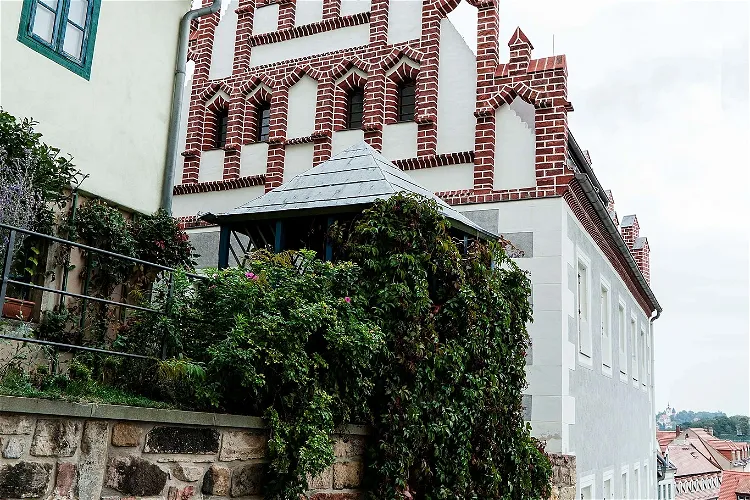
Prälatenhaus
MeissenThe late Gothic Prälatenhaus is one of the oldest houses in Meissen and a monument of regional importance. This three-story building, built directly on the rock, is a significant part of the picturesque western view of the old town. Its late Gothic brick gable and the significant remains of late Gothic wall paintings contribute to its historical value.
Frohnauer Hammer
Annaberg-BuchholzThe museum complex of the Frohnauer Hammer includes not only the hammer mill itself, but also an exhibition of forged artefacts, a hand forge, a mechanical 'Christmas hill' (Weihnachtsberg), and a bobbin lace room. These features provide a comprehensive insight into the historical and cultural significance of the mill and its surrounding area.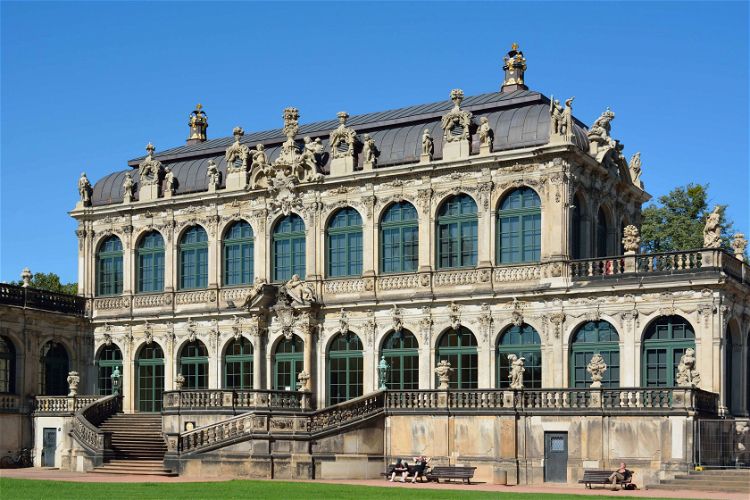
Royal Cabinet of Mathematical and Physical Instruments
DresdenRoyal Cabinet of Mathematical and Physical Instruments (Mathematisch-Physikalischer Salon) is a museum in Dresden that belongs to the Staatliche Kunstsammlungen Dresden. It is a museum of historic clocks and scientific instruments. The museum holds and exhibits a collection that includes globes, ast
The Royal Porcelain Collection
DresdenThe Royal Porcelain Collection (the Dresden Porcelain Collection (Porzellansammlung) is a museum in Dresden that is housed in the Zwinger Palace. The collection includes around 20,000 porcelain artefacts, important being the traditional Chinese and Japanese porcelain acquired by Augustus the Strong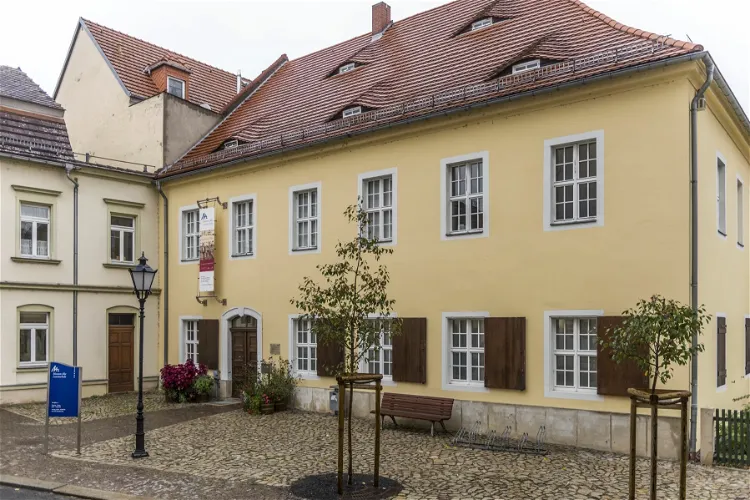
Alte Lateinschule
GroßenhainThe Alte Lateinschule Museum is a baroque building located in the city center of Großenhain. It is built on the foundations of a predecessor building that was established after 1540, making it one of the oldest buildings in Großenhain. This historical significance adds to the charm and appeal of the museum, offering visitors a glimpse into the past.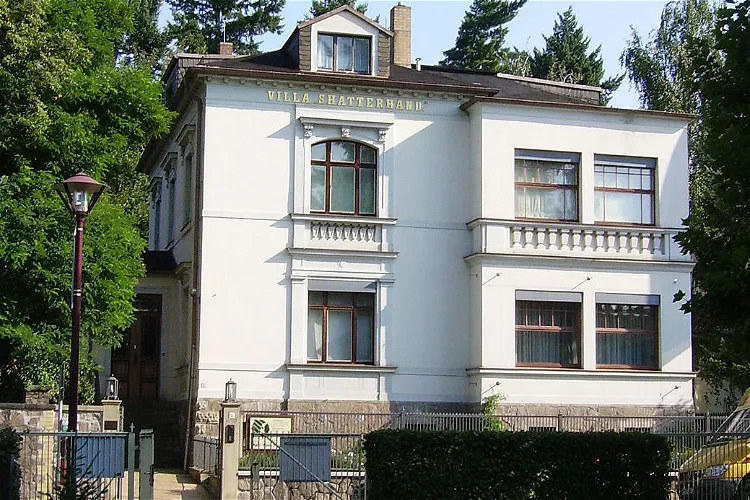
Karl May Museum
RadebeulThe Karl May Museum is situated in the picturesque town of Radebeul, Germany. The museum is housed in Villa Shatterhand, the former residence of the renowned German author Karl May, and Villa Bärenfett, a log cabin located in the garden. These two buildings serve as the primary locations for the museum's exhibits, providing a unique and authentic setting for visitors to explore.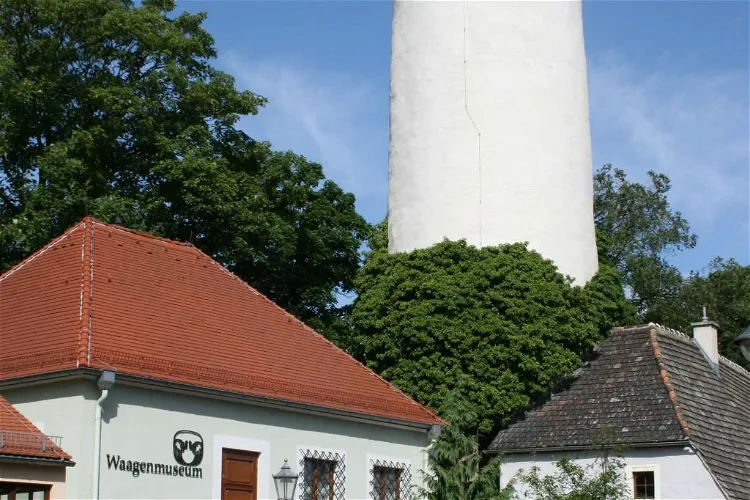
Stadt- und Waagenmuseum
OschatzThe Stadt- und Waagenmuseum Oschatz is a regional museum located in Oschatz, Saxony. It is unique in its offering as it also houses an exhibition dedicated to the development of scale construction. This exhibition traces the history of scales from their earliest forms to the modern electronic weighing devices. This makes it a fascinating destination for those interested in the history of technology and industrial development.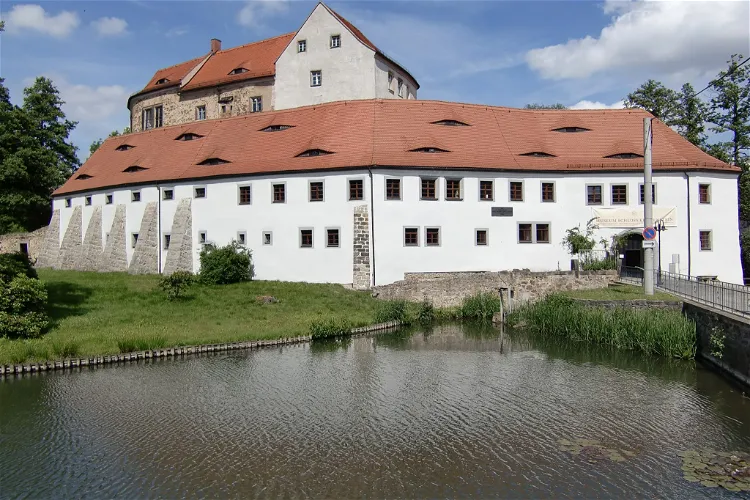
Museum Schloss Klippenstein
RadebergSchloss Klippenstein, located in Radeberg near Dresden, is a protected monument that has been standing since December 1953. This historical site offers a glimpse into the past and is a significant part of the city's heritage.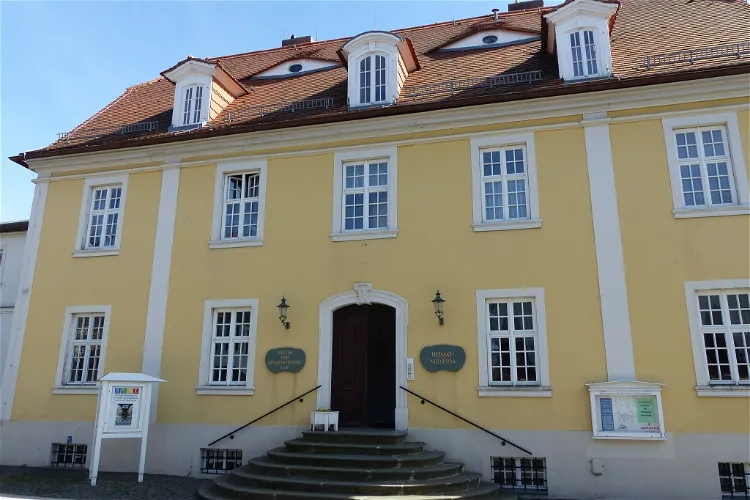
Heimatmuseum der Stadt Herrnhut
HerrnhutThe Heimatmuseum Herrnhut, located in the district of G rlitz, was established in 1962. It has a rich history, with its roots tracing back to the Altertumsmuseum founded in 1905 and the Museum zu Herrnhut, which was established in 1878. This museum is a testament to the long-standing tradition of preserving and showcasing local history and culture.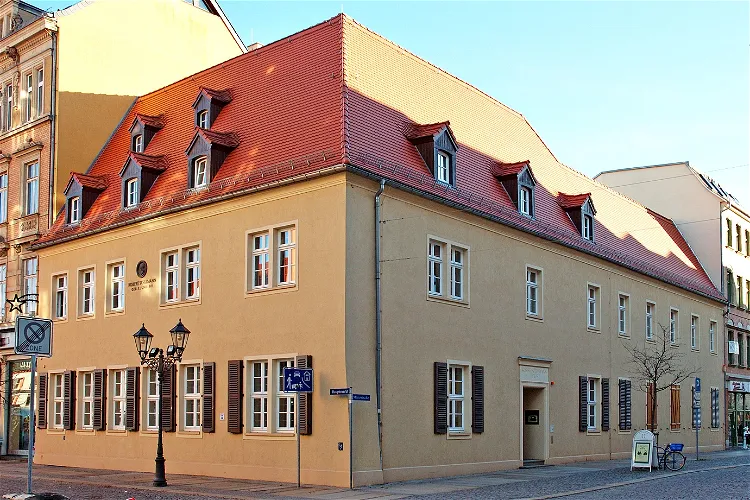
Robert Schumann House
ZwickauThe Robert Schumann House, located in Zwickau, Germany, is a museum dedicated to the life and works of the composer Robert Schumann. This historic site is where Schumann was born in 1810, making it a significant location for those interested in his life and music.- 53
Stadtmuseum Torgau
Torgau 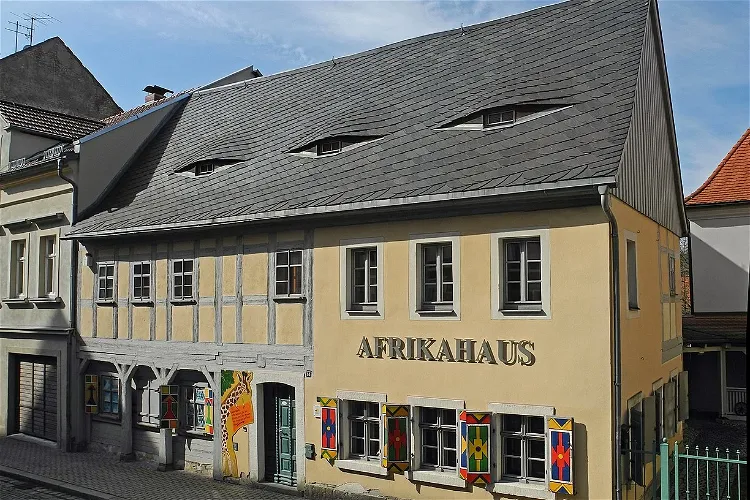
Afrikahaus
Sebnitz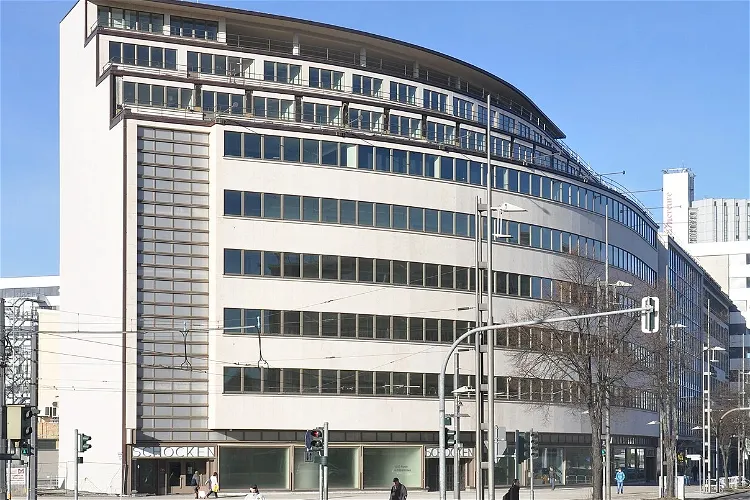
State Museum of Archaeology Chemnitz
ChemnitzThe State Museum of Archaeology Chemnitz, abbreviated as smac, is the archaeological-cultural state museum of the Free State of Saxony. It was inaugurated on May 15, 2014, and is housed in the former Schocken department store. This museum is a successor institution to the State Museum of Prehistory Dresden and is part of the State Office for Archaeology Saxony.- 56
Heimatmuseum Burgstädt
Burgstädt - 57
Kulturhistorisches Museum Wurzen
Wurzen 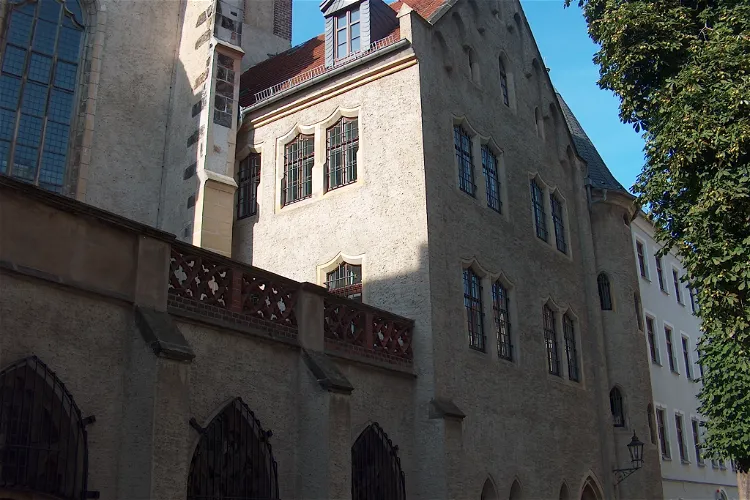
city museum meissen
MeissenThe City Museum Meissen is housed in the Neo-Gothic House, the cloister, and the former Church of St. Peter and Paul of the Franciscan Monastery at Heinrichsplatz in the old town of Meissen. These historic buildings not only provide a unique setting for the museum but also add to the overall experience of exploring the rich history and culture of Meissen.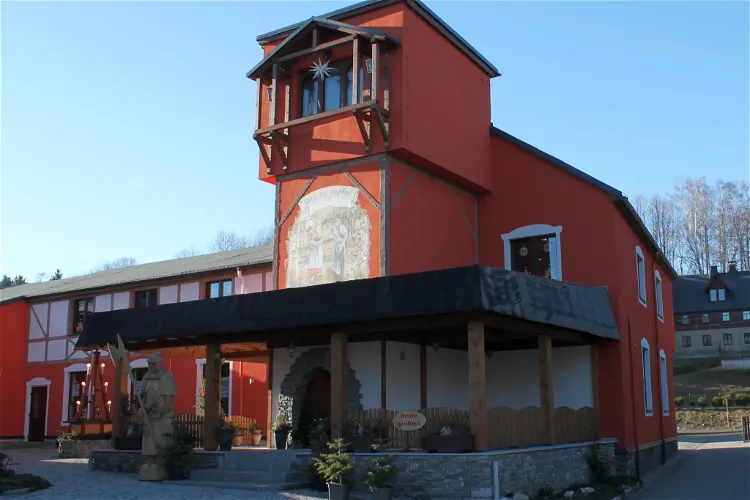
Räuchermann Museum
SehmatalThe 1. Räuchermann-Museum, located in Cranzahl in the Erzgebirgskreis in Saxony, is a unique institution in Germany. It is the only museum of its kind in the country, dedicated to the tradition of Räuchermann, or 'smoking men'.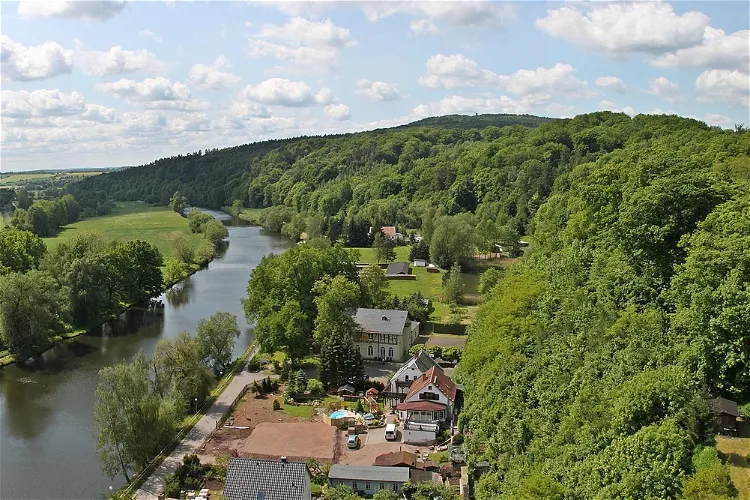
Rochlitz Palace
RochlitzRochlitz Castle, also known as Rochlitz Palace, is situated in the western part of the town of Rochlitz, within the county of Mittelsachsen in the Free State of Saxony. This historic site offers visitors a glimpse into the past, with its rich history dating back to the 10th century.
Deutsches Damast- und Frottiermuseum
GroßschönauThe Deutsches Damast- und Frottiermuseum in Großschönau offers a unique insight into the local textile history. Visitors can see functional, historical Großschönau looms used for canvas, damask, jacquard and terry cloth. This provides a tangible connection to the past and allows visitors to understand the intricate processes involved in textile production.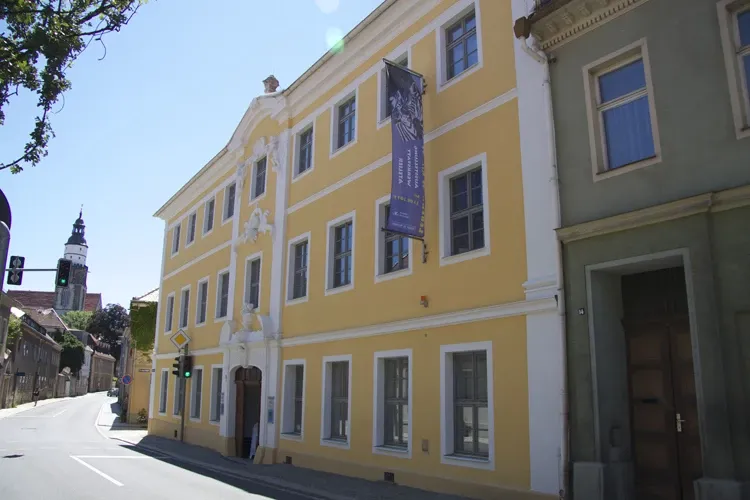
Elementarium
KamenzThe Museum der Westlausitz Kamenz is a regional landscape museum located in Kamenz. It offers a comprehensive exploration of the landscape, nature, history, and culture of the western Oberlausitz (Westlausitz). The museum's collections cover cultural history, archaeology, geology, zoology, and botany of the region, providing a rich and diverse experience for visitors.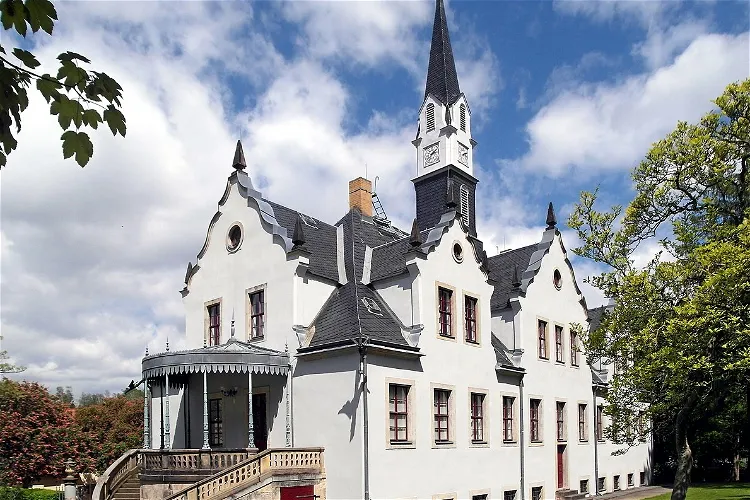
Städtische Sammlungen Freital auf Schloss Burgk
FreitalSchloß Burgk is a Saxon castle located in Burgk, which is part of the municipality of Freital, in the district of Saxon Switzerland-East Ore Mountains. This historical site offers a glimpse into the architectural style of the Renaissance period, with its characteristic scroll gables. The castle has been restored in the 19th century, preserving its historical charm and significance.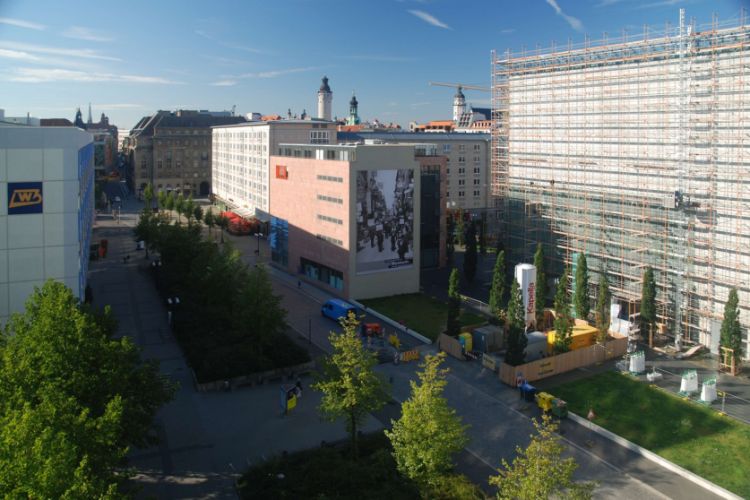
Museum of Local History (Stadtgeschichtliches)
LeipzigThe Stadtgeschichtliches Museum Leipzig is a museum in Leipzig that collects, documents and exhibits objects, information and contexts of the city from the city of Leipzig in the early Middle Ages to the present. Housed in the city town hall, this museum is devoted to the history of Leipzig. Visitor
Lügenmuseum
RadebeulIn 2010, the Lügenmuseum had to relocate due to rental disputes, and its exhibits were put into storage. The museum found a new home in the inn Serkowitz in Radebeul, Saxony, where it was reopened as a temporary permanent exhibition on September 9, 2012. The future use of the former inn is still to be decided.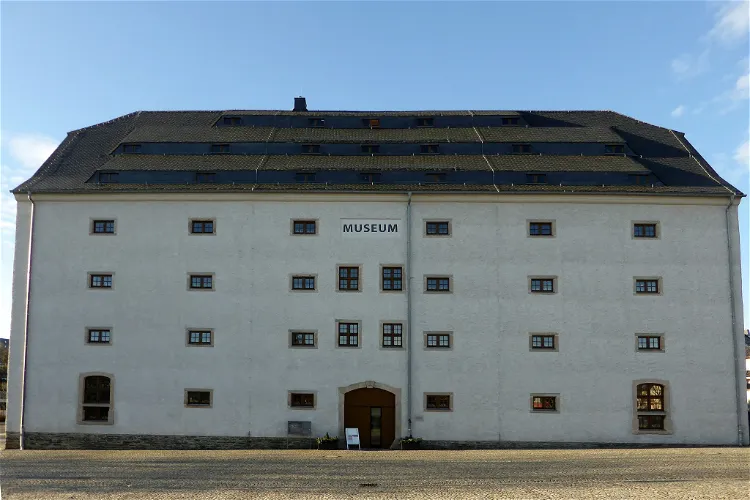
Museum sächsisch-böhmisches Erzgebirge
MarienbergThe Museum sächsisch-böhmisches Erzgebirge, a folk museum, is situated in the city of Marienberg. It was officially opened to the public on April 30, 2006, following a comprehensive renovation that was financed by the European Union. This museum is a significant cultural institution in the region, offering visitors a glimpse into the local history and culture.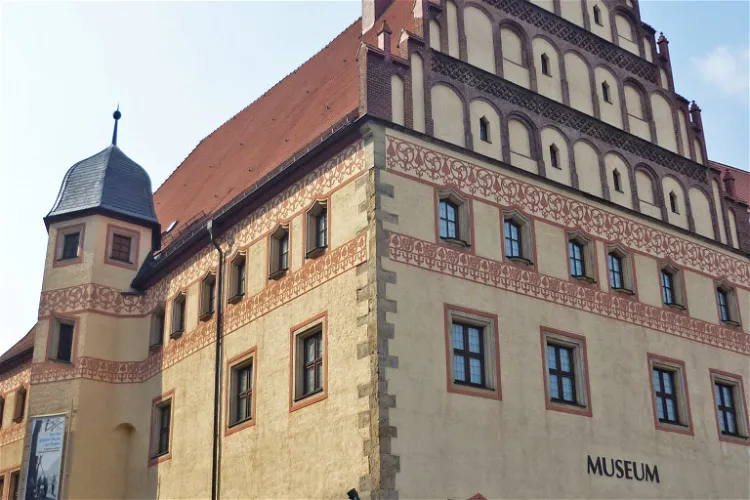
Stadt- und Bergbaumuseum Freiberg
FreibergThe Stadt- und Bergbaumuseum Freiberg, established in 1861 by the Freiberg Antiquity Association, is one of the oldest civic museums in Saxony. It is located in the former Domherrenhof, a late Gothic secular building. This museum is a testament to the rich history and culture of the region, offering visitors a unique insight into the past.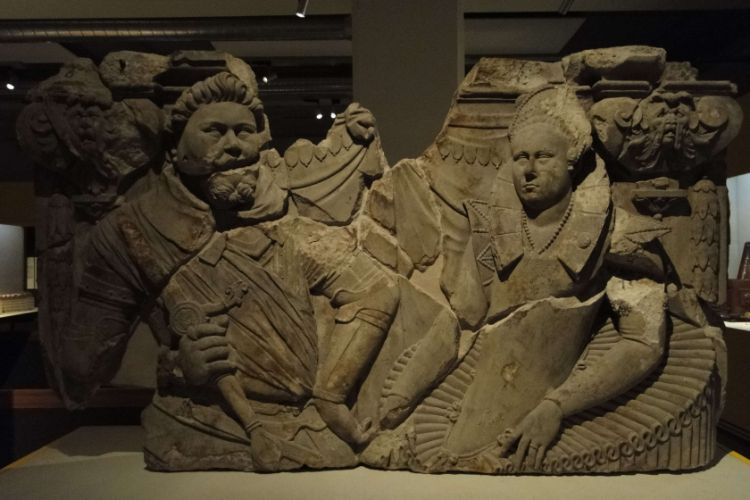
Dresden City Museum
DresdenThe Dresden City Museum (Stadtmuseum Dresden) is the central city and local history museum of the Saxon capital Dresden in Germany. The museum is housed in the Landhaus and is dedicated to the more than 800-year history of the city. The permanent exhibition of the Dresden City Museum addresses vario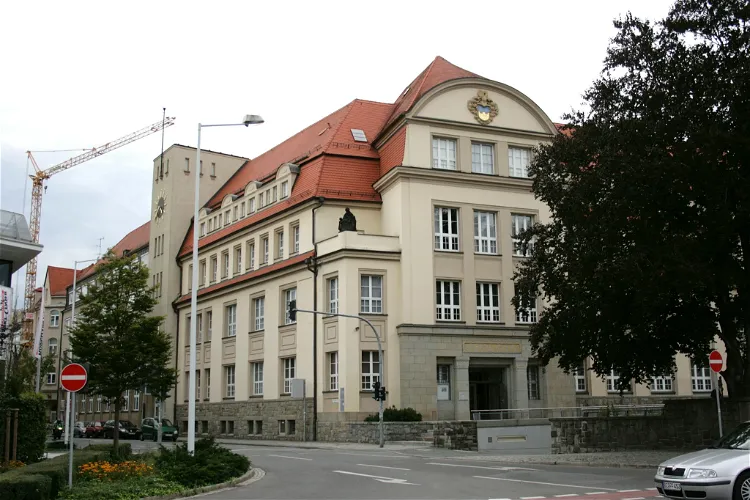
Museum Bautzen
BautzenMuseum Bautzen, also known as Muzej Budyšin, is a significant cultural institution in the region of Saxon Upper Lusatia. It is conveniently located at Kornmarkt, making it easily accessible for tourists visiting the area. The museum is known for its extensive collections, which are among the largest and most important in the region.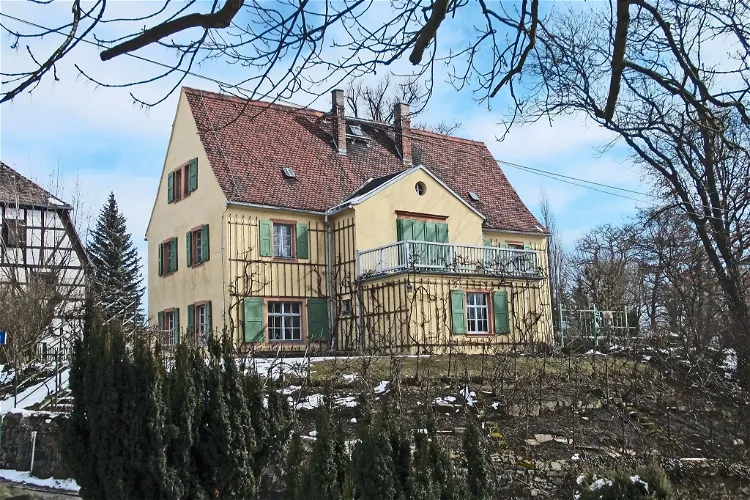
Göschenhaus
GrimmaThe Göschenhaus Grimma, also known as the Museum Göschenhaus, is a significant historical site located at Schillerstraße 25 in 04668 Grimma-Hohnstädt. This was the residence of the renowned publisher and bookseller, Georg Joachim Göschen. The house offers a unique insight into the life and work of Göschen, making it a fascinating destination for those interested in literature and history.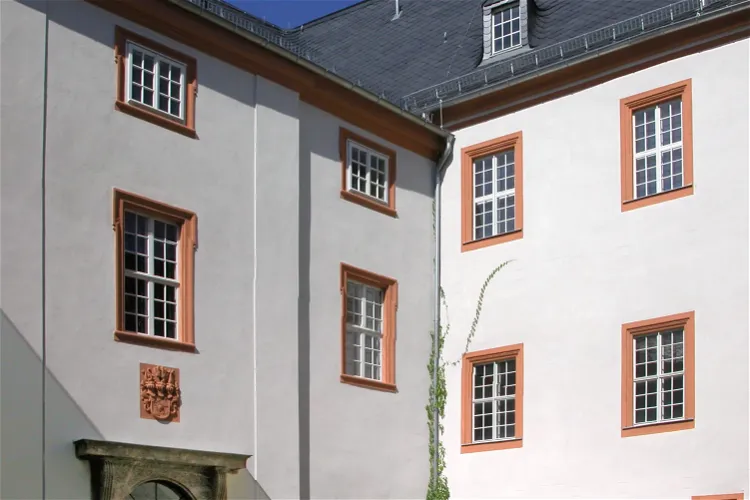
Museum Schloss Frohburg
Frohburg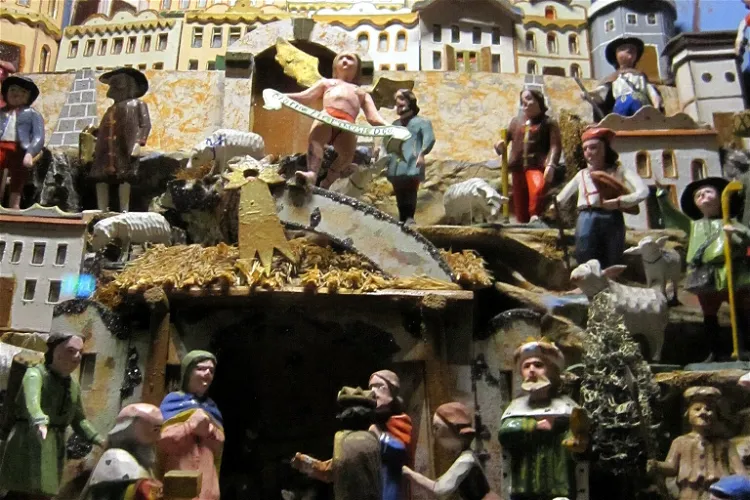
Weihnachtsberg
ZwönitzA Weihnachtsberg, also known as Winkel or Weihnachtswinkel in the Ore Mountains, is a mountain-like landscape replica that is set up inside the house during the Christmas season. This tradition involves decorating a corner of a room with a shelf-like wooden angle, on which the motif is built. The motifs displayed include nativity scenes, hunting and mining themes, as well as local topics.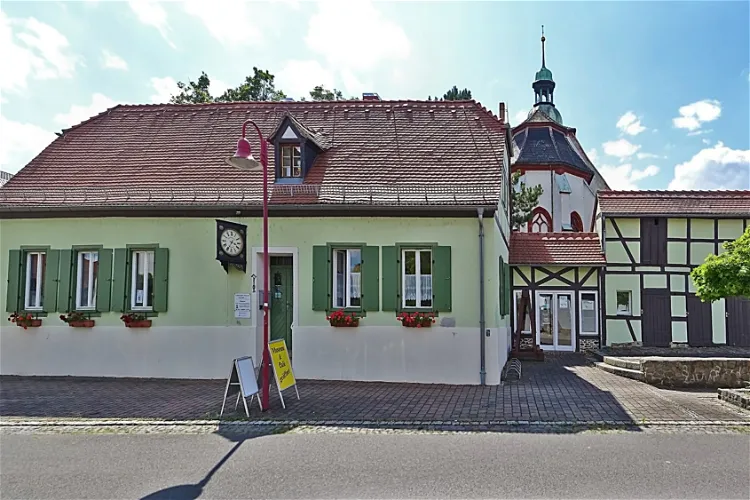
Naunhof Tower Clock Museum
NaunhofThe Naunhof Tower Clock Museum, located at Ungibauerstr. 1 in the municipality of Naunhof, was established in 1995 by the Förderverein Turmuhrenmuseum Naunhof e.V., an association that has been in existence since 1991. This museum is a testament to the history of timekeeping, with a collection that spans four centuries.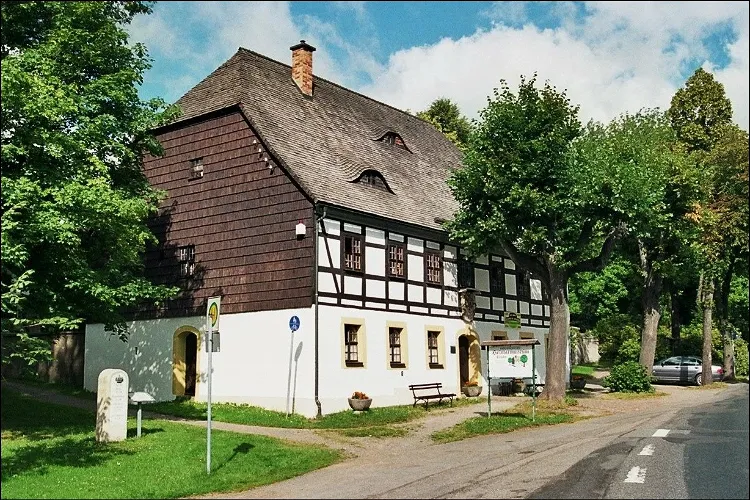
Erzgebirgisches Heimatmuseum Sayda 'Hospital zu St. Johannis'
Sayda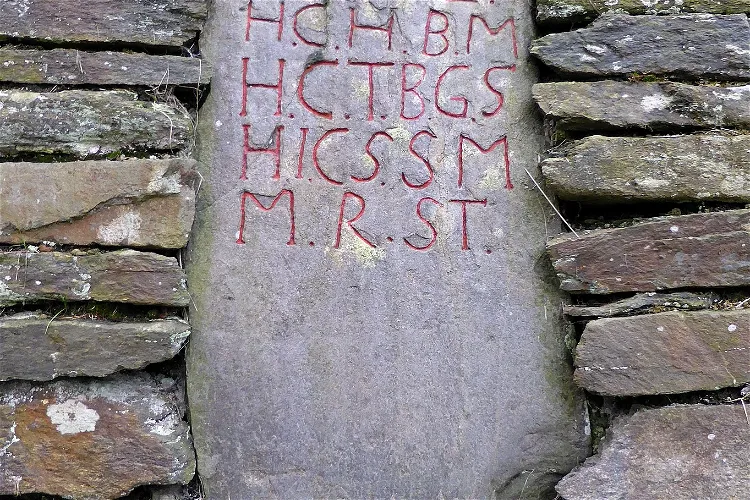
Molchner Stolln
MarienbergThe Molchner Stolln, located in Pobershau, is a show mine that was developed from an abandoned silver and tin ore mine. This historical site offers a unique insight into the mining history of the region, allowing visitors to explore the underground workings of the mine and learn about the extraction processes of silver and tin ore.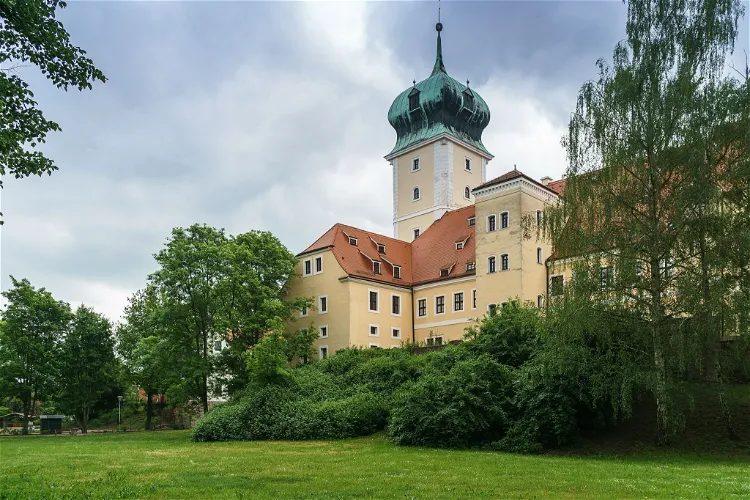
Barockschloss Delitzsch
DelitzschBarockschloss Delitzsch, situated in the city of Delitzsch, is one of the oldest castles in the northwest of Saxony. Its history dates back to the early 12th century, with only the foundations of the original building remaining. The castle has undergone several architectural changes over the centuries, with the last major external alterations giving it its baroque appearance in the late 17th century.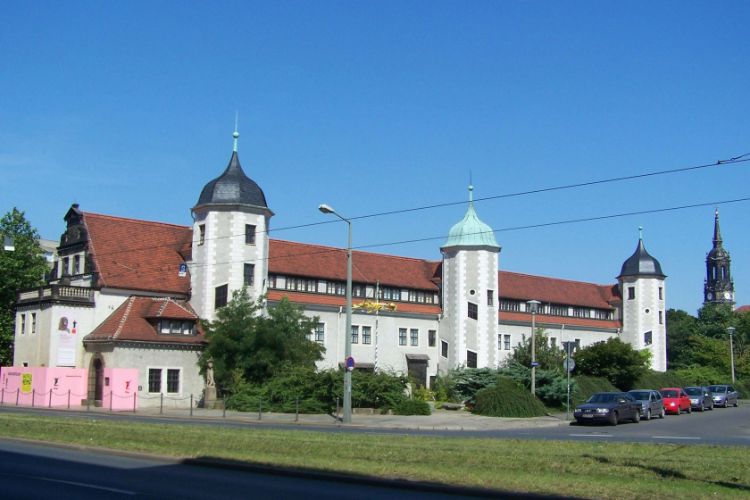
Museum für Sächsische Volkskunst mit Puppentheatersammlung
DresdenMuseum für Sächsische Volkskunst mit Puppentheatersammlung is a museum in Dresden that contains a puppet theater collection as well as a Museum of Saxon Folk Art. The puppet theater collection in Dresden is a collection of theater puppets from the 18th, 19th and 20th centuries, comprising more than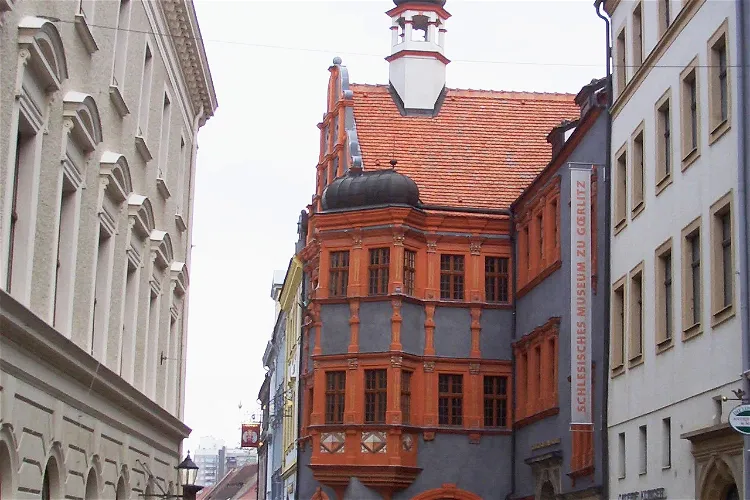
Schlesisches Museum
GörlitzThe Silesian Museum in Görlitz, which opened its doors on May 13, 2006, is a unique architectural complex designed by Rolf Zimmermann. This complex combines four historical buildings: the Schönhof, the Middle House, the Building at the Fish Market, and the Hall House at Untermarkt 4. Each of these buildings has its own historical significance and together they form a unique ensemble that houses the museum.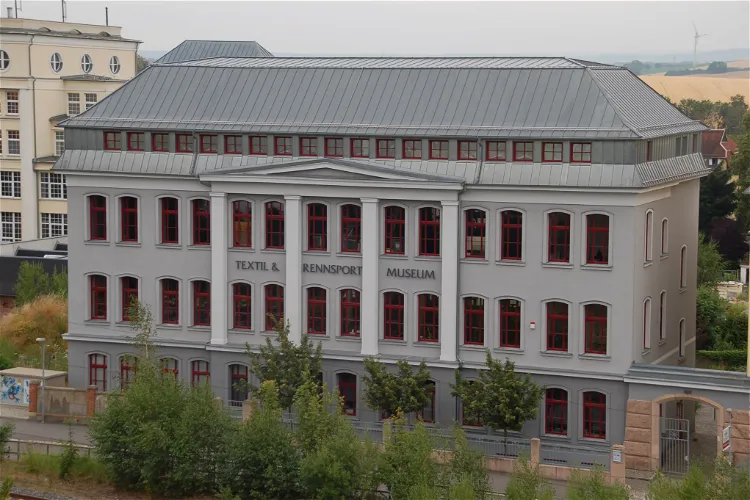
Textil- und Rennsportmuseum TRM
Hohenstein-ErnstthalThe Textil- und Rennsportmuseum (TRM) in Hohenstein-Ernstthal is a unique museum that was established in the 1990s. It is housed in a five-story factory building that once belonged to the former textile company C. F. Jäckel. This historical setting adds a unique charm to the museum and provides a glimpse into the industrial past of the region.
Nussknackermuseum Neuhausen
DittersbachThe Nussknackermuseum is a unique museum situated in the scenic town of Neuhausen/Erzgeb. This location offers a blend of cultural heritage and natural beauty, making it an ideal destination for tourists seeking a unique experience.
Gedenkstätte Bautzner Straße
DresdenThe Gedenkstatte Bautzner Strasse (Memorial site Bautzner Straße) in Dresden is a memorial site for the victims of the GDR Ministry for State Security (MfS) in the Saxon capital Dresden. It is the only originally preserved remand prison of the "Stasi" in the 'Freistaat' that is open to the public. T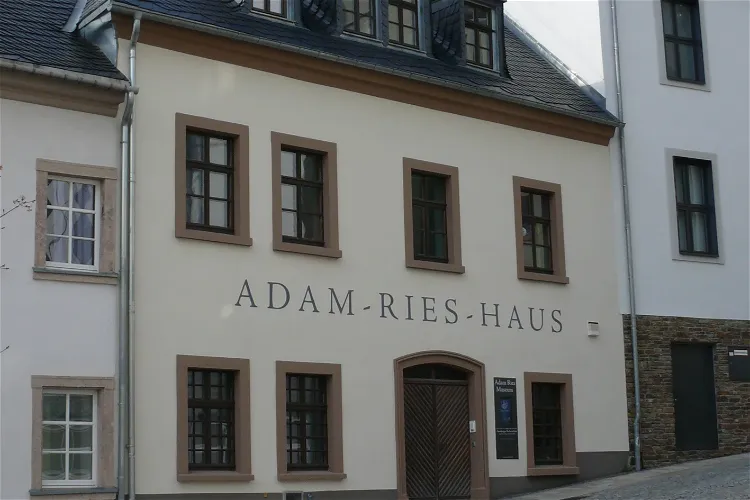
The museum of Adam Ries
Annaberg-Buchholz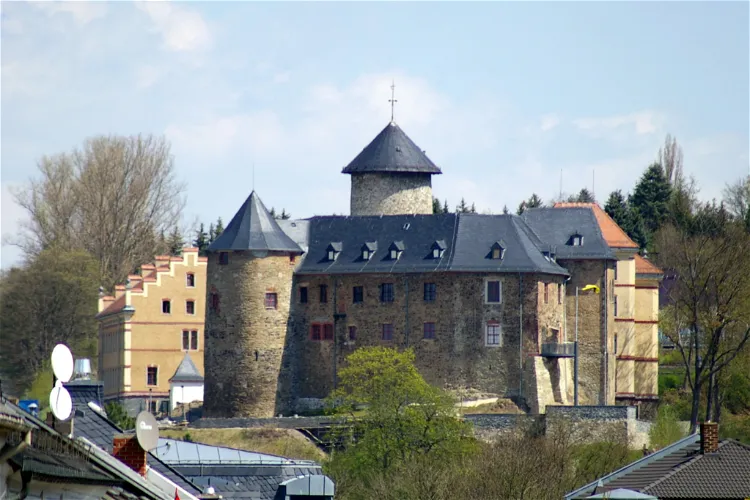
Schloß Voigtsberg
OelsnitzThe Voigtsberg Castle, which was later renamed Schloss Voigtsberg, is a typical high medieval castle. It was significantly damaged during the Thirty Years' War and was subsequently rebuilt into a castle. This transformation has given the structure a unique blend of architectural styles, making it a fascinating site for history and architecture enthusiasts.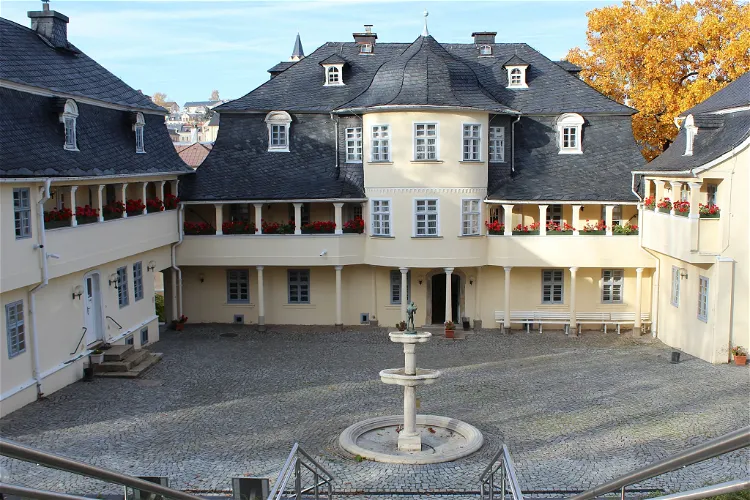
Musikinstrumenten Museum Markneukirchen
MarkneukirchenThe Musikinstrumenten-Museum Markneukirchen is a unique destination for music lovers and history enthusiasts. Located in the Saxon Vogtland, the museum showcases the evolution of musical instrument construction from the 17th century to the present day. This provides a comprehensive overview of the history and development of musical instruments, making it a fascinating visit for anyone interested in music and its history.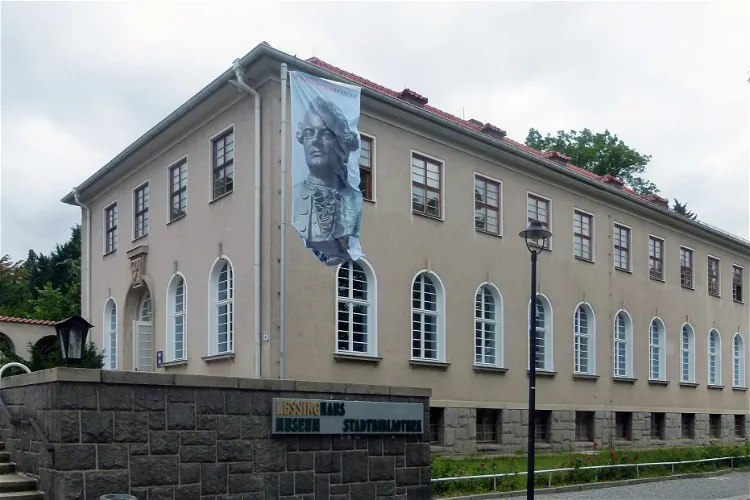
Lessing-Museum Kamenz
KamenzThe Lessing Museum in Kamenz is a cultural institution dedicated to the life, work, and influence of Gotthold Ephraim Lessing, a significant figure in German literature. The museum offers a comprehensive insight into Lessing's life and works, making it a valuable destination for those interested in literature and history.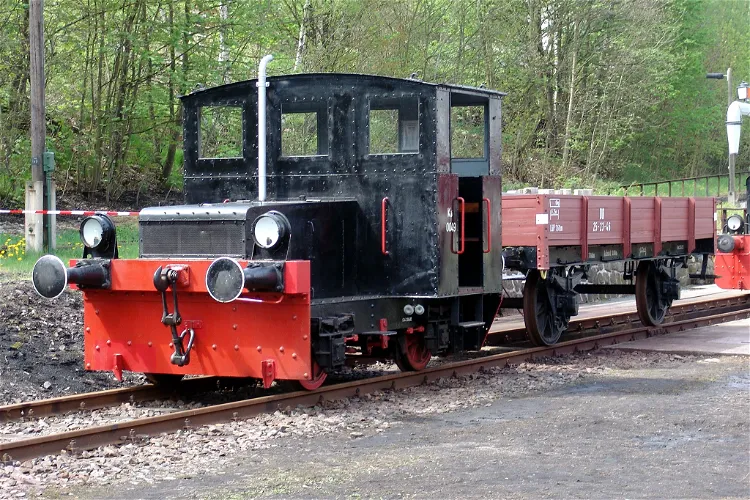
Eisenbahnmuseum
Schwarzenberg/Erzgebirge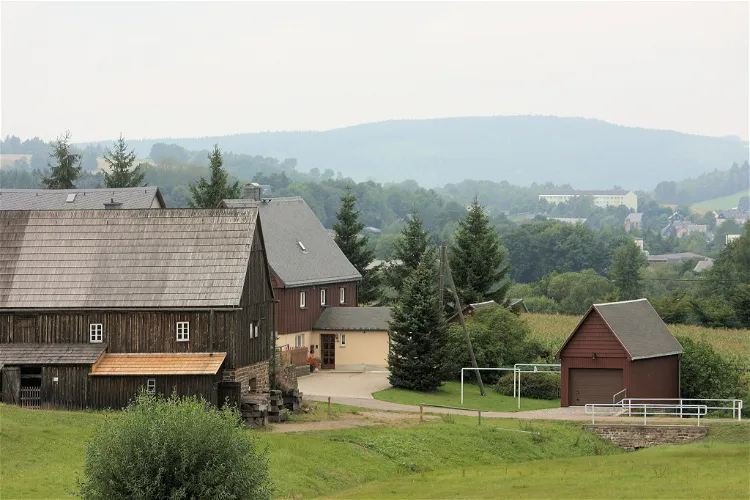
Erzgebirgisches Freilichtmuseum Seiffen
Seiffen/Erzgebirge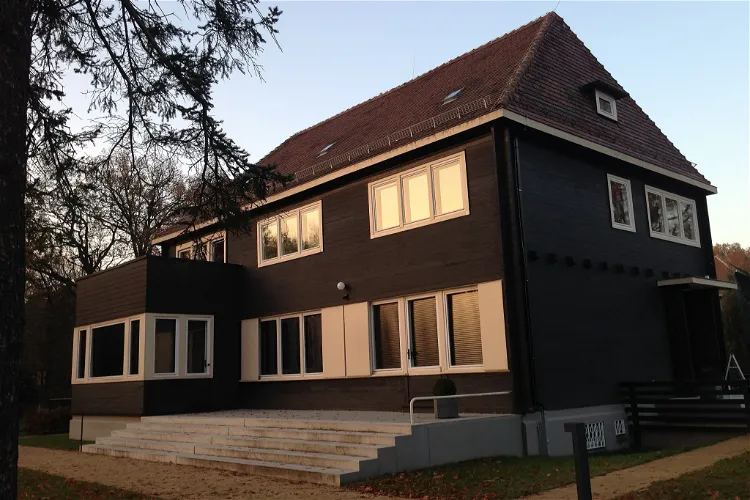
Konrad-Wachsmann-Haus
Niesky
Bauernmuseum Zabeltitz
Großenhain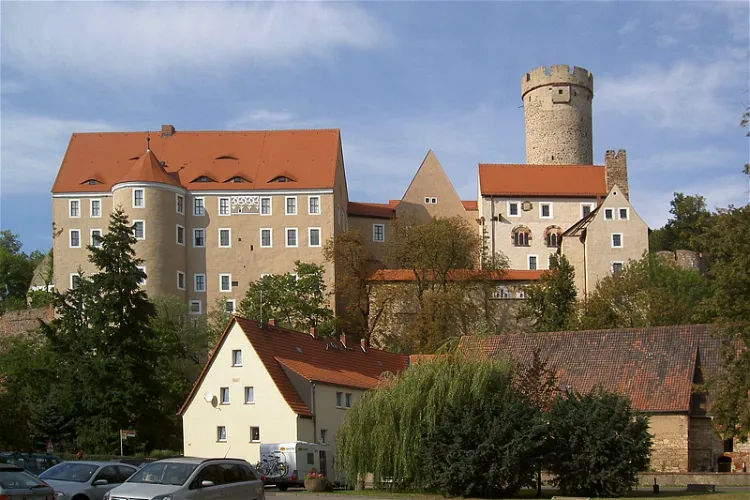
Gnandstein Castle
FrohburgBurg Gnandstein, situated above the Wyhra river in Gnandstein, a district of the city of Frohburg, in the Leipzig district in Saxony, is a significant historical site. It is recognized as Saxony's best-preserved Romanesque fortress, offering a unique glimpse into the region's past.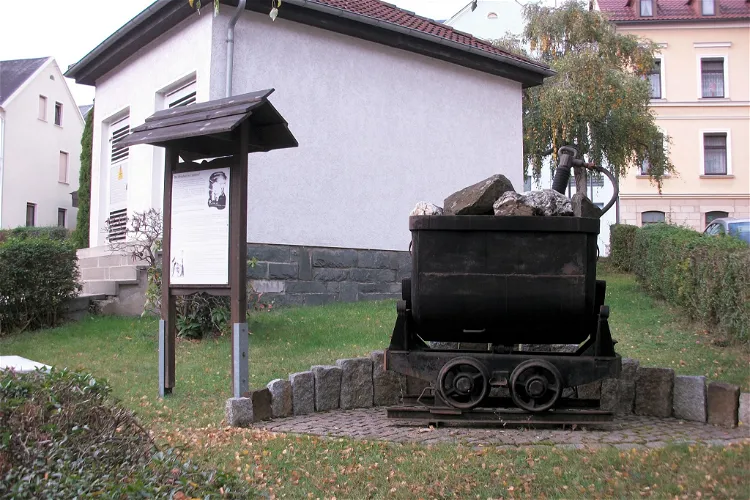
Vogtländisches Bergbaumuseum
Netzschkau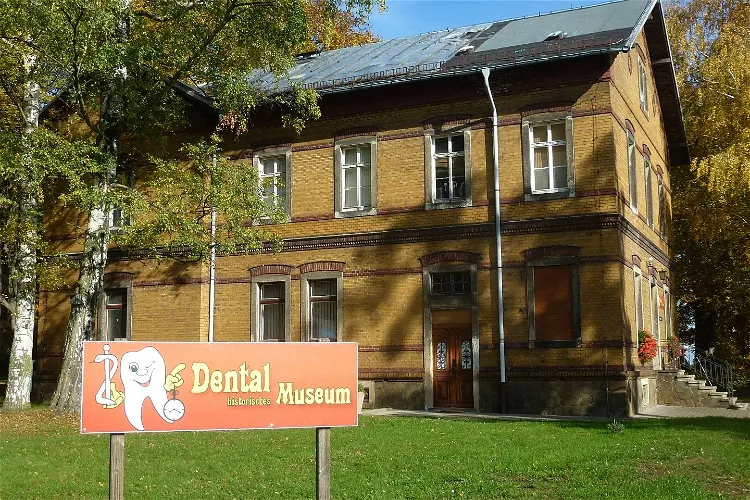
Dental Museum
ColditzThe Dental History Museum in Zschadraß, a district of Colditz (Leipzig district, Saxony), is a unique institution that combines the science and history of dentistry. It offers a comprehensive look into the evolution of dental practices and technologies, making it an interesting destination for those interested in medical history.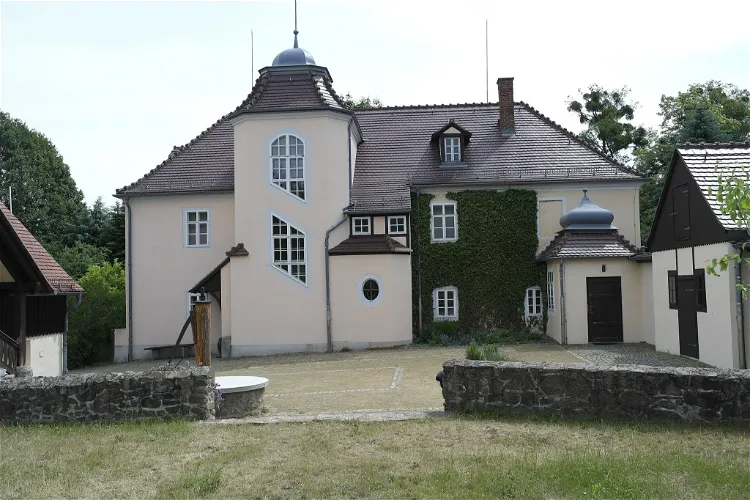
Käthe Kollwitz House
MoritzburgThe Käthe Kollwitz House in Moritzburg, originally known as the Rüdenhof, holds significant importance as it was the last residence of the renowned artist Käthe Kollwitz. She lived here at the invitation of Prince Ernst Heinrich of Saxony, a great admirer of her work. This house, therefore, not only showcases her artistic creations but also provides an authentic experience of her personal life.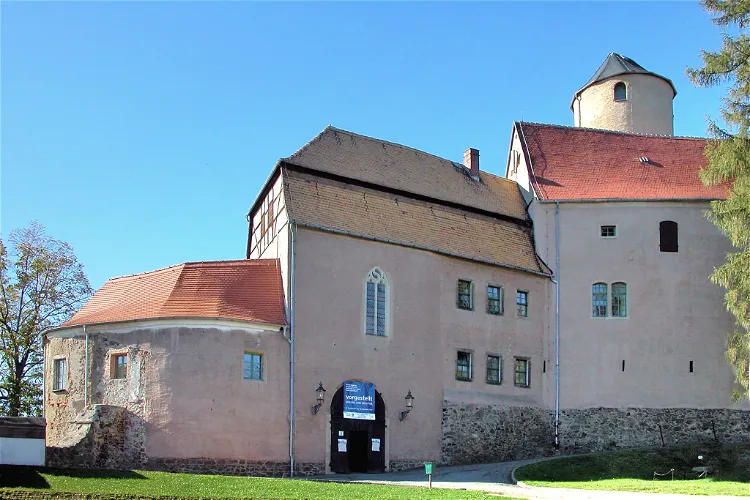
Museum Burg Schönfels
Lichtentanne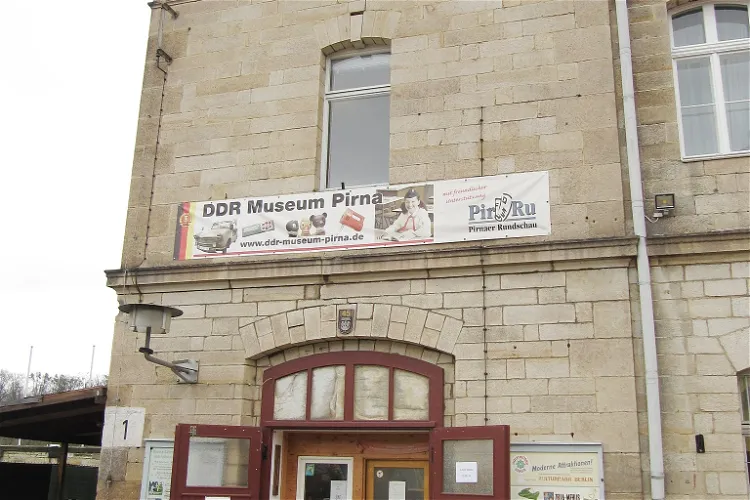
DDR Museum Pirna
PirnaThe DDR Museum Pirna is a privately run institution located in the district of Sächsische Schweiz-Osterzgebirge. It offers a unique opportunity to delve into the history and culture of the German Democratic Republic (DDR) era. The museum is situated in the city of Pirna, making it easily accessible for tourists visiting the region.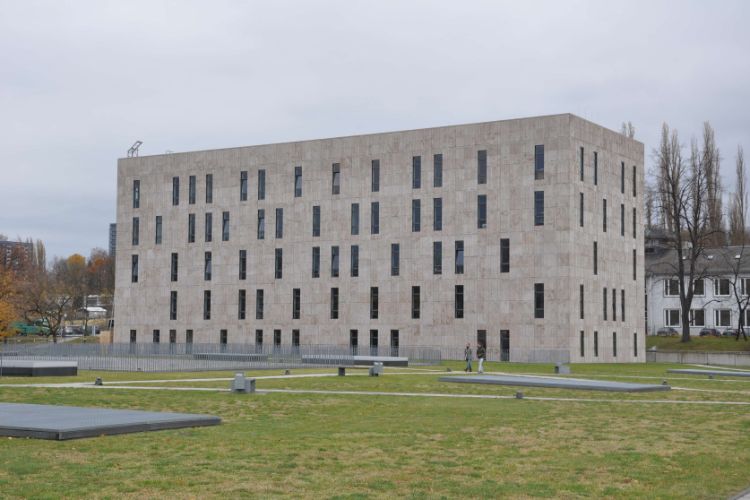
Book Museum - SLUB
DresdenThe Book Museum (Buchmuseum) of the Saxon State Library is a traditional literature museum in Dresden. The museum emerged from the Zimelienzimmer of the Royal Saxon Library. The exhibition of the Book Museum is located in the SLUB building and is divided into a permanent exhibition in the so-called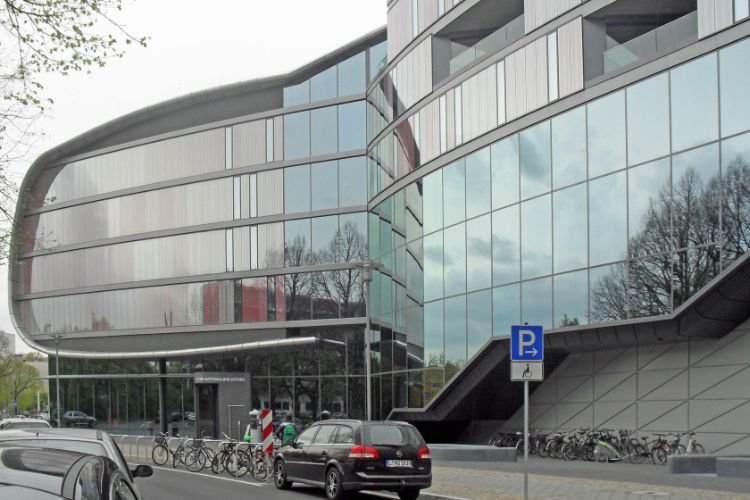
German Museum of Books and Writing
LeipzigThe German Museum of Books and Writing (Deutsches Buch- und Schriftmuseum, DBSM) is a museum in Leipzig that is the world's oldest museum of its kind. The museum focuses on objects, documents and literature connected with the history of books, including paper, printing techniques, the art of illustr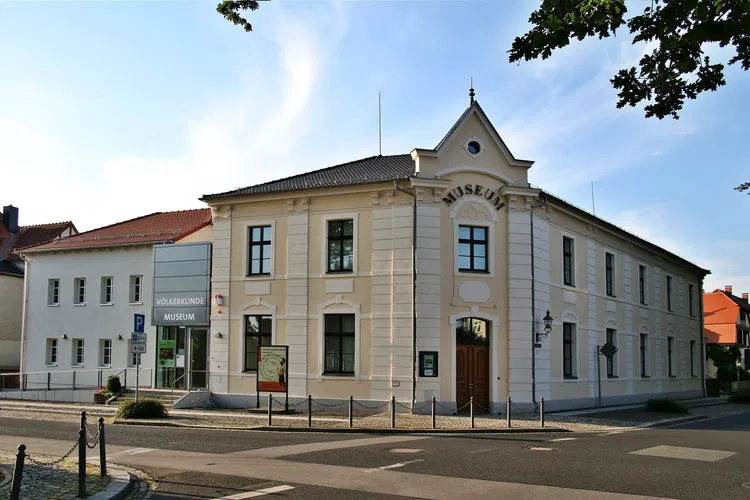
Völkerkundemuseum Herrnhut
HerrnhutThe Völkerkundemuseum Herrnhut, located in Herrnhut, Germany, is a significant part of the National Ethnographic Collections of Saxony. This museum offers a unique intersection of ethnography and mission history, providing visitors with a rich understanding of various cultures and historical periods.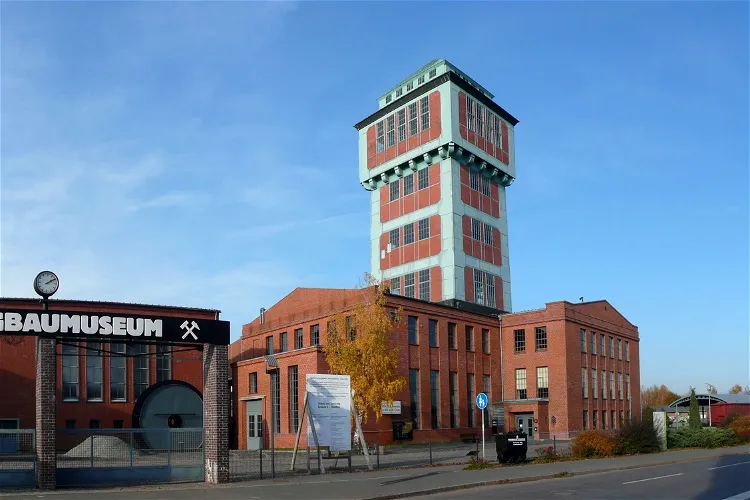
Mining Museum Oelsnitz - Erzgebirge
OelsnitzThe Mining Museum Oelsnitz/Erzgebirge is situated in the former coal mine known as "Karl Liebknecht" in the city of Oelsnitz/Erzgebirge. This location provides a unique setting for the museum, offering visitors a chance to explore the history and workings of a real coal mine.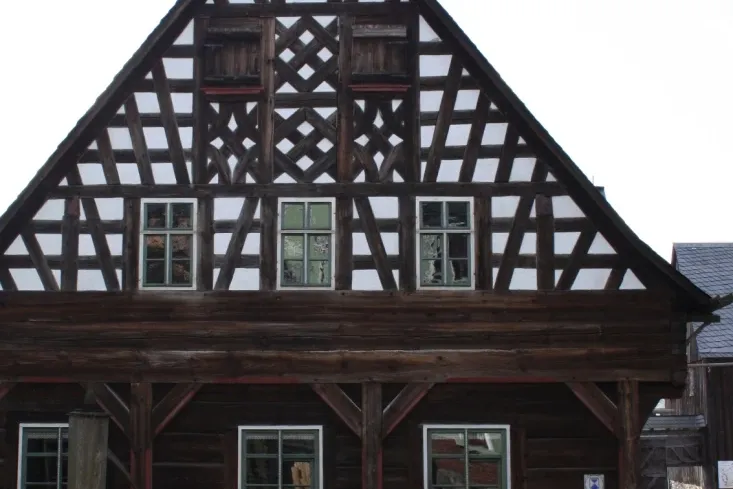
Freilichtmuseum Landwüst
MarkneukirchenThe Vogtländische Freilichtmuseum Landwüst is situated in the district of Landwüst, within the city of Markneukirchen. This location places it in the southernmost tip of the Free State of Saxony, at the tri-border area of Saxony, Bavaria, and the Czech Republic. This geographical positioning makes it an accessible destination for tourists from these regions.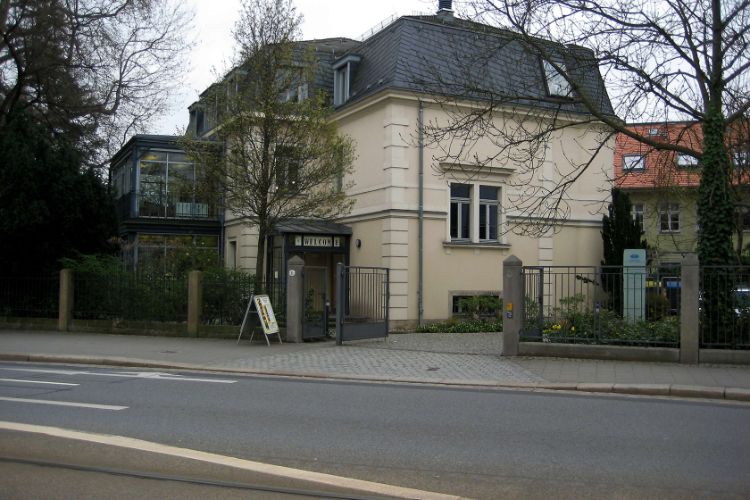
Erich Kästner Museum
DresdenThe Erich Kästner Museum is a museum in Dresden that is dedicated to the German author, poet, screenwriter and satirist Erich Kästner. Kästner was known primarily for his humorous, socially astute poems and for children's books including Emil and the Detectives. The museum focuses on Kästner's early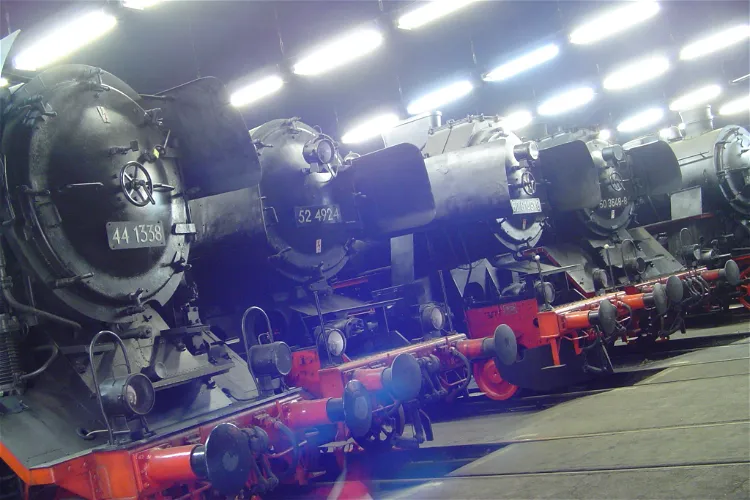
Saxon Railway Museum
ChemnitzThe Saxon Railway Museum, located in Chemnitz, is a historical site that houses a collection of railway vehicles. The museum is situated on the grounds of the former railway depot Chemnitz-Hilbersdorf, adding to its historical significance. Visitors can explore the rich history of railway transportation and get a close look at the various types of railway vehicles that were once operational.
Carl-Maria-von-Weber-Museum
DresdenThe Carl-Maria-von-Weber Museum is a music museum in Dresden, the capital of the German state of Saxony. The museum is dedicated to the life and work of German composer, conductor, pianist, guitarist and critic Carl Maria von Weber and is located in her former summer residence. A permanent exhibitio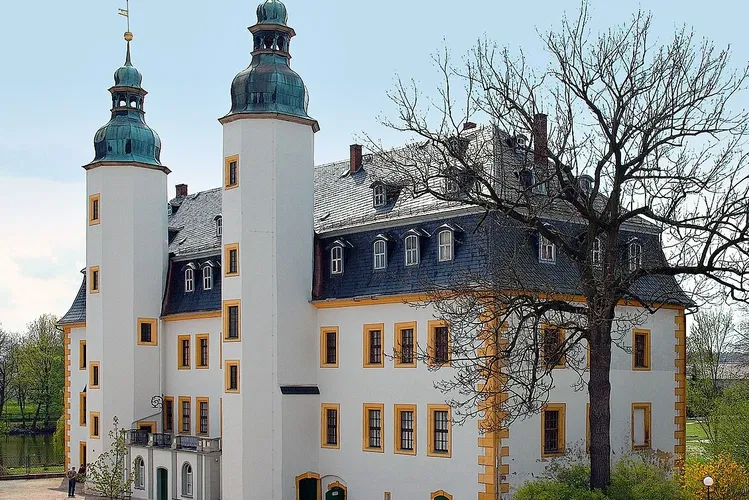
Blankenhain Castle
CrimmitschauBlankenhain Castle, situated near Crimmitschau, is a historical site that was once part of a knight's estate. Today, it houses the German Agricultural Museum, making it a unique museum complex in Germany. This combination of history and agriculture provides a fascinating insight into the country's past and its agricultural practices.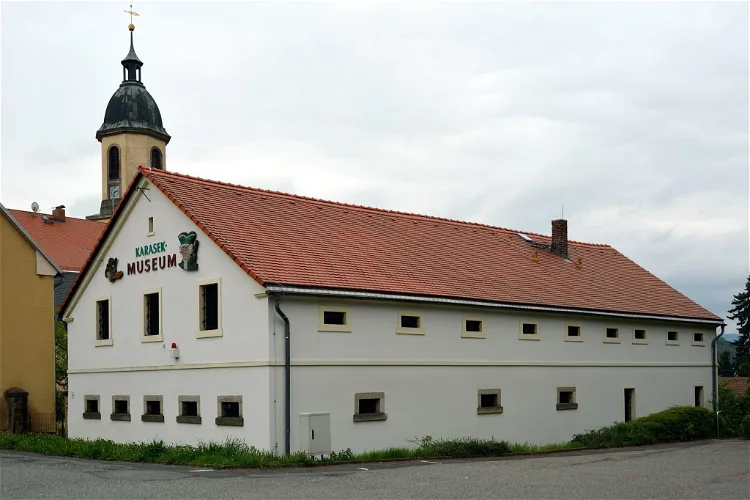
Karasek-Museum
Seifhennersdorf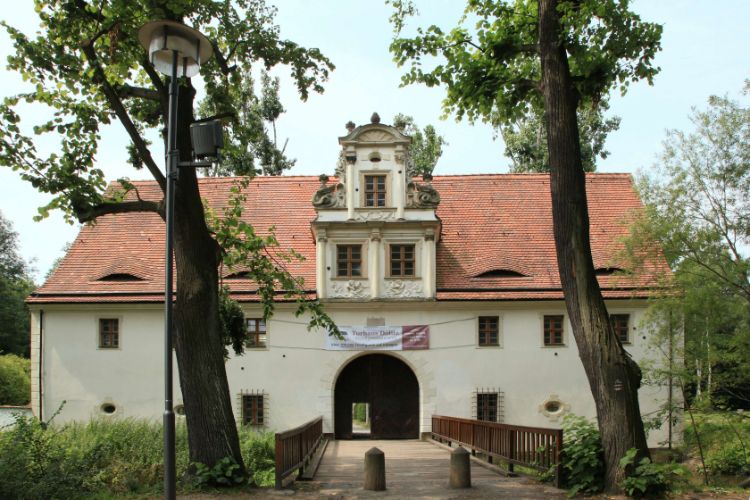
Torhaus Dölitz
LeipzigThe Torhaus Dölitz (Gatehouse Dölitz) is the remnant of a noble residence, the castle Dölitz. Large parts of Dölitz Castle and with it the gatehouse were built in the 17th century. The gatehouse contains a tin figure museum, the collection is one of the three largest publicly accessible worldwide wi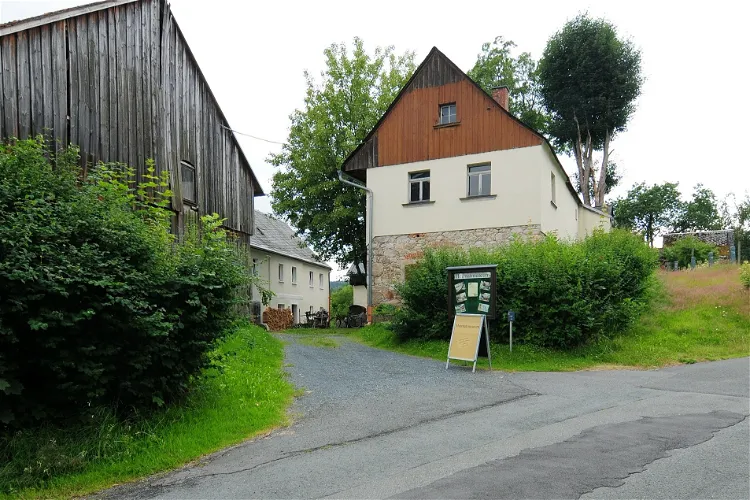
Heimatmuseum Bad Brambach
Bad BrambachThe Heimatmuseum Bad Brambach is a regional museum situated in the Zollstraße of Bad Brambach. It is managed by a registered association bearing the same name. This museum offers a unique opportunity to delve into the local history and culture of the region.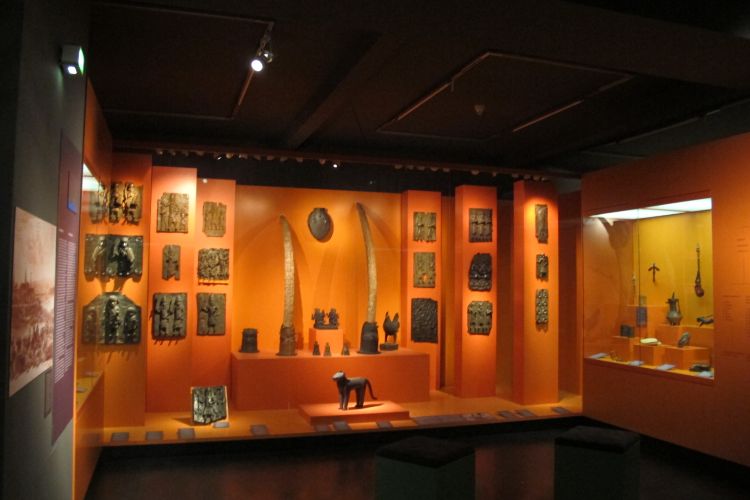
Grassi Museum of Ethnology in Leipzig
LeipzigGrassi Museum of Ethnology in Leipzig is a large ethnographic museum in Leipzig in Germany. The museum holds a collection of around 200,000 objects, making it one of the largest ethnographic collections in Germany. The objects can be geographically categorized, with objects form East Asia, Southeast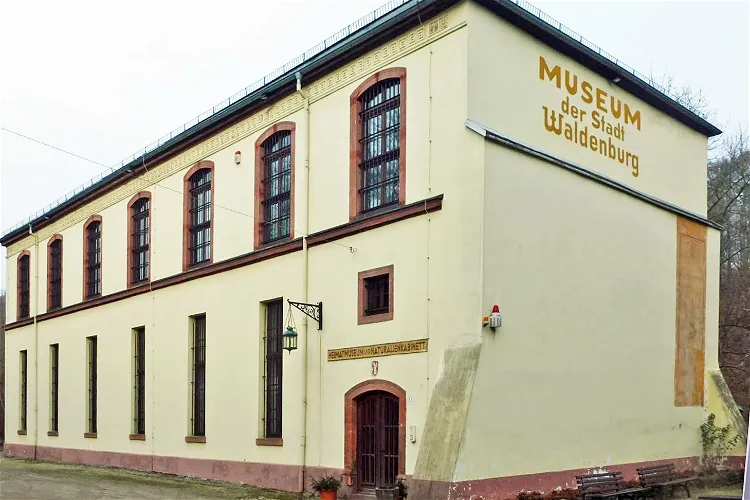
Museum - Natural History Collection Waldenburg
WaldenburgThe Museum – Naturalienkabinett in Waldenburg (Saxony) is home to the Naturalienkabinett of the Princes of Schönburg-Waldenburg. This collection has been housed in the outdoor area of Waldenburg Castle since the 1840s, making it a significant part of the region's history.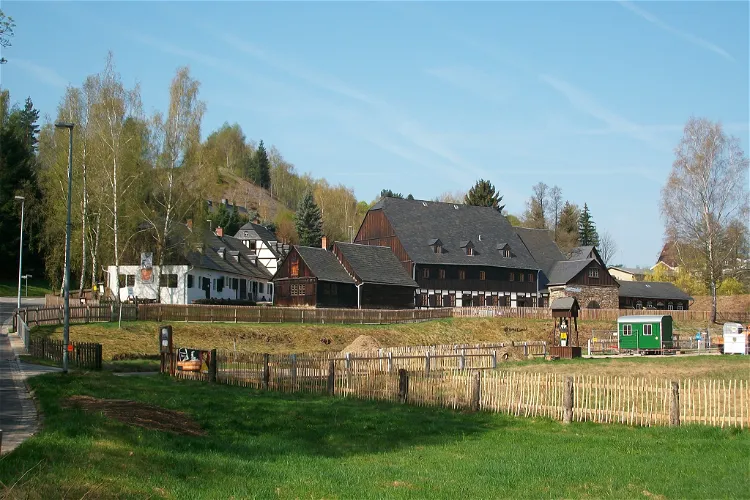
Technisches Museum Siebenschlehener Pochwerk
SchneebergThe Siebenschlehener Pochwerk, located in the Schneeberg district of Neustädtel, is a monument of significant historical importance. It was a crucial tool in the processing of cobalt, silver, and nickel ores that were mined in this region of the Ore Mountains. This makes it a fascinating site for those interested in the history of mining and ore processing.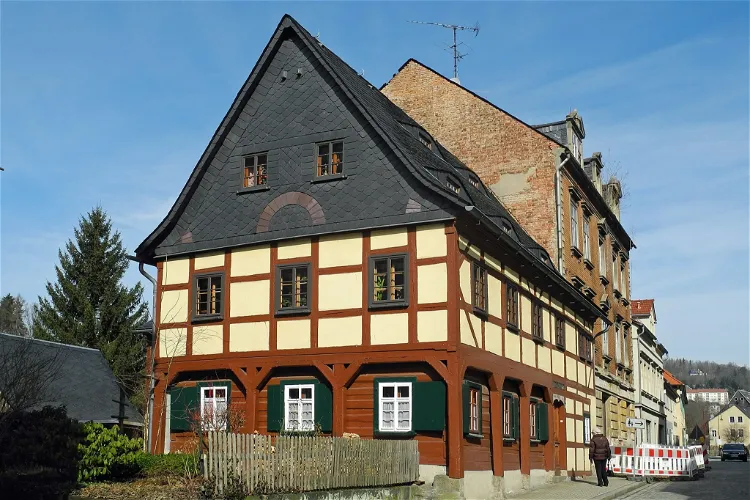
Kaukasusstube
Sebnitz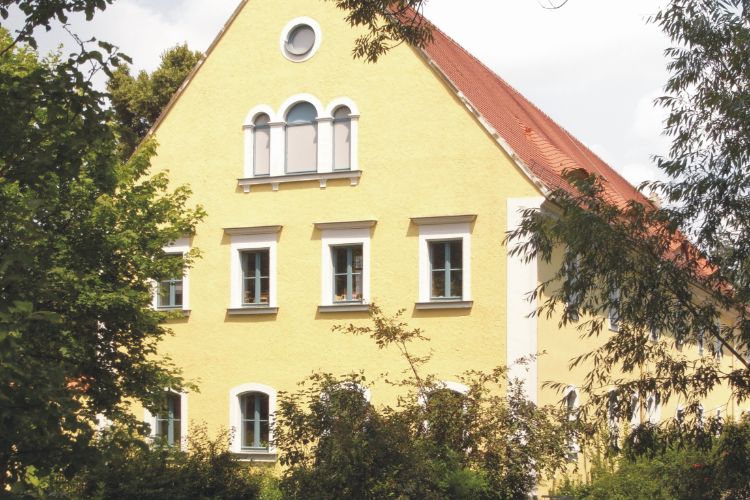
Palitzsch-Museum
DresdenThe Palitzsch Museum is a museum in Dresden that is dedicated to the 7000-year settlement history of today's district of Prohlis and the Prohlis natural scientist Johann George Palitzsch, who in 1758 first saw the then eagerly awaited Halley's comet. The museum is housed in a former farm and its exh
Schulmuseum Dresden
DresdenThe Schulmuseum Dresden (School Museum Dresden) is a school museum in Dresden in Germany. The extensive collections of the school museum document the school history of Dresden and consist of an extensive collection of textbooks, teaching aids, pictures and photographs and other objects related to sc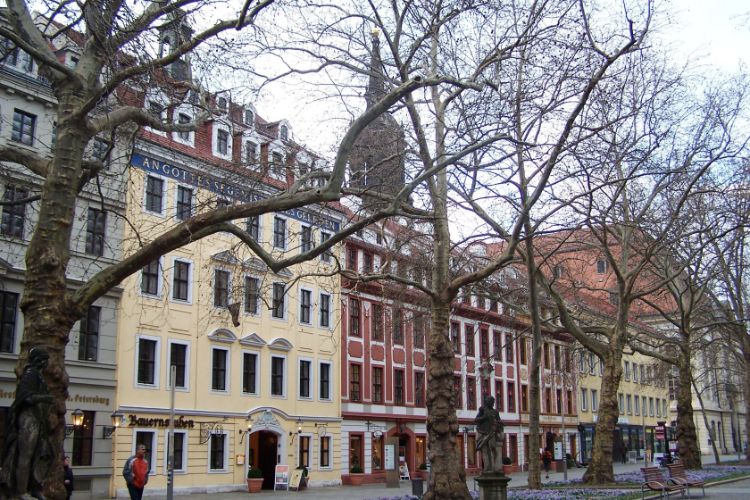
Kuegelgenhaus - Museum of Dresden Romanticism
DresdenKuegelgenhaus - Museum of Dresden Romanticism is an art, literature and music museum in Dresden that is housed in the former home of the painter Gerhard von Kügelgen. The museum is dedicated to artists from the Romantic era and their works. The museum's exhibition covers nine rooms that cover the ti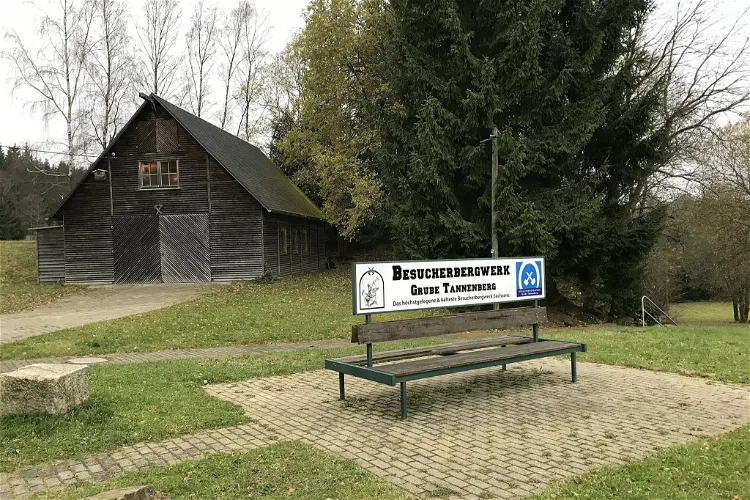
Besucherbergwerk Grube Tannenberg
SchneckensteinThe Tannenberg mine, located south of Tannenbergsthal in the district of Schneckenstein, is a former tin mine in the Saxon Vogtland. Today, it serves as a visitor mine, offering tourists a unique opportunity to explore the history and workings of a traditional tin mine.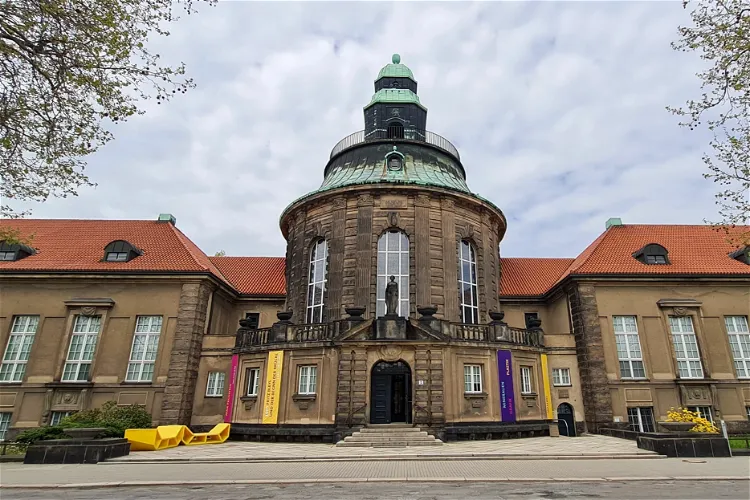
Kunstsammlungen Zwickau
ZwickauThe museum today houses a variety of collections, including art collections and a sculpture collection. It also features a mineral collection that dates back to the Zwickau mining factor Ernst Julius Richter. Additionally, the museum is home to the Ratsschulbibliothek, adding to the diverse range of exhibits that visitors can explore.
Barockhaus
GörlitzThe Barockhaus Neißstraße 30 in Görlitz is a significant structure from the Baroque period that has been part of the city's Cultural History Museum since 1951. This commercial and residential building is located in the heart of the old town, offering visitors a glimpse into the architectural and cultural history of the period.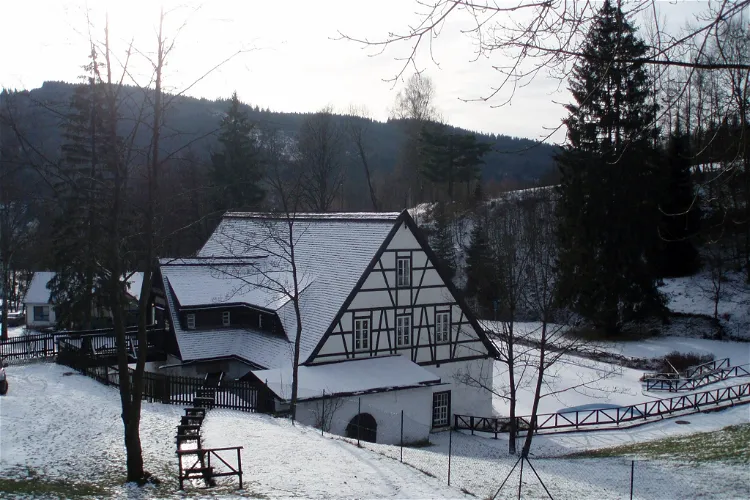
Technisches Museum Silberwäsche
AntonsthalThe Silberwäsche is a technical museum that is situated in the Antonsthal district of the municipality of Breitenbrunn/Erzgeb. in the Erzgebirgskreis in Saxony. This location is rich in history and offers a unique insight into the technical aspects of the region's past.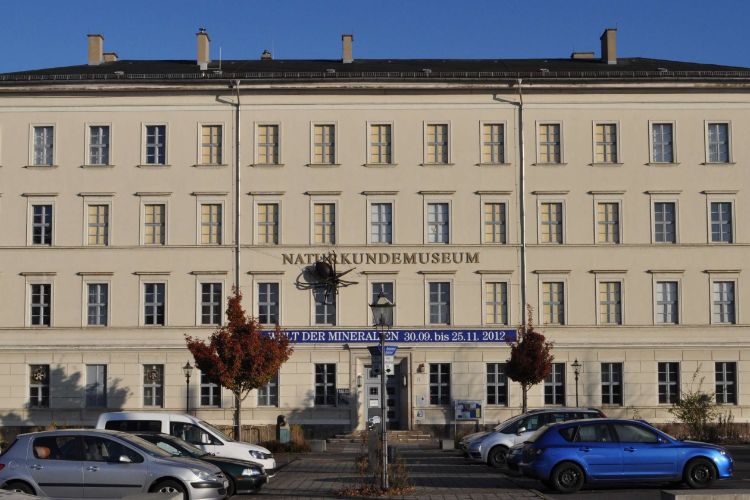
Naturkundemuseum
LeipzigThe Naturkundemuseum is a natural history museum in Leipzig with geological-paleontological, botanical, zoological and archaeological collections. The museum includes the insect collection of Alexander Julius Reichert. The collections contain a large number of scientifically valuable exhibits. Among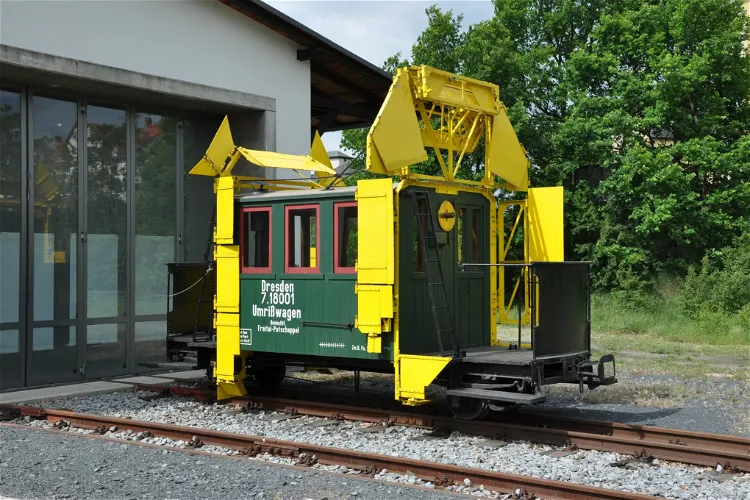
Schmalspurbahnmuseum
Radebeul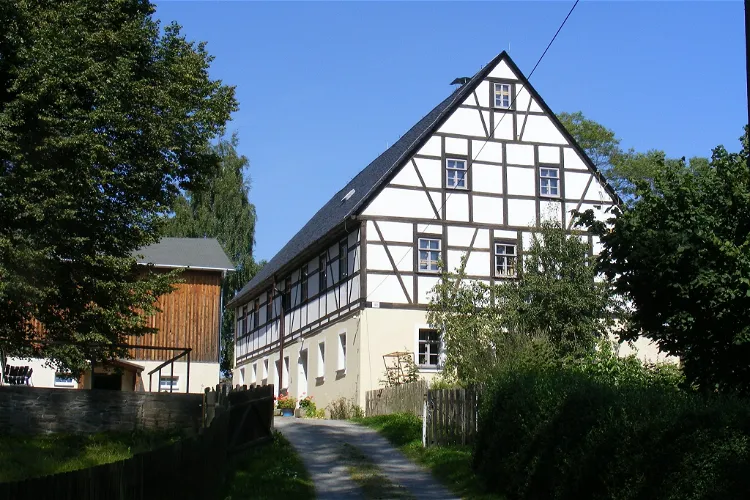
Dorfmuseum Gahlenz
OederanThe Dorfmuseum Gahlenz is a monument-protected three-sided courtyard located in the district of Gahlenz in the small Saxon town of Oederan. This unique architectural structure adds to the historical charm of the museum, making it a fascinating destination for tourists interested in history and architecture.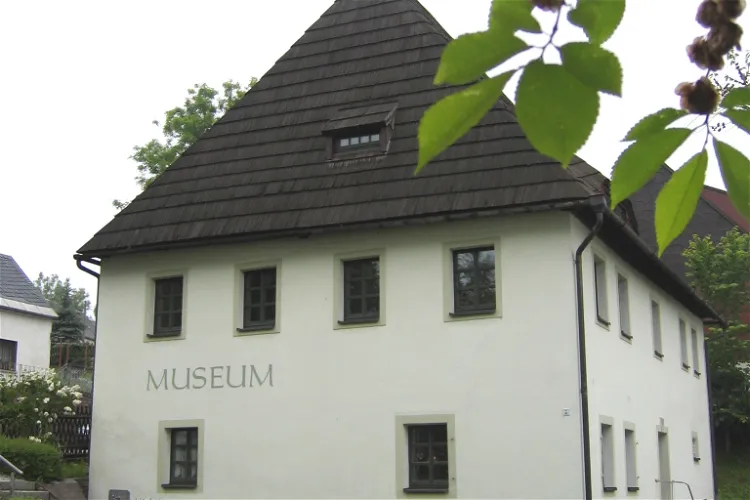
Glassworks Museum of the Ore Mountains
DittersbachThe museum offers a comprehensive display of the Ore Mountain glassmaking history. It features a glassworks from the time of Georgius Agricola, a workshop room, and other written and material witnesses. Additionally, it provides insights into the history of Neuhausen and Purschenstein Castle. This makes it an informative destination for tourists interested in glassmaking and local history.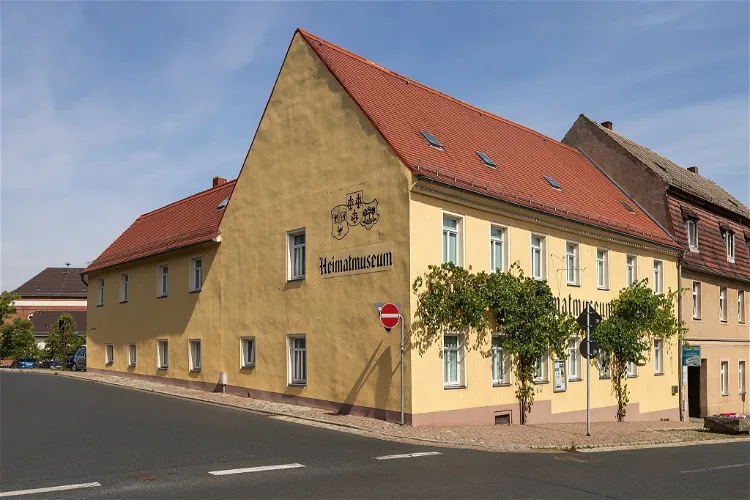
Heimatmuseum
Nossen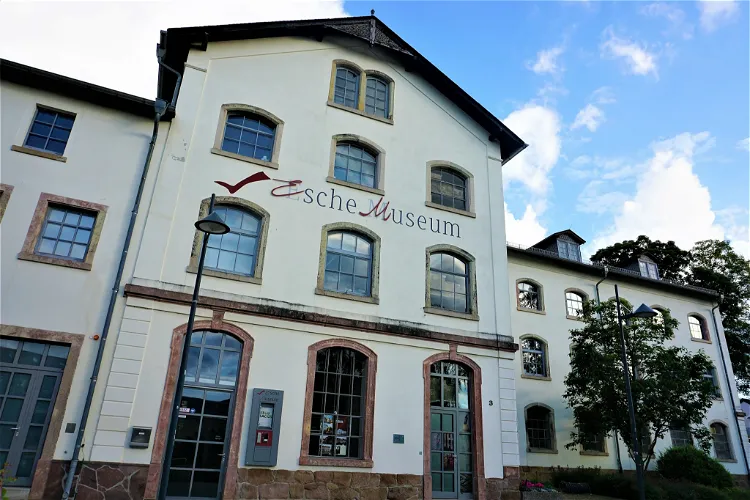
Esche-Museum
Limbach-Oberfrohna
Flößerhaus
Rechenberg-Bienenmühle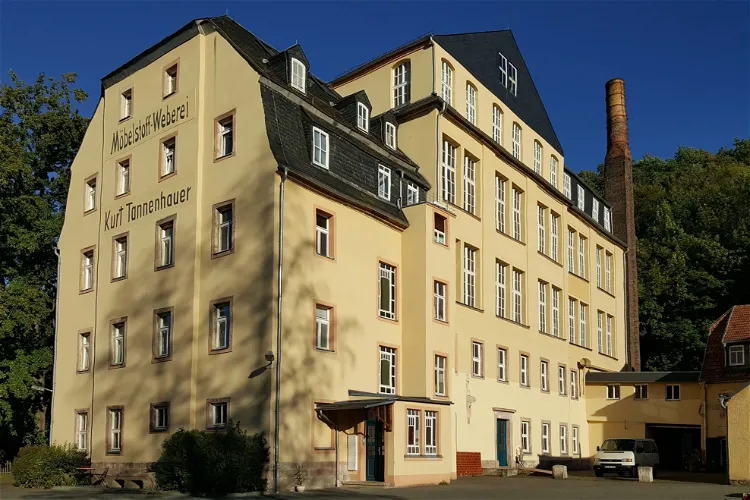
Historische Schauweberei
BraunsdorfThe Historische Schauweberei in Braunsdorf, a district of Niederwiesa, is a museum dedicated to the textile industry. This historical site is a protected monument, offering visitors a glimpse into the rich history of textile production in the region. The museum is housed in a building complex that was built around 1800 and has since undergone several changes in ownership and production.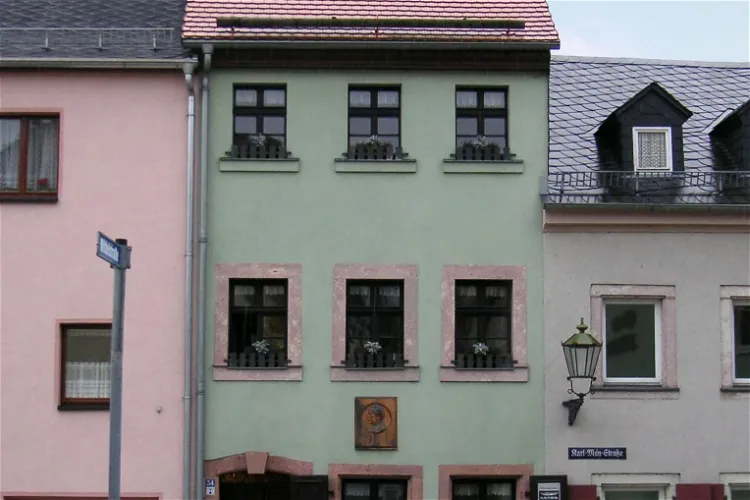
Karl-May-Haus
Hohenstein-ErnstthalThe Karl-May-Haus in Hohenstein-Ernstthal is a significant location as it is the birthplace of the renowned writer Karl May. The house is situated at Karl-May-Straße 54, making it easily accessible for visitors. This historical site offers a unique opportunity to delve into the life and works of Karl May, providing a deeper understanding of the author's background.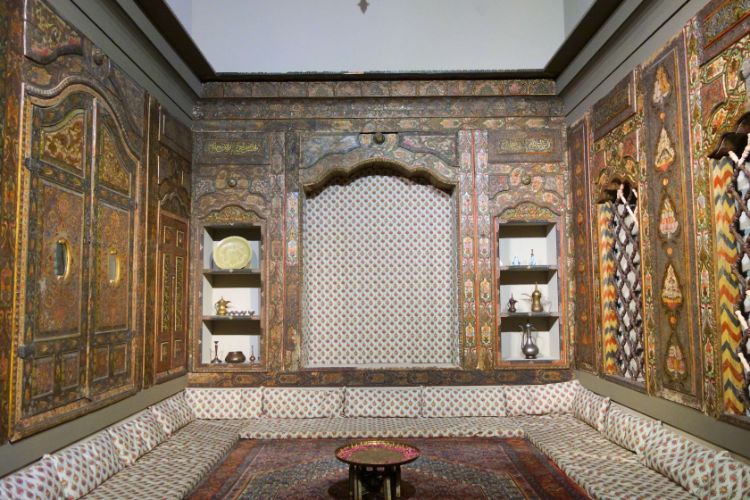
Dresden Museum of Ethnology
DresdenThe Dresden Museum of Ethnology (Museum für Völkerkunde Dresden) is a museum in Dresden in Germany that holds and exhibits an ethnographic collection with more than 90,000 pieces from all over the world, including numerous precious, irreplaceable testimonies of long-lost cultures. The museum present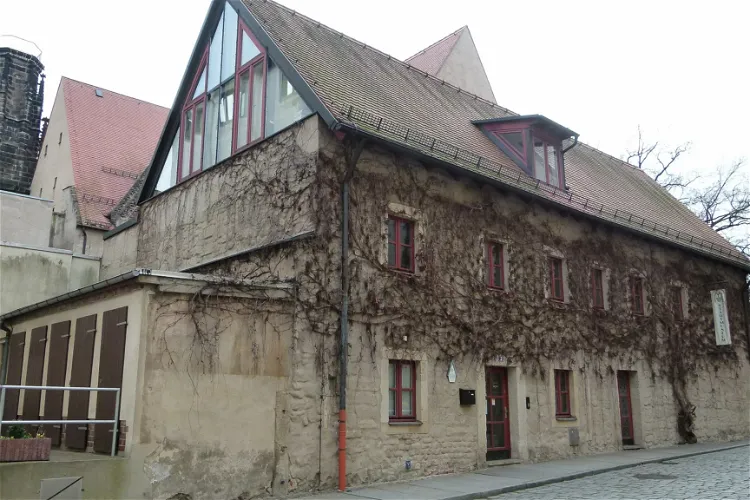
Stadtmuseum Pirna
PirnaThe Stadtmuseum Pirna serves as the central city and local history museum of the Saxon county town Pirna. This town is also the administrative seat of the district Sächsische Schweiz-Osterzgebirge. The museum provides a comprehensive insight into the history and culture of the region, making it a valuable destination for tourists interested in local history.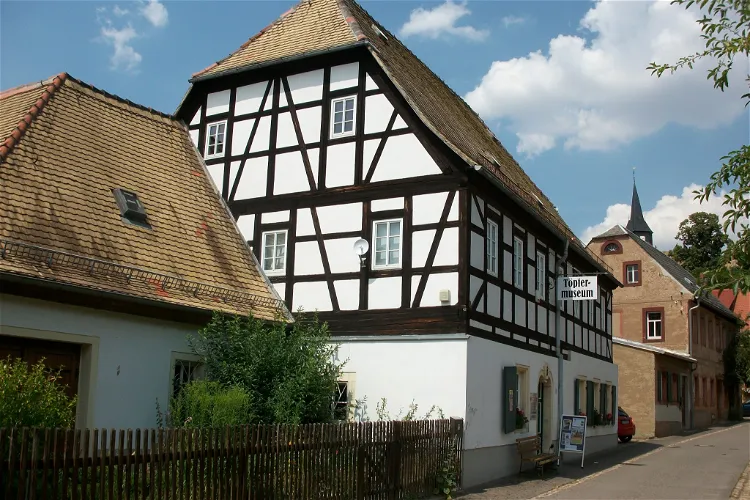
Töpfermuseum
Kohren-Sahlis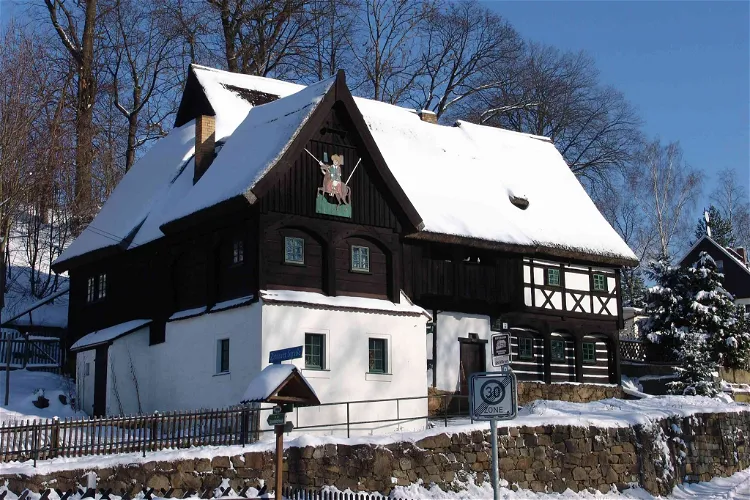
Reiterhaus Neusalza-Spremberg
Neusalza-SprembergThe Reiterhaus, located on Bundesstraße 96 in Neusalza-Spremberg, is a monument and local museum. It was built before 1660 as a small farmhouse in the unique Umgebinde style and was supplemented with a west wing, also known as the Reiter wing, before 1800. This makes it one of the oldest and most picturesque Umgebinde houses in the Oberlausitz area.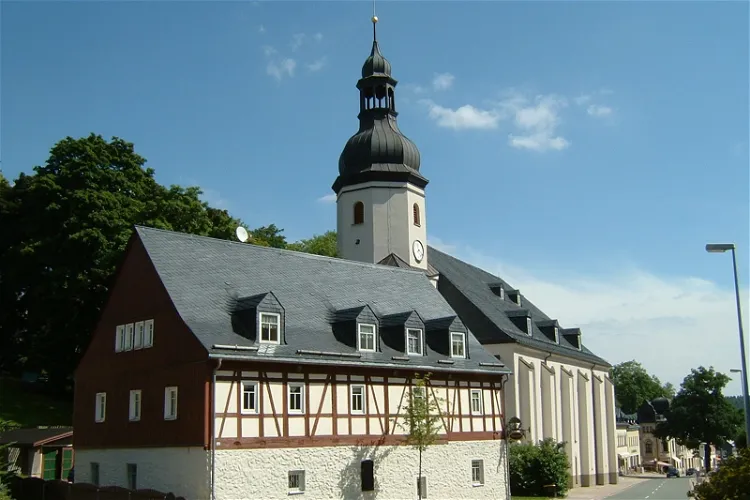
Bürsten- und Heimatmuseum
SchönheideThe Bürsten und Heimatmuseum Schönheide is conveniently located in the heart of Schönheide, adjacent to the Martin Luther Church. This central location makes it easily accessible for tourists visiting the town. The museum is housed in a half-timbered house that was originally built in 1657 as a school, adding a layer of historical significance to the site.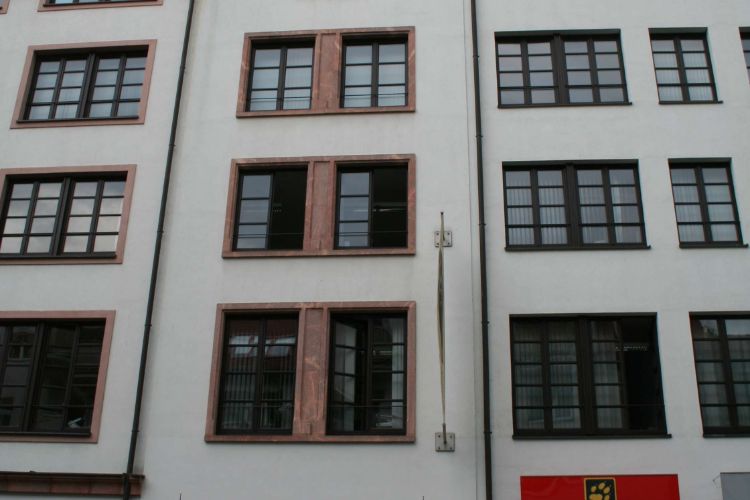
Egyptian Museum of the University of Leipzig
LeipzigThe Egyptian Museum of the University of Leipzig (Ägyptisches Museum der Universität Leipzig) is a museum in Leipzig that holds a collection of approximately 7,000 finds from several millennia, from the Paleolithic and pre-dynastic cultures of Egypt throughout all periods of Pharaonic Egypt (early E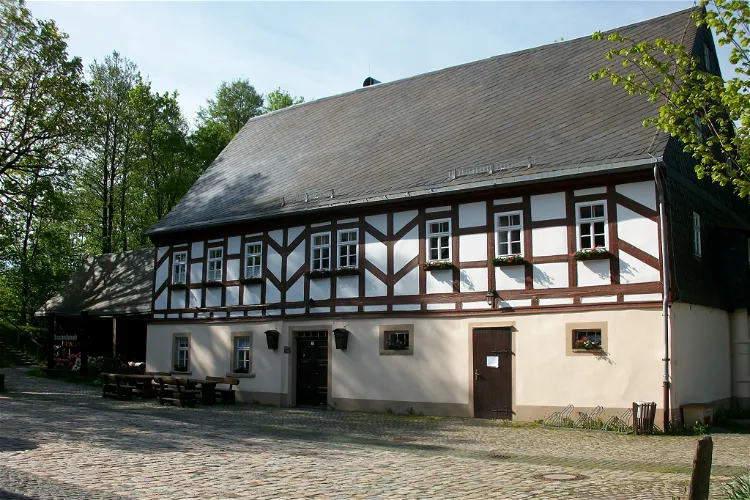
Heimatmuseum Knochenstampfe
Zwönitz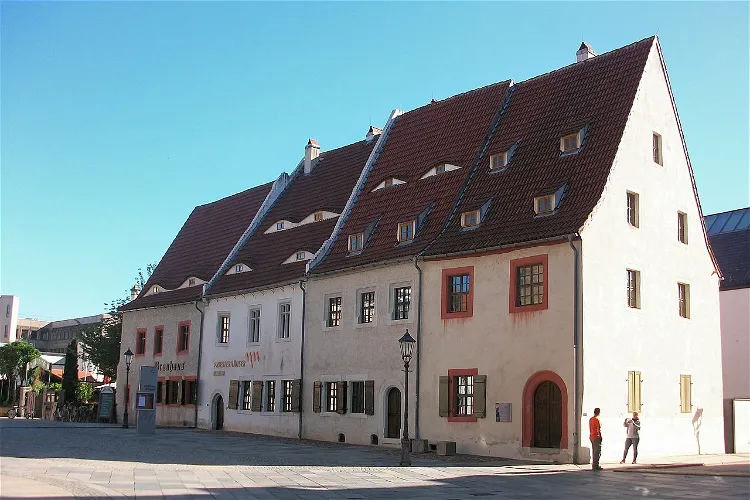
Priesterhäuser Zwickau
Zwickau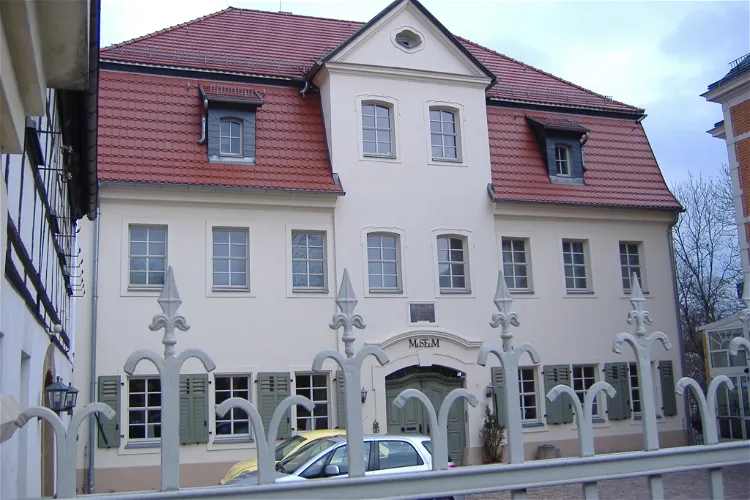
City and steam engine museum
WerdauThe City and Steam Engine Museum Werdau offers a unique insight into the city's history and local industrial heritage. It houses one of the largest collections of Fraureuther porcelain in Germany, making it a significant destination for those interested in ceramics and industrial history. The museum's exhibits include various displays and models that provide a comprehensive overview of Werdau's past.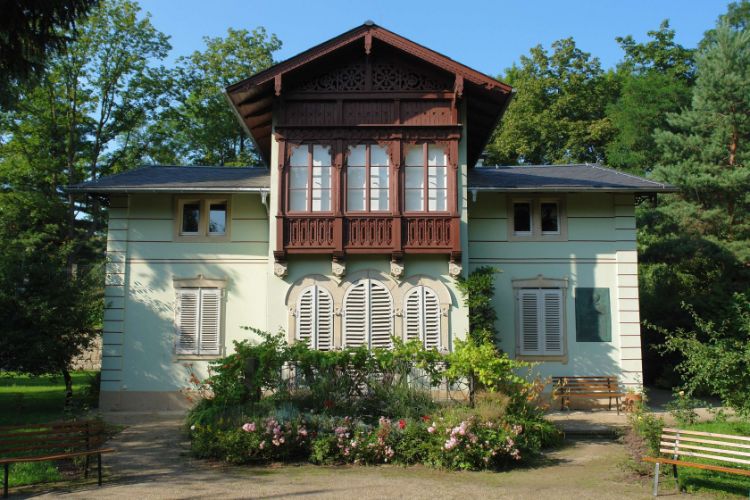
Kraszewski-Museum
DresdenThe Kraszewski Museum is a literary museum in Dresden that is dedicated to the Polish writer, painter, historian and composer Józef Ignacy Kraszewski (1812-1887). The exhibitions in the museum feature both the German and the Polish language (as well as English). The permanent exhibition illustrates
Schiller Pavillion
DresdenThe Schillerhäuschen (Schiller Pavillion) is a literary museum in Dresden that is dedicated to the important German poet, philosopher, physician, historian, and playwright Friedrich Schiller. The museum is housed in a small building in which Schiller is said to have lived. The Schillerhäuschen (Sch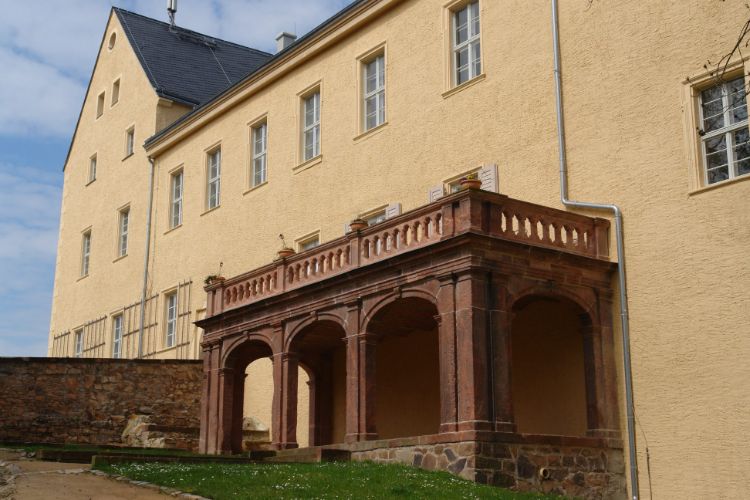
Museum Schloss Frohburg
Leipzig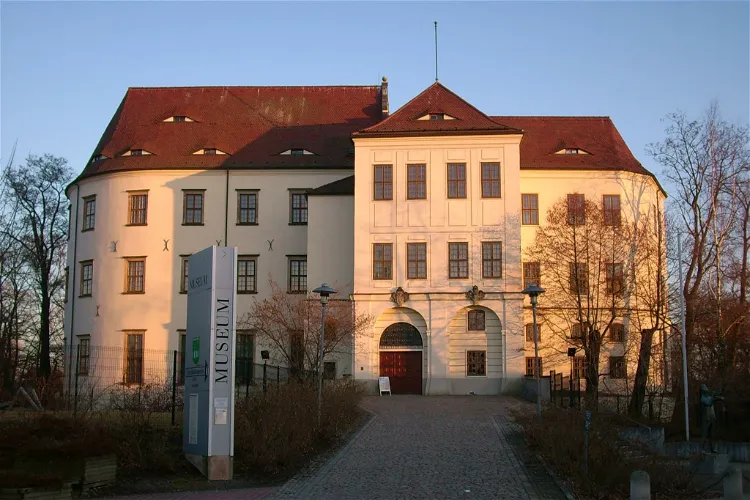
Stadtmuseum Hoyerswerda
HoyerswerdaThe Hoyerswerda Castle, situated in the heart of Hoyerswerda's old town, has been primarily used as the Stadtmuseum since the 1950s. This historic building, which has undergone several transformations since its original construction in the 13th century, now serves as a repository of the city's history and culture. Visitors can explore the museum's permanent exhibition, which sheds light on the city's past and the artistic work of honorary citizen Jürgen von Woyski.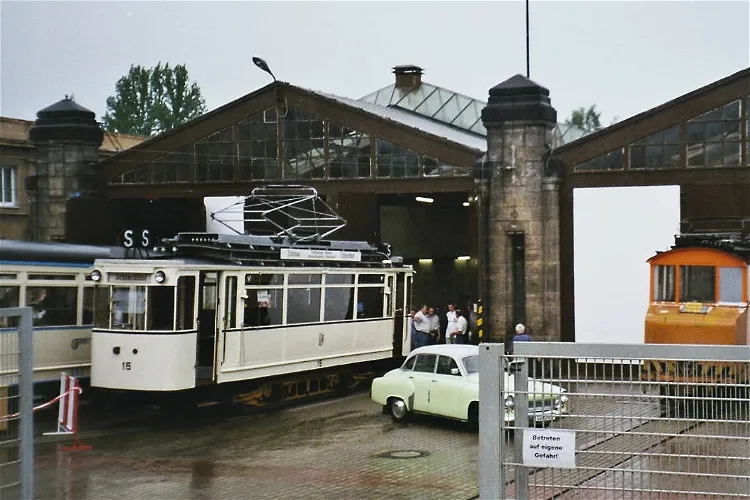
Straßenbahnmuseum
ChemnitzThe Straßenbahnmuseum is a transport museum that focuses on the history of trams. Visitors can expect to see a variety of exhibits, including rail vehicles and tram-related equipment. The museum also houses theme-related items such as network maps, tickets, timetables, and other historical documents. Additionally, uniforms and models are part of the collection, providing a comprehensive overview of tram history.
Museum of Saxon vehicles e.V.
ChemnitzThe Museum for Saxon Vehicles, also referred to as the Vehicle Museum Chemnitz, is a unique destination for automobile enthusiasts. It houses a collection of bicycles, motorcycles, and cars, with a special focus on the history of Saxon vehicle construction. The museum is located in the historic Stern Garages, one of the oldest preserved multi-storey garages in Germany, adding to its charm and historical significance.
Frankenhausen Abbey
CrimmitschauThe Abbey of Frankenhausen is a historical site located in Frankenhausen, a district of Crimmitschau, Germany. This former Cistercian abbey holds a significant place in the history of the region. It was given to the Cistercian nuns in 1278 and was fully moved to this location by 1292. The abbey was rebuilt after a fire in 1410 and was secularized following the Protestant Reformation in 1529. It was finally evacuated in 1543.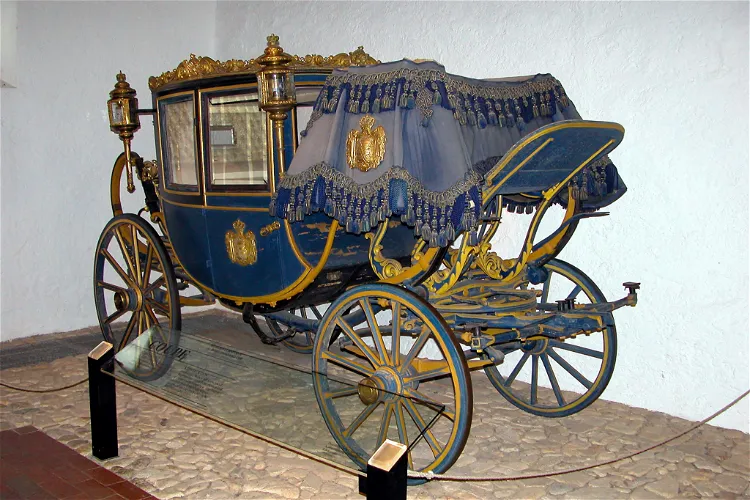
Kutschenmuseum im Schloß Augustusburg
AugustusburgThe Kutschenmuseum, or Carriage Museum, is a unique institution that specializes in the display and preservation of historical carriages. Visitors can explore a wide range of carriages from different periods, offering a fascinating insight into the history of transportation and society.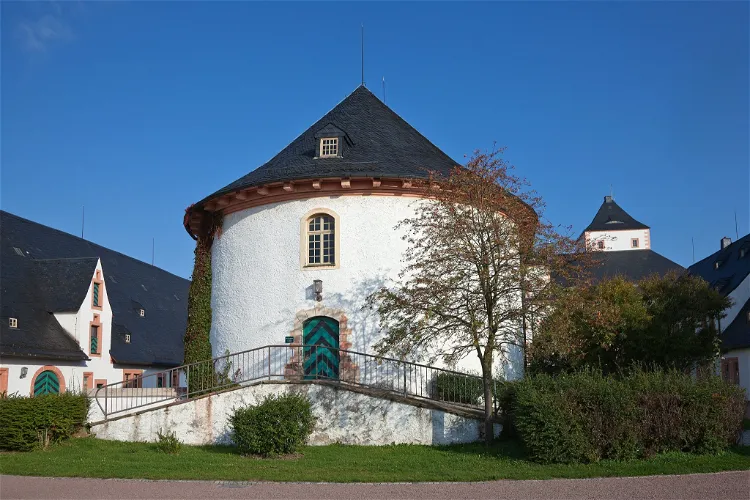
Brunnenhaus Augustusburg
Augustusburg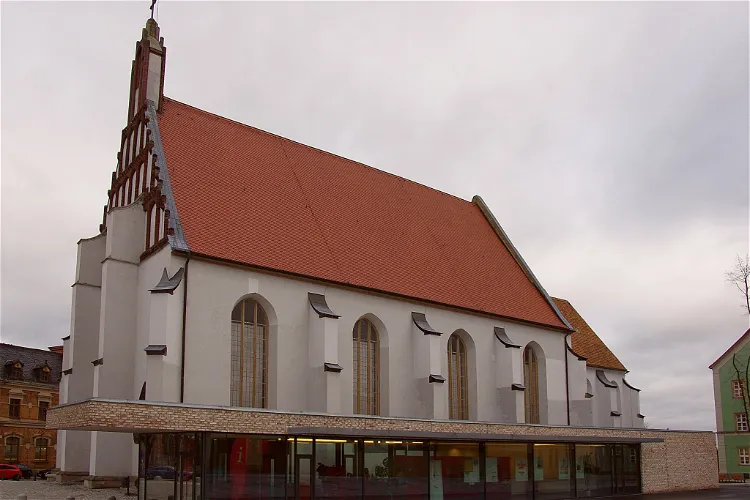
Klosterkirche und Sakralmuseum St. Annen
KamenzSince August 2011, the Klosterkirche St. Annen has been serving multiple purposes. It is not only a place for ecclesiastical activities and concerts but also houses the Klosterkirche und Sakralmuseum St. Annen. This museum showcases sacred works of art from the Kamenz churches, offering visitors a chance to appreciate the religious artistry of the region.
Domschatzkammer Bautzen
BautzenThe Domstift, or Tachantstwo in Upper Sorbian, is a significant historical site in Bautzen, Saxony. This horseshoe-shaped baroque building complex, which served as the bishop's office and residence of the Diocese of Meissen until 1980, is now used as an archive, library, and treasury of St. Peter's Cathedral in Bautzen. Visitors can explore the rich history of the region and the church through the various functions of the building.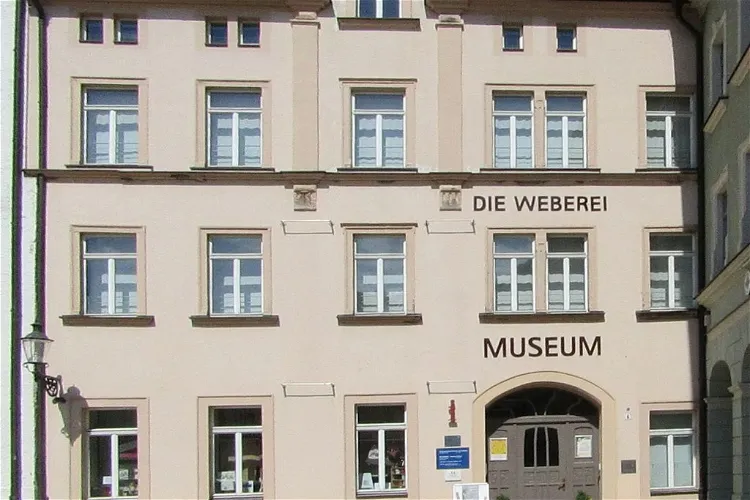
Die Weberei - Museum Oederan
OederanThe DIE WEBEREI | Museum Oederan is a unique collection that showcases the rich history of Saxon weaving. Located in the quaint town of Oederan, the museum offers a deep dive into the evolution of this craft and industry. Visitors can explore the museum's extensive collection, which spans centuries of weaving history, and gain a deeper understanding of the role this craft played in the region's cultural and economic development.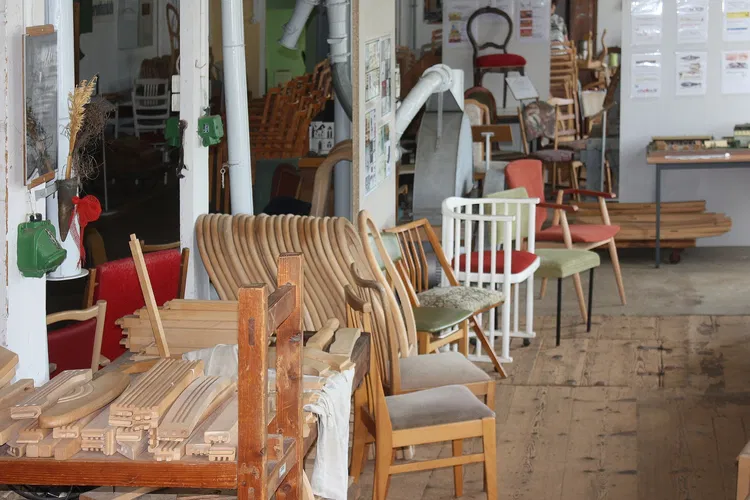
technisches Museum "Alte Stuhlfabrik"
DittersbachThe Technisches Museum "Alte Stuhlfabrik" is a museum situated in Neuhausen/Erzgeb, at Bahnhofstraße 20–24. This location is easily accessible and provides a unique opportunity to explore the history of furniture production in the region.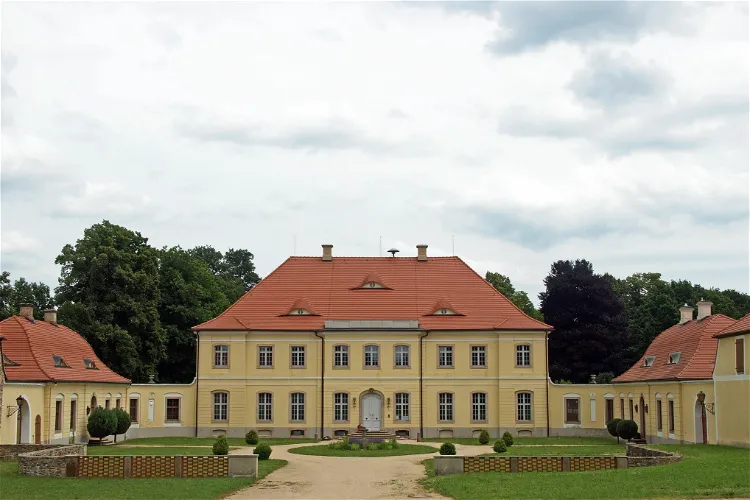
Barockschloss Königshain
KönigshainThe Barockschloss Königshain, also referred to as Neues Schloss Königshain, is one of two castles located in the community of Königshain, situated in the Görlitz district. This region is part of Upper Lusatia, an area in eastern Saxony. The castle is a significant part of the local history and architecture, offering visitors a glimpse into the past.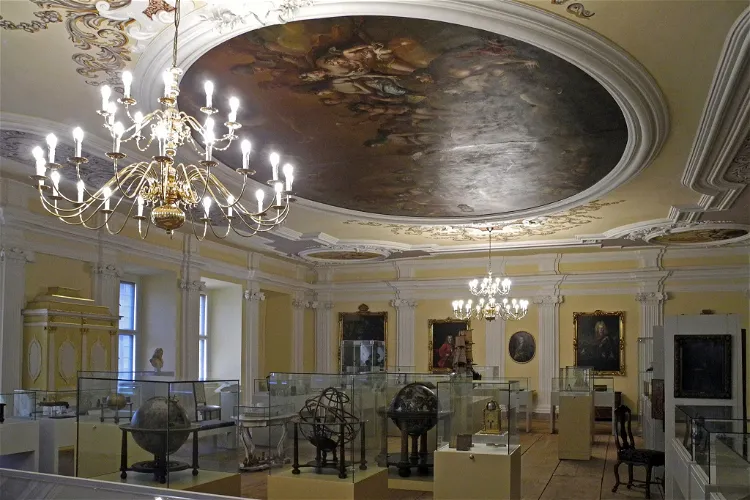
Kulturhistorisches Museum Franziskanerkloster
ZittauThe Kulturhistorisches Museum was founded in 1854, making it the oldest city museum in Saxony. This long history is reflected in the museum's extensive collection, which includes a wide range of historical artifacts and works of art. The museum's history can be traced back to 1709 when the Zittau City Library was expanded with a new, publicly accessible reading room, the so-called Baroque Hall, which is still used for museum purposes today.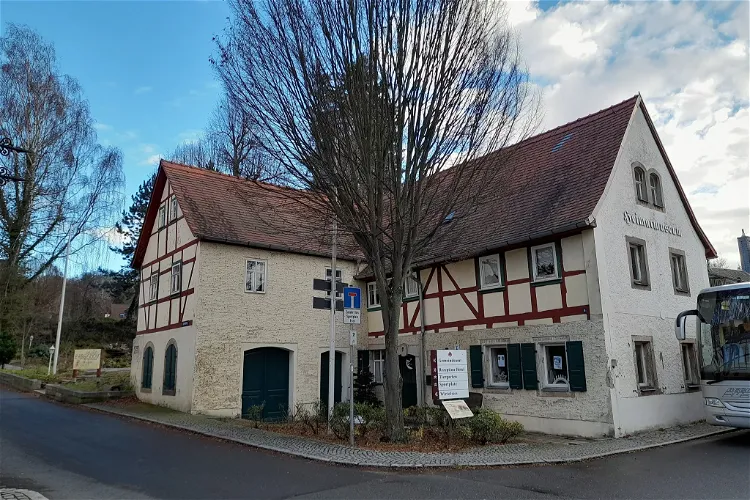
Heimatmuseum
Höckendorf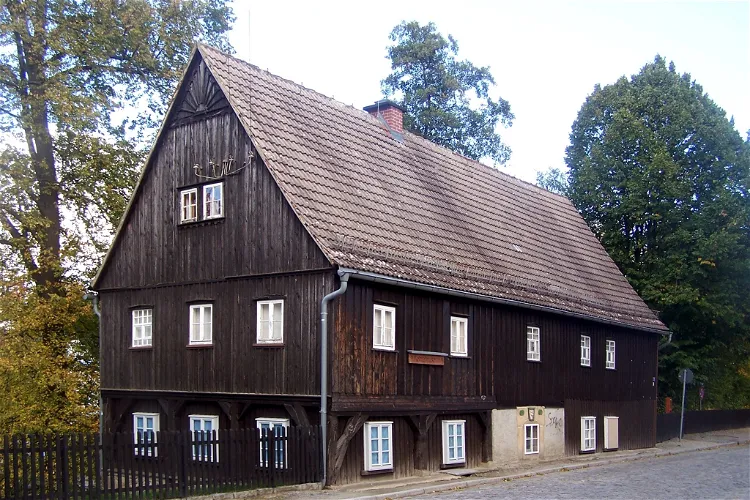
Heimatmuseum Großröhrsdorf
Großröhrsdorf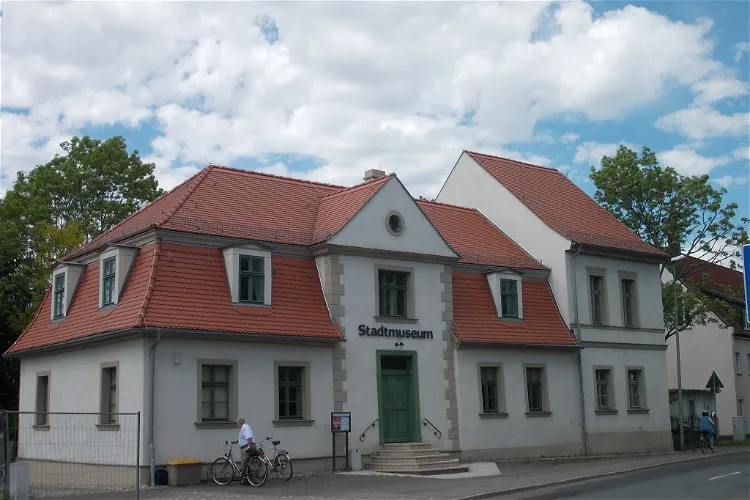
Stadtmuseum Schkeuditz
Schkeuditz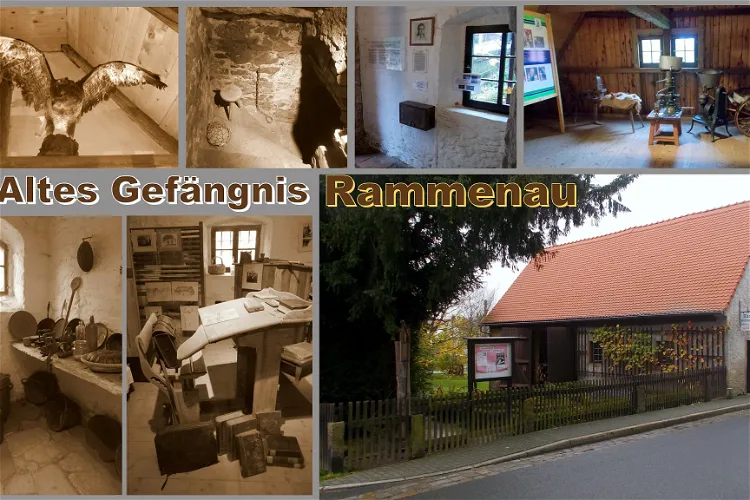
Altes Gefängnis
Rammenau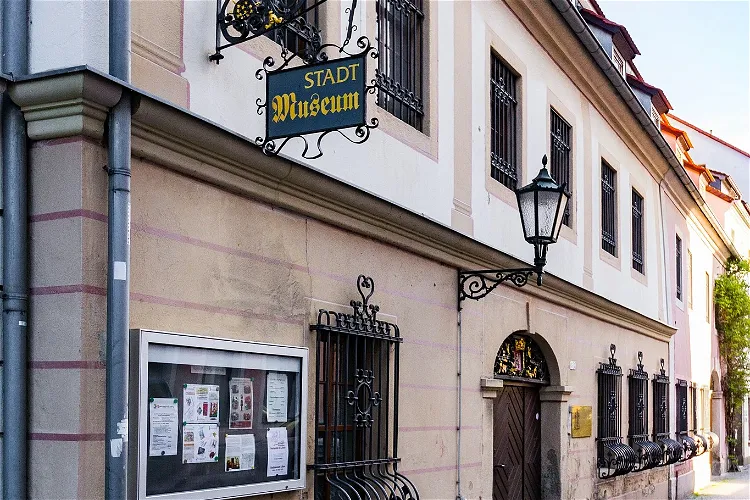
Stadtmuseum Löbau
LöbauThe Stadtmuseum Löbau, established in 1894, is a repository of cultural-historical and natural history objects. The collection spans a wide range of fields, including prehistory around the Löbauer Berg, sacred art, city history, history of the Six Cities League, folklore, crafts, trade and industry, (Upper Lusatian) furniture, and works of fine art. This diverse collection provides a comprehensive insight into the rich history and culture of the region.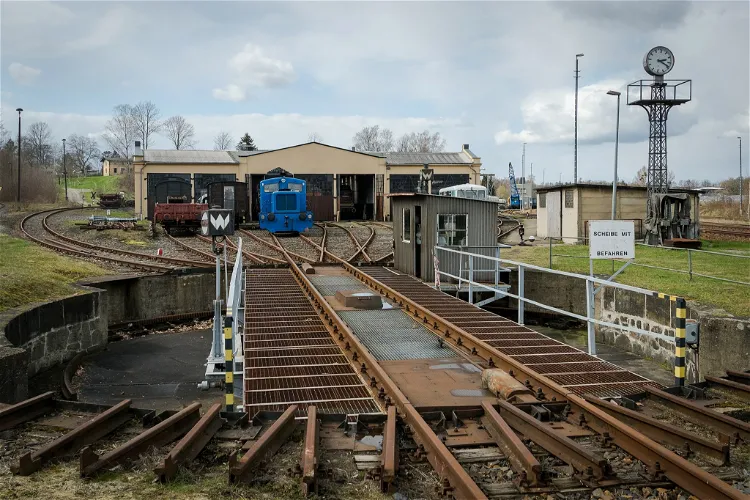
Maschinenhaus Löbau
LöbauThe Maschinenhaus Löbau is a railway museum situated in the station of Löbau, Saxony. It is located on the site of the former railway depot, providing visitors with a unique insight into the history and development of the railway industry in the region. The museum is managed by the Ostsächsische Eisenbahnfreunde (OSEF), a group of East Saxon railway enthusiasts.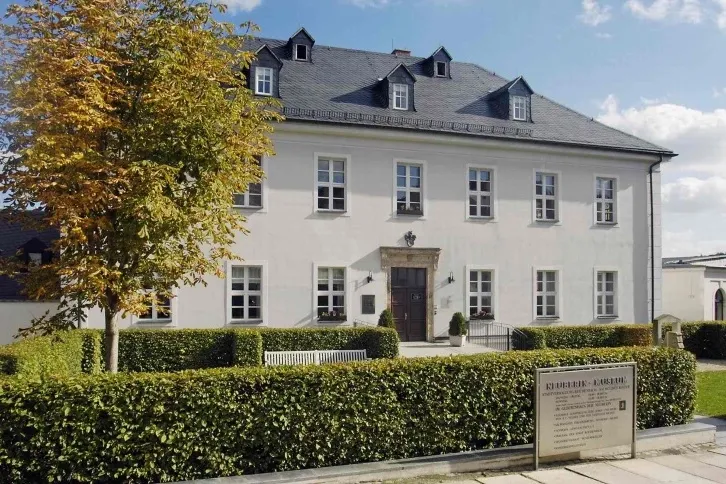
Neuberin-Museum
Reichenbach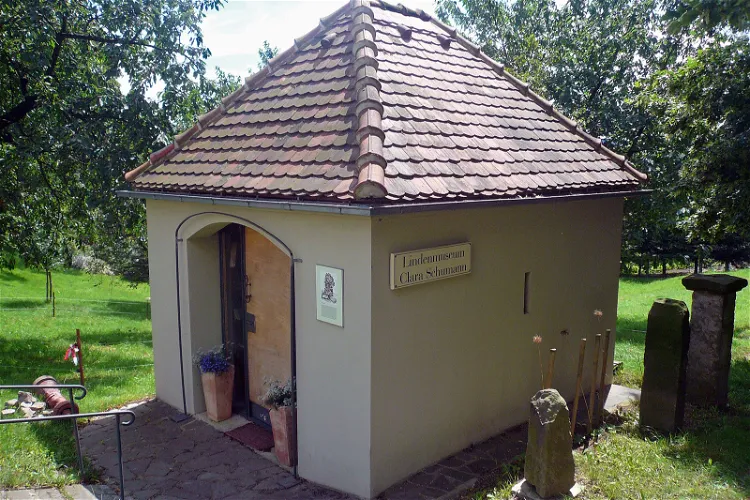
Lindenmuseum Clara Schumann
MaxenThe Lindenmuseum Clara Schumann is a quaint museum located in Schmorsdorf, Müglitztal, in the German state of Saxony. It is dedicated to the life and works of the renowned composer and pianist Clara Schumann. The museum offers a unique insight into the life of this extraordinary musician, making it a worthwhile visit for music enthusiasts and history buffs alike.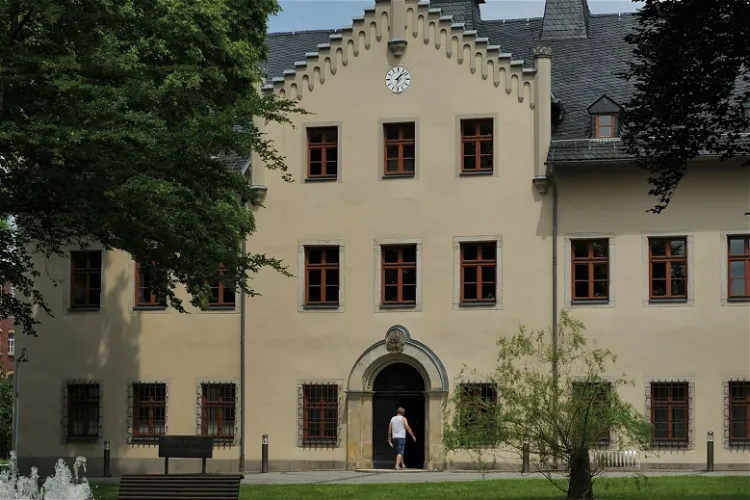
Heimatmuseum Falkenstein
Falkenstein/VogtlandThe Heimatmuseum Falkenstein is a museum with a regional focus, situated in the city of Falkenstein, within the Vogtland district of the Free State of Saxony. This location makes it a central point of interest for visitors interested in the history and culture of the region.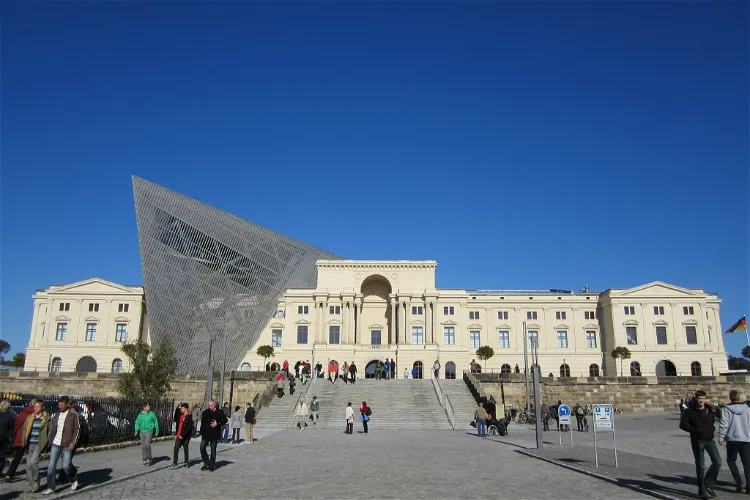
Bundeswehr Military History Museum
KönigsteinThe Bundeswehr Military History Museum in Dresden is one of the most significant museums of the German military forces. It shares this distinction with the Luftwaffenmuseum der Bundeswehr in Berlin-Gatow. The museum offers a comprehensive insight into the history and evolution of the German military forces, making it a valuable destination for those interested in military history.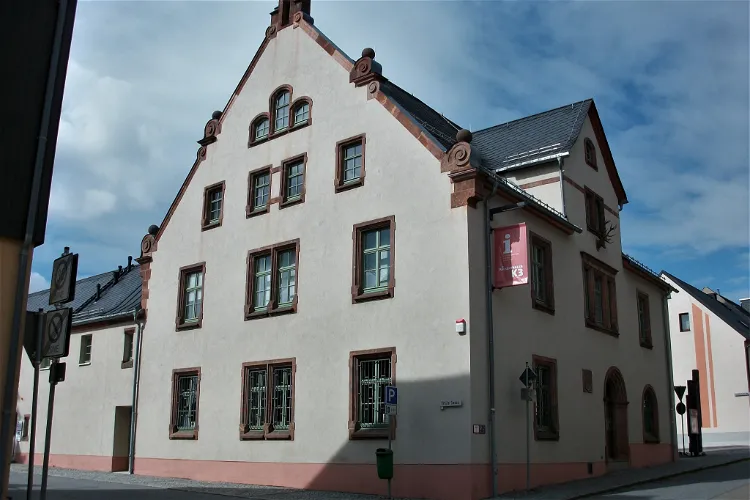
Wiesenthaler K3
OberwiesenthalThe Wiesenthaler K3 is a multifunctional building located in the spa town of Oberwiesenthal in the Saxon Erzgebirgskreis. It serves as a museum, a tourist information center, and a library. This makes it a central point of interest for tourists, providing them with a wealth of information and resources about the town and its surroundings.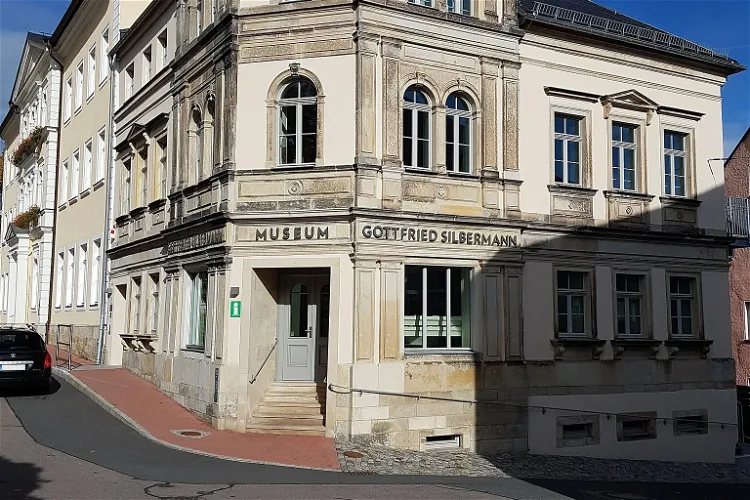
Silbermann-Museum Frauenstein
FrauensteinThe Gottfried-Silbermann-Museum is an organ museum dedicated to showcasing the life and work of the renowned organ builder, Gottfried Silbermann. The museum is conveniently located at Markt 4 in Frauenstein, making it easily accessible for tourists.
Kraftfahrzeug- und Technik-Museum Cunewalde
CunewaldeThe Kraftfahrzeug- und Technik-Museum Cunewalde is an automobile museum located in Saxony. It is managed by the Oberlausitzer Kfz.-Veteranen Club e. V. and was inaugurated in the year 2000. This museum is a great place for automobile enthusiasts and history buffs to explore the evolution of vehicles over the years.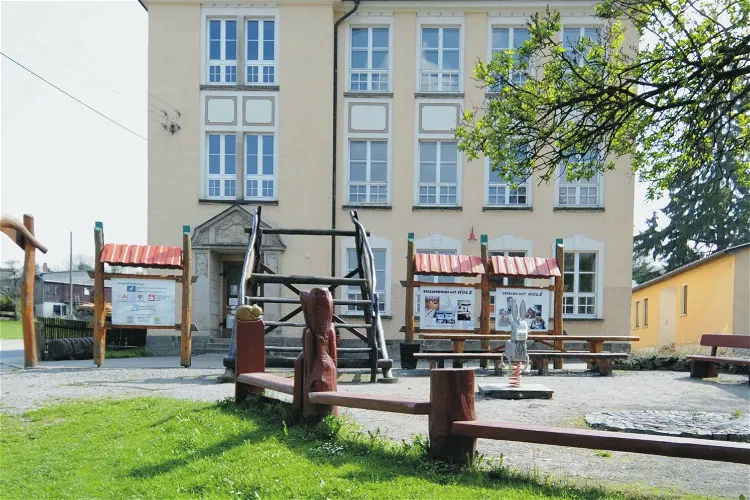
Oberlausitzer Forstmuseum
Sohland a. d. SpreeThe Oberlausitzer Forstmuseum is situated in the municipality of Sohland an der Spree, in the Bautzen district. The museum is managed by the Freundeskreis Forstmuseum Oberlausitz e. V., with the support of the municipality of Sohland an der Spree. This collaboration ensures the museum's smooth operation and its continued contribution to the local community.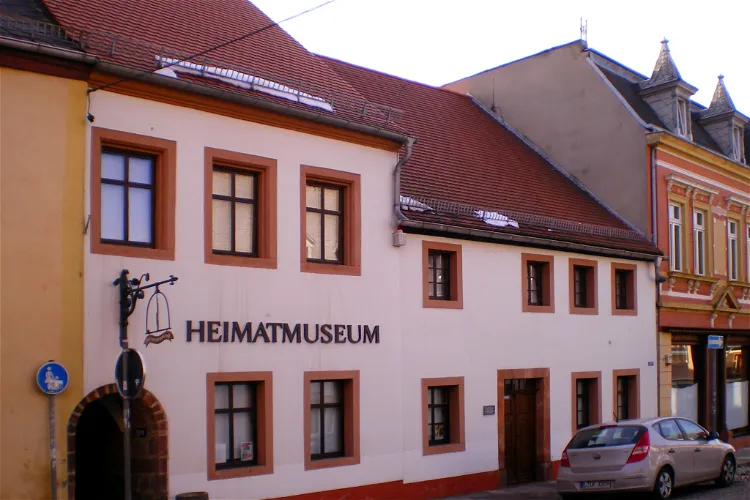
Heimatmuseum Geithain
Geithain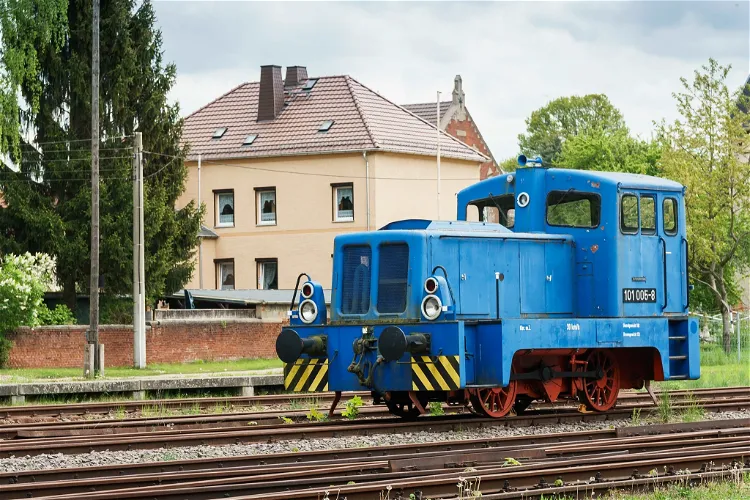
Museumsbahnhof Markersdorf-Taura
Markersdorf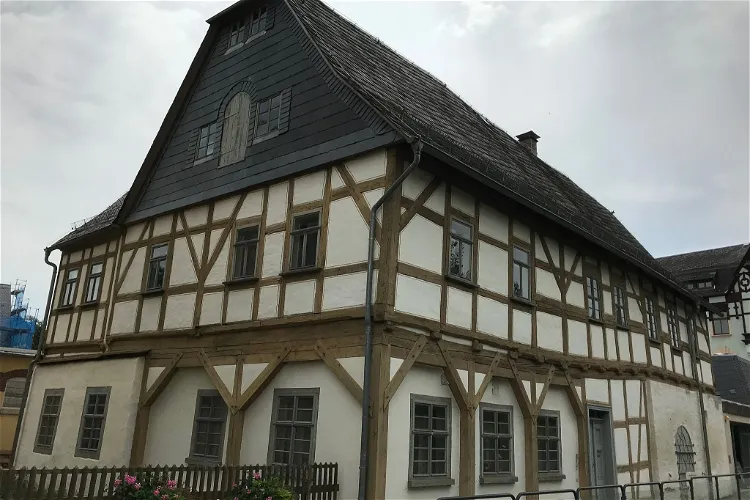
Stadtmuseum Lengenfeld
Lengenfeld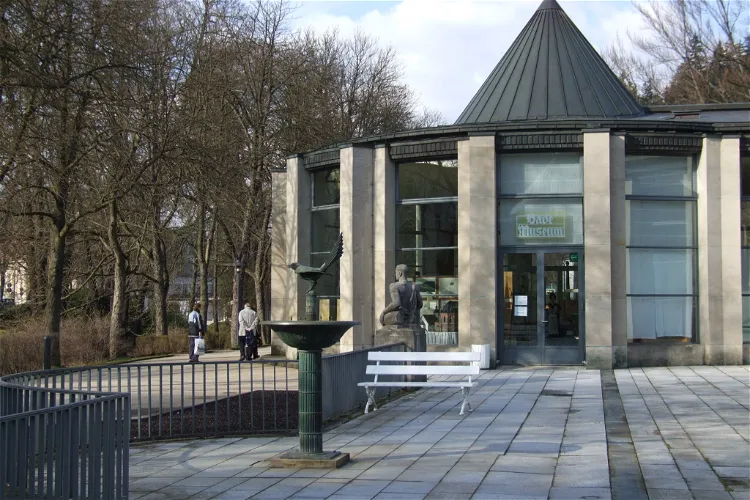
Spa Museum
Bad ElsterThe Spa Museum in Bad Elster, Saxony, has a rich history dating back to 1880 when it was first opened by Prof. Dr. Robert Flechsig, Bernhard v. Heygendorff, and the Royal Saxony court photographer Emil Tietze. However, the museum was not able to sustain its operations for long and soon had to close its doors.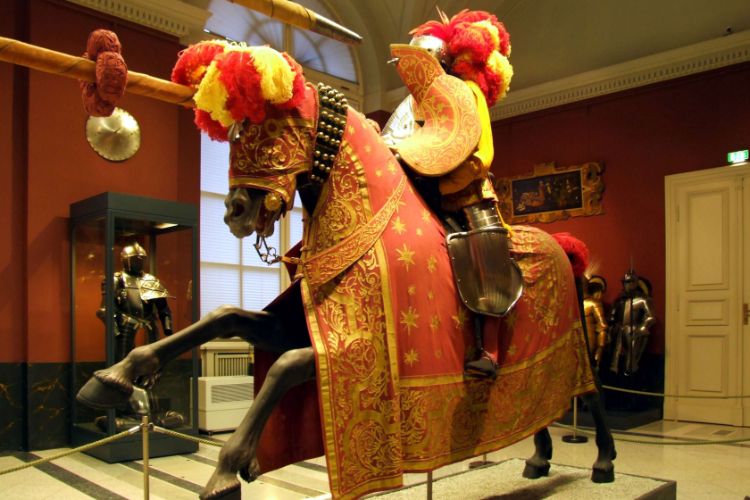
Dresden Armory
Dresden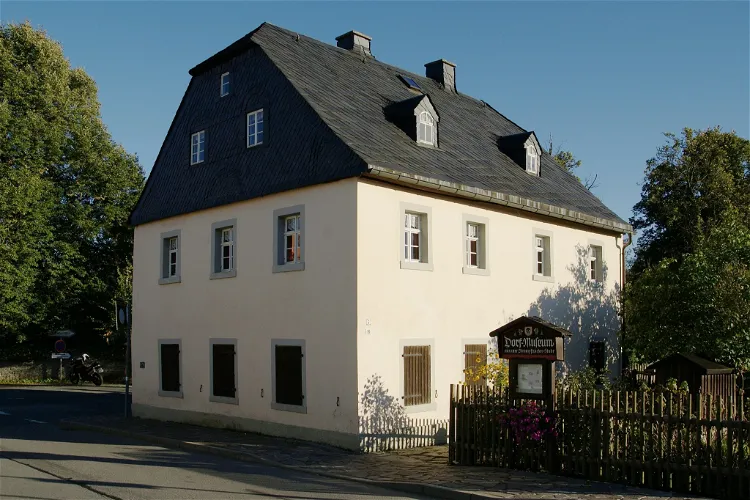
Dorfmuseum Sättlerhaus
Großolbersdorf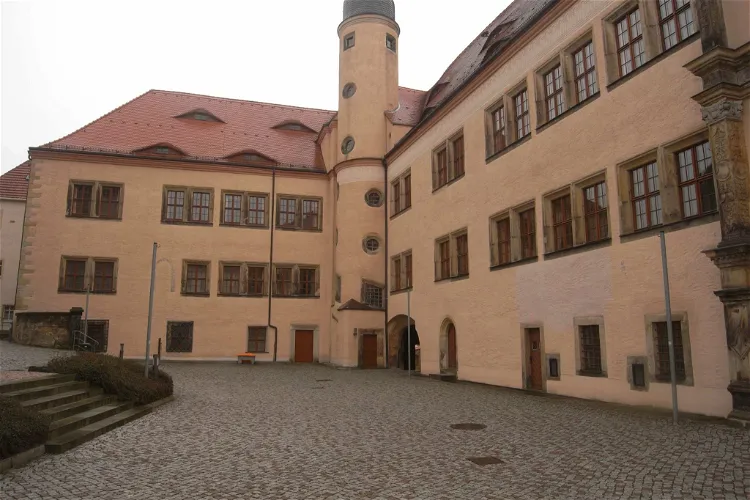
MiBERZ – Museum für mittelalterlichen Bergbau im Erzgebirge
DippoldiswaldeThe Museum für mittelalterlichen Bergbau im Erzgebirge, situated in Dippoldiswalde, is a unique destination that offers a glimpse into the ancient mining history of the region. The museum, which opened its doors on August 24, 2018, houses a collection of archaeological findings that were discovered beneath the city. These artifacts provide valuable insights into the mining practices and techniques used during the Middle Ages.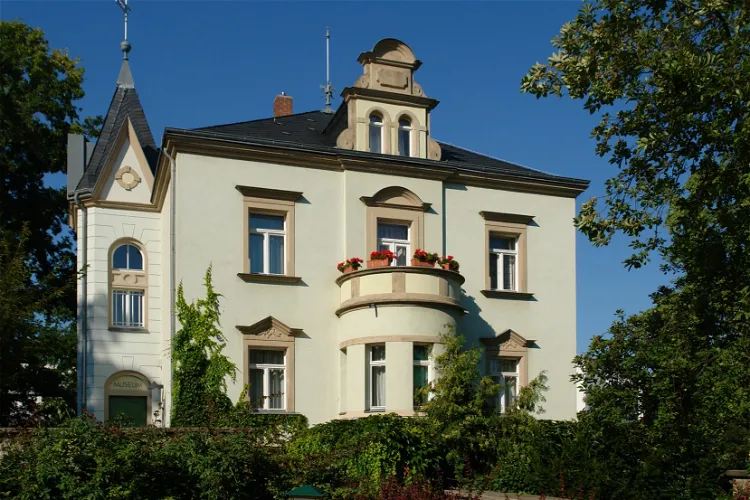
Karrasburg Museum
CoswigKarrasburg is a significant historical site in Coswig, a city located northwest of Dresden in the Saxon district of Meißen. This medieval water castle is not just a historical monument but also houses the city museum. The museum offers a unique opportunity to explore the rich history of the region, making it a worthwhile destination for tourists interested in history and culture.- 174
Waldarbeiterstube
Sebnitz 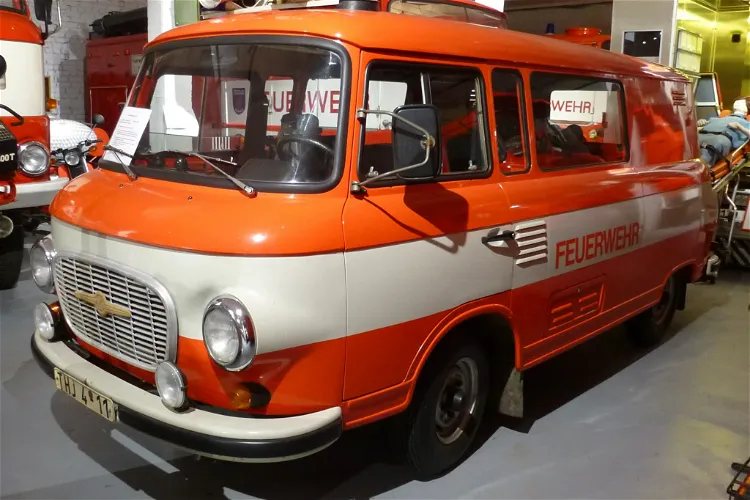
Sächsisches Feuerwehrmuseum Zeithain
ZeithainThe Sächsisches Feuerwehrmuseum Zeithain, located in Saxony, is a museum dedicated to the history of firefighting. It was opened by the Feuerwehrhistorik Riesa association on August 20, 1994. This museum provides an insight into the evolution of firefighting techniques and equipment over the years.- 176
Saxon Brewery Museum Rechernberg
Rechenberg-BienenmühleA beautiful historical brewery that offers guided tours showcasing its 400-years-old equipment and also its delicious beers. - 177
Kriebstein Castle
Kriebethal - 178
Historische Sammlung
Altenberg - 179
Olbernhau Museum
Olbernhau - 180
DDR Museum
Schwepnitz - 181
Heimatstube Langenhennersdorf
Bad Gottleuba-Berggießhübel - 182
Heimatmuseum Wilsdruff
WilsdruffThe Heimatmuseum Wilsdruff, which was once known as the Heimatsammlung Wilsdruff, was established by Artur Kühne and Alfred Ranft. This local and natural history collection was opened to the public in 1919. The museum has been housed in the ground floor of the current Oberschule am Gezinge in Wilsdruff since its inception. - 183
Museum im Stasi-Bunker
Leipzig - 184
Richard-Wagner-Stätten Graupa – Lohengrinhaus
Pirna - 185
Richard-Wagner-Stätten Graupa – Jagdschloss
Pirna - 186
Serpentin- und Heimatmuseum
Zöblitz - 187
Heimatmuseum Ostritz
Ostritz - 188
Ackerbürgermuseum Reichenbach
Reichenbach/O.L. - 189
Toy Museum Görlitz
Görlitz - 190
IG Dampflok Nossen e.V.
Nossen - 191
Bauern- und Heimatmuseum
Hermsdorf/Erzgebirge - 192
Museum Historical Lime Kiln Borna
Borna - 193
Zejler-Smoler-Haus
Lohsa - 194
Nadlerhaus Hundshübel
Hundshübel - 195
Heimatscheune Hohenprießnitz
Hohenprießnitz - 196
Sächsisches Rot-Kreuz-Museum Beierfeld
Grünhain-Beierfeld - 197
Technik Museum rope hump yard
Chemnitz - 198
Museum der Stadt Borna
Borna - 199
Karl May Begegnungsstätte
Hohenstein-Ernstthal - 200
Heimatstube Obergruna
Großschirma